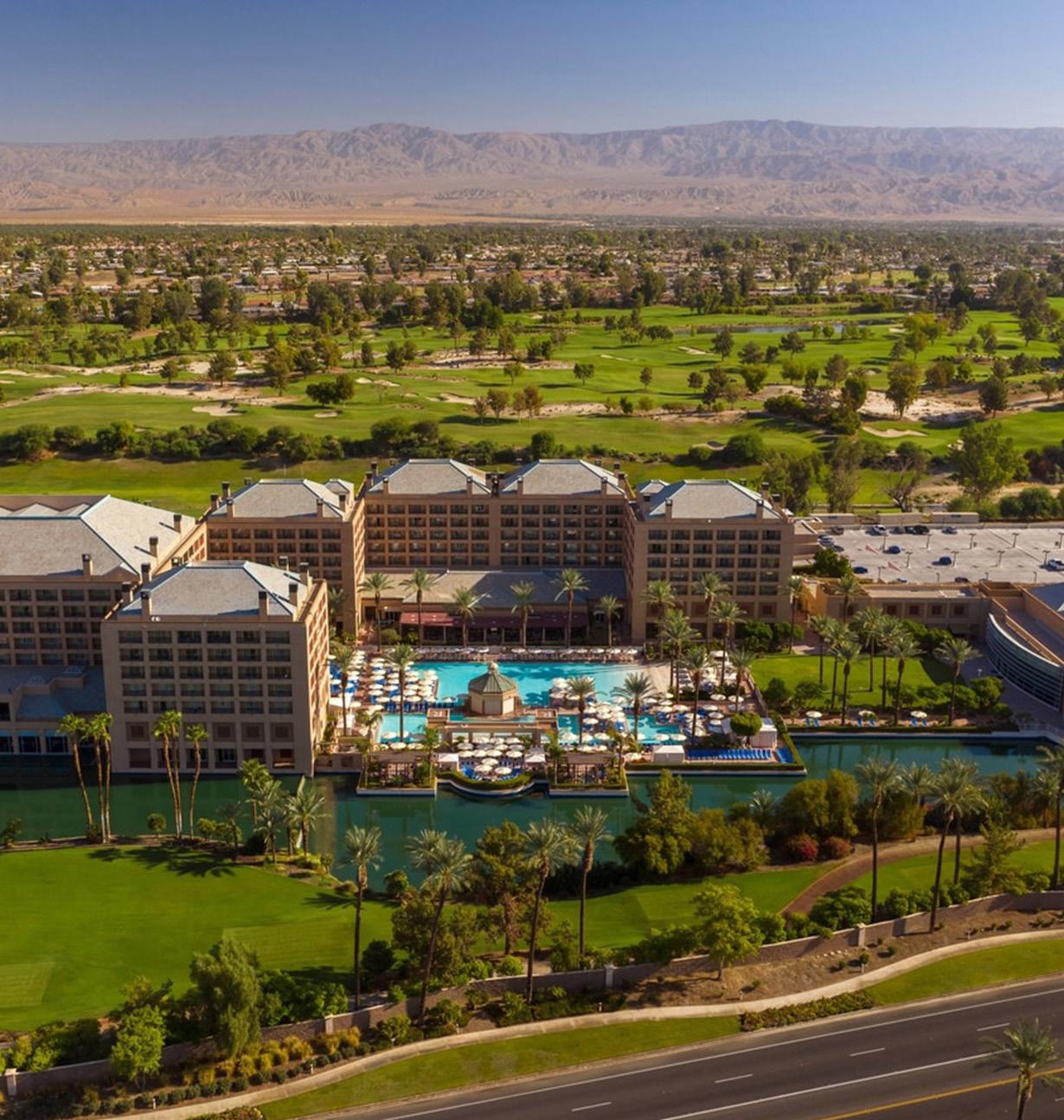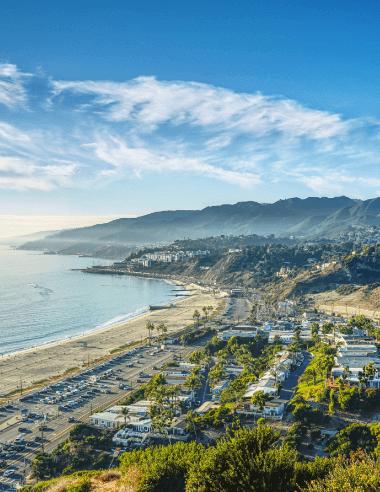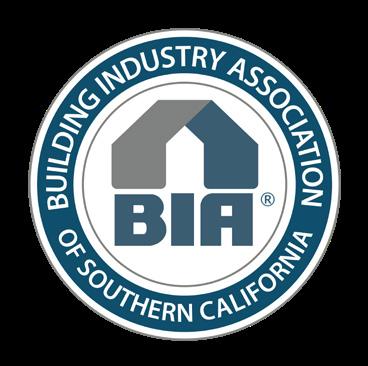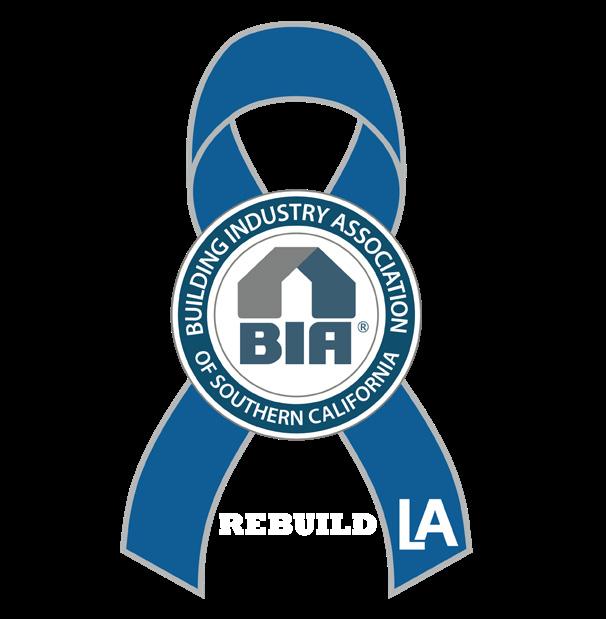

Southern California BUILDER
The Magazine of the Building Industry Association of Southern California
Edition THE ENERGY BUILDING
RESILIENCE, SUSTAINABILITY, RECOVERY
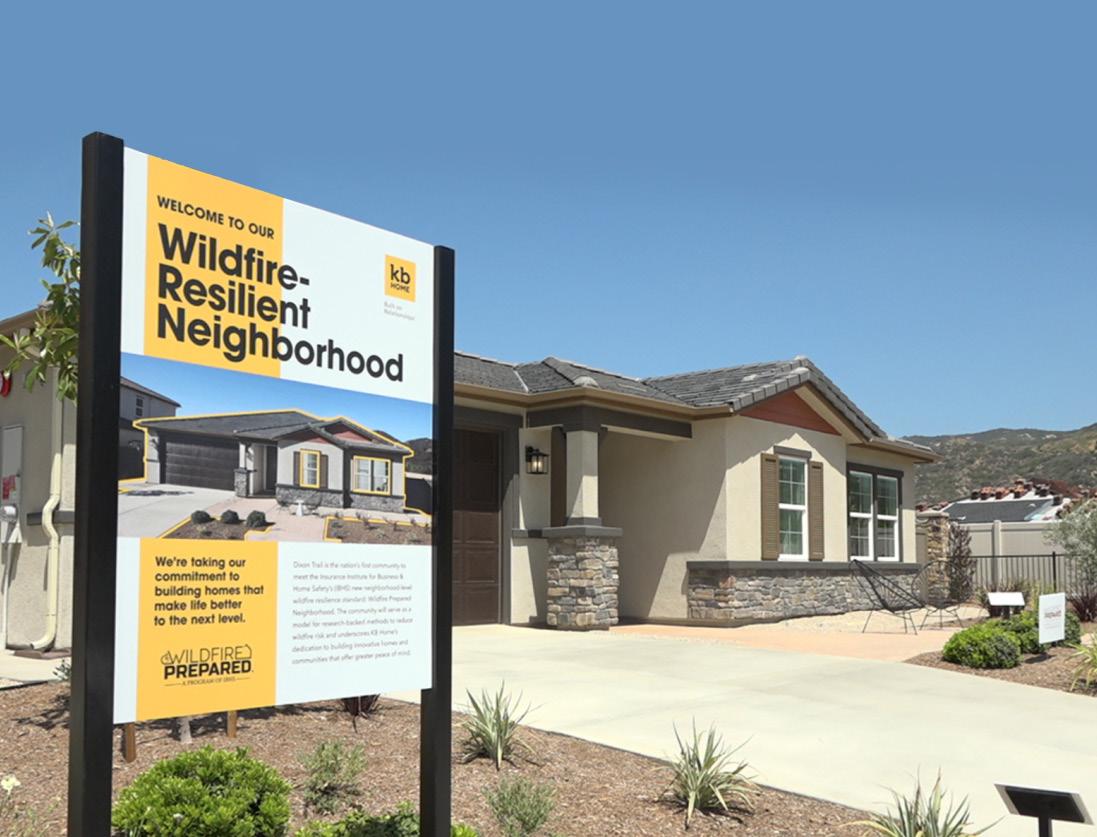
• Nation’s first fire-resistant project by KB Home – Interview with Steve Ruffner
• Sacramento/Insurance Crisis Update with Chris Kahn
• BIS 2025
• ReBuild LA Update
• Farewell to John Martin

SoCalGas and LADWP
Team Up for Efficiency Rebates
Energy and water are two vital elements that help a new house become a home. Using both resources efficiently and effectively to meet a family’s needs are important ways to help reduce greenhouse gas emissions and conserve scarce water supplies.
For several years, SoCalGas has offered the Energy Efficient New Homes (EENH) Program. This program provides energy efficiency rebates to builders of eligible new residential construction projects that are built to exceed the State of California Title 24 Energy Efficiency Standards and are equipped with qualifying natural gas appliances.

Now the Los Angeles Department of Water and Power (LADWP) has expanded the EENH Program in their service territory by adding rebates for water-efficient toilets, thermostatic shower valves, and Energy Starrated clothes washers when installed with corresponding qualified natural gas dryers and water heating equipment.
This means today’s builder can save money by providing new home buyers with more eco-responsive and costeffective appliances and fixtures.
For more information, visit socalgas.com/EENH.
What’s Inside
Southern California BUILDER
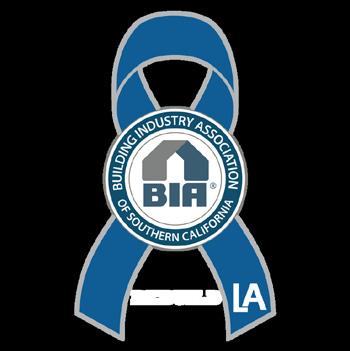


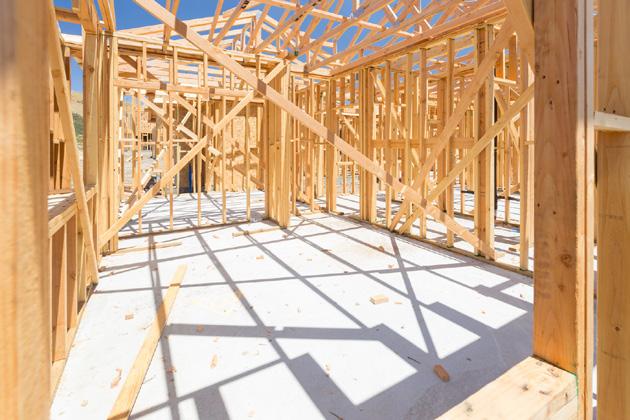


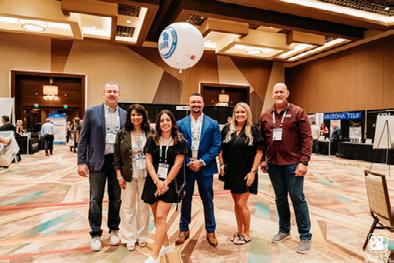
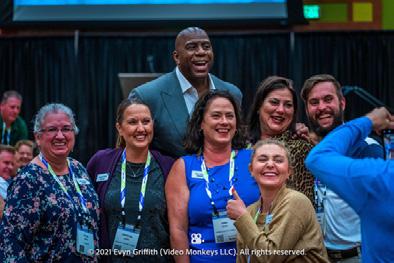
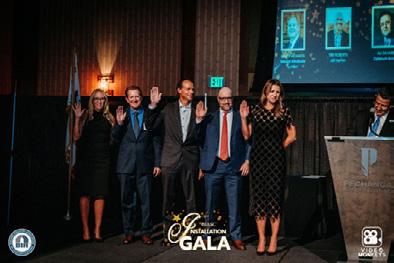
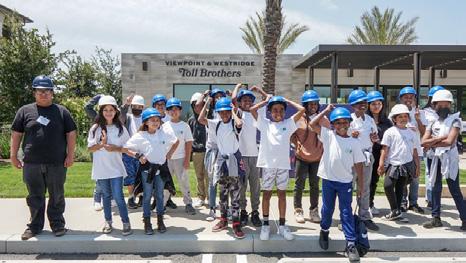
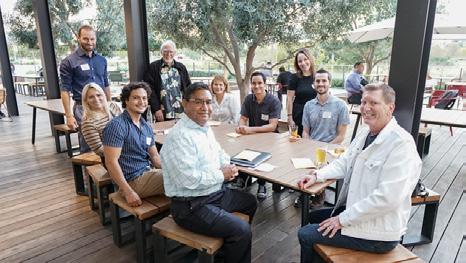
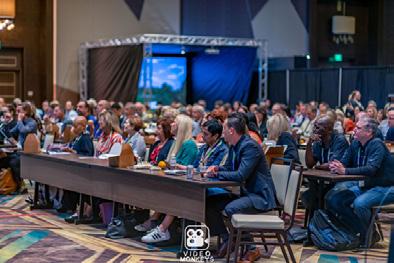

BIASC Chair & CEO Joint Message:
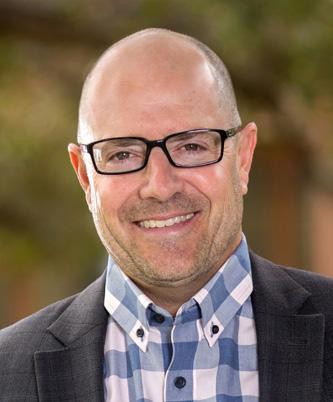
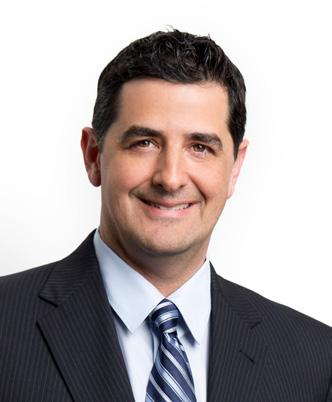
We’re proud to welcome you to this special Energy Edition of Southern California Builder, where we focus on the urgent and evolving challenges surrounding energy, resilience, and sustainability in the building industry.
In this issue, “Building Resilience, Sustainability, Recovery,” we explore the critical role our industry plays in preparing for and responding to natural disasters, especially as Southern California continues to face unprecedented wildfire events, grid reliability concerns, and weather related impacts. We bring you vital conversations with industry leaders on building fire-resilient communities, developing meaningful partnerships with our utility providers, and strengthening how we communicate and collaborate during times of crisis and recovery.
Equally important, we examine the need for thoughtful, comprehensive energy and environmental policies — and the importance of advocating for smart, balanced approaches at the local, state, and federal levels. Now, more than ever, our collective voice must be strong, united, and forward-looking. Of paramount importance, we must advocate that delivering housing must be one of the highest priorities for our government leaders!
Thank you for taking the time to read this issue and for your continued support of BIASC’s mission. Together, we’re building a more resilient and sustainable future for Southern California.
Sincerely,
Jeff Montejano CEO, Building Industry Association of Southern California
Mike Balsamo 2025 Chair, Building Industry Association of Southern California
Mike Balsamo BIASC Chair
Jeff Montejano BIASC Chief Executive Officer

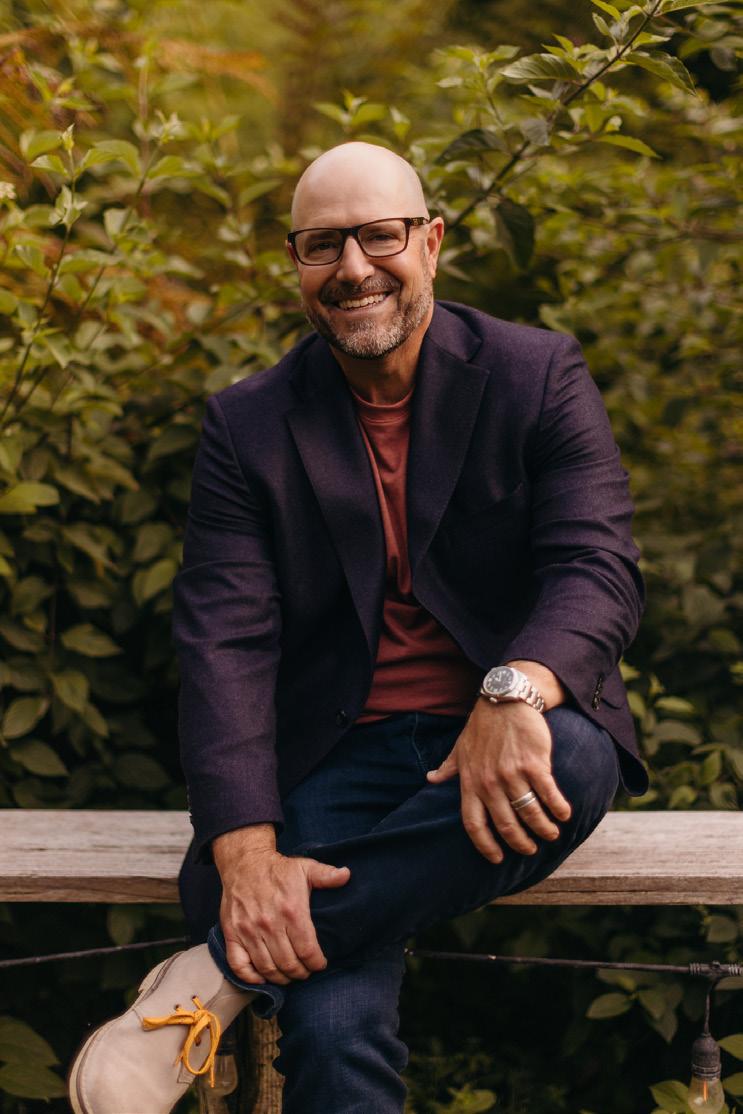

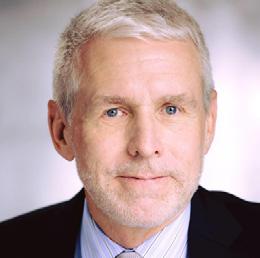
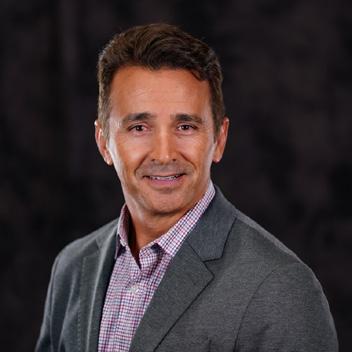
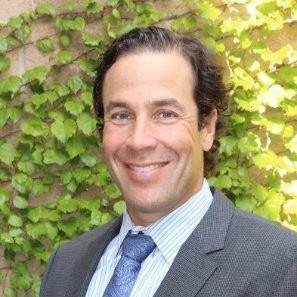
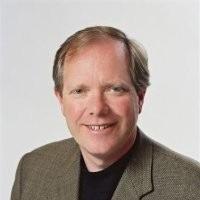
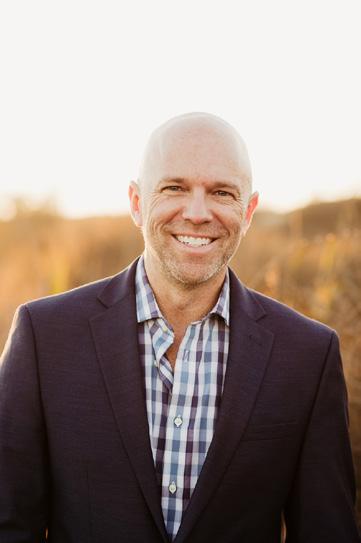
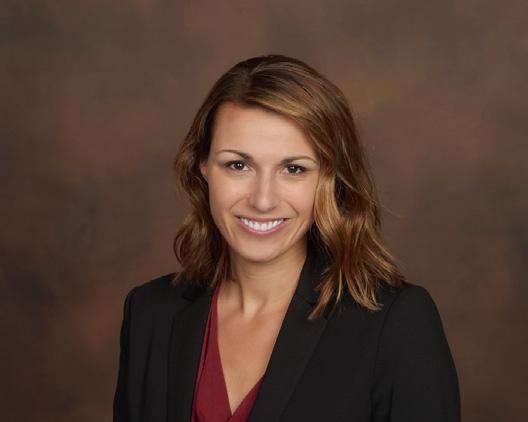


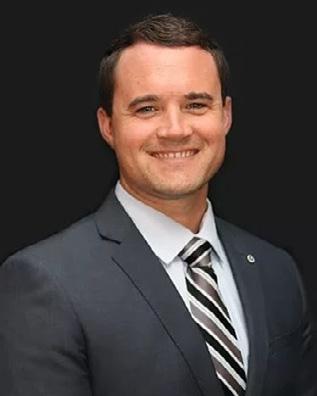
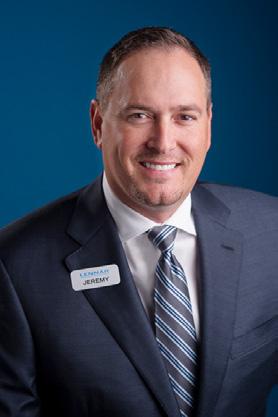
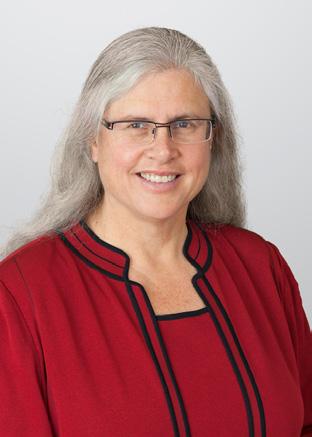
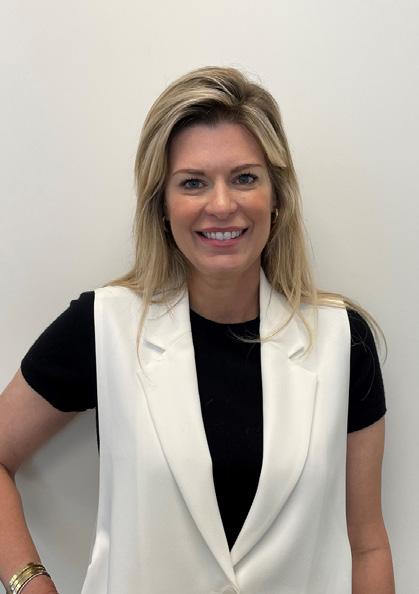
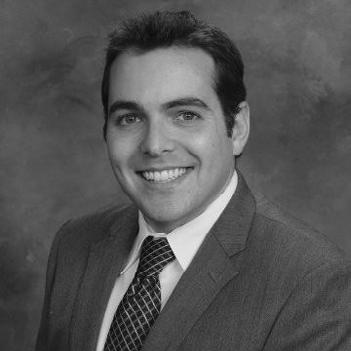
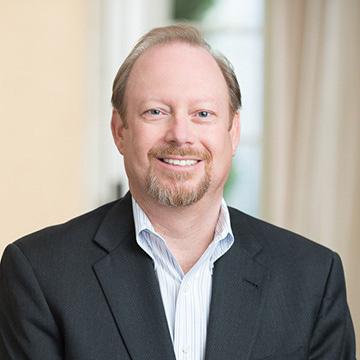
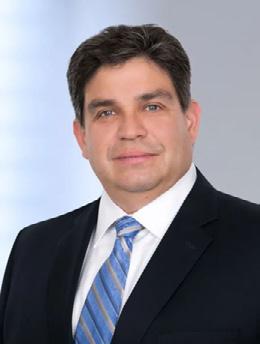
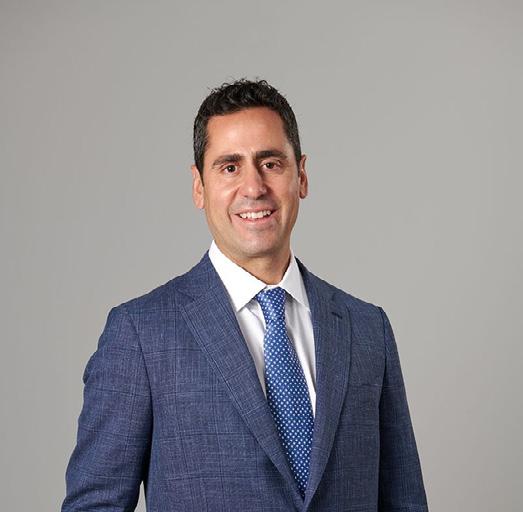
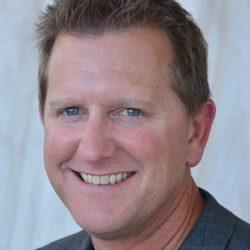

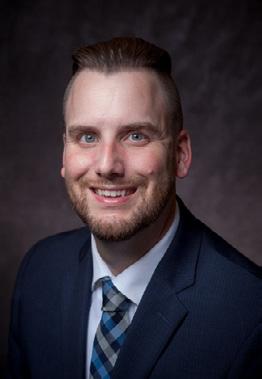


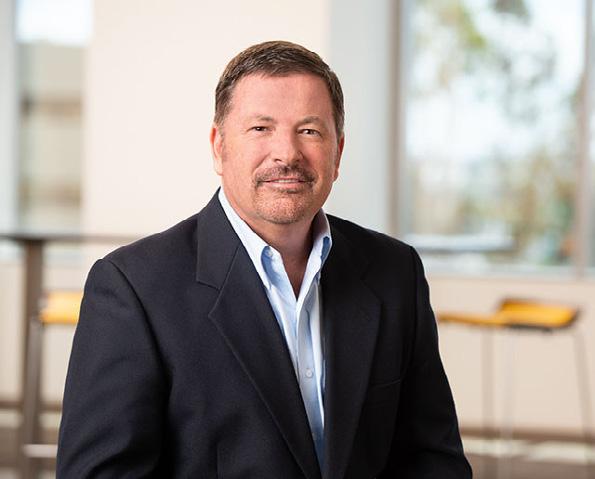

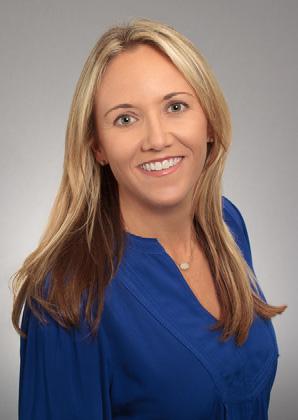
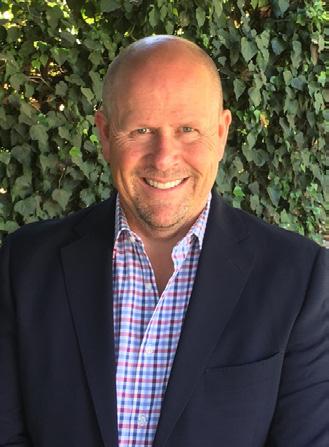
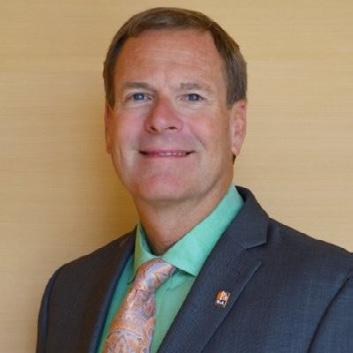
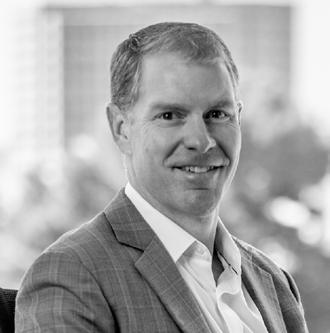
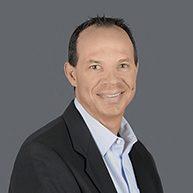
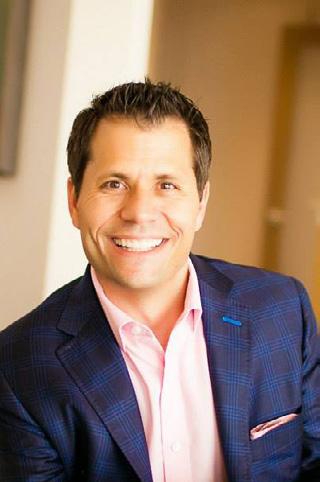
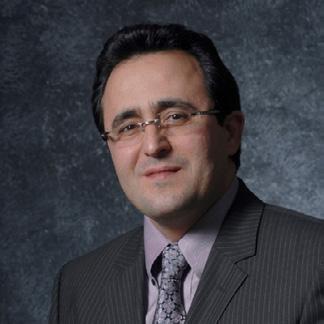
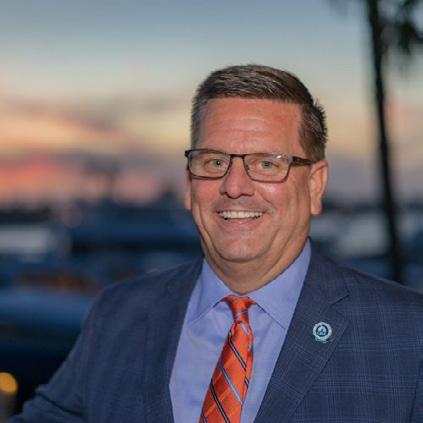

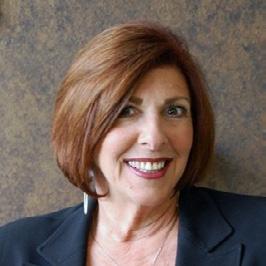
BIASC Letter from the Editor: Half-Way to Another Great Year of Converting Challenges to Opportunities
Every year, it seems like there are more challenges facing our homebuilding industry – but this is an industry fueled by optimism, so we see the opportunities as well. This month, as we near the half-way point of 2025, it looks like the long streak of years with ever more opportunities and ever more challenges will continue unbroken.
On the challenges side, there’s always Sacramento. But wait – there are opportunities coming out of the Capitol, too. This year, as our Sacramento lobbyist Chris Kahn explains in his legislative update in this issue of Southern California Builder, the combination of January’s devastating Los Angeles wildfires, a massive state deficit, and uncertainty regarding federal funding is making California’s budget negotiations difficult – but there are opportunities to be had.
For example, the long-running insurance crisis is a high priority for the state and BIA will be actively pushing for meaningful relief. It’s a formidable challenge that continues despite several years of legislative efforts, but there are solutions to be had and we are working closely with CBIA to push the good ideas and positively amend the not so good ones.
The huge clouds of smoke that accompanied the January LA wildfires also have a silver lining in the streamlining of many onerous approval processes and the introduction of legislation offering a variety of CEQA fixes. Efforts to help wildfire victims rebuild have opened the door wider than ever before for meaningfully addressing the regulatory environment that makes homebuilding so difficult, and housing so expensive, in California. After all, while our hearts definitely go out for the wildfire victims who are struggling through the rebuilding process, they also go out to every Californian that wants to own a home but can’t
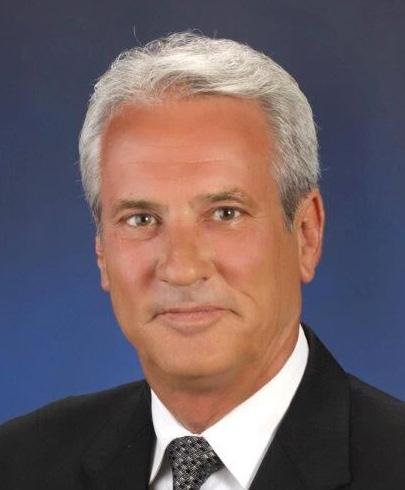
Craig Foster Chief Operating Officer/ Executive Vice President
afford to. They need emergency relief too, and we have been and always will be on their side!
Also on the wildfire recovery front, we can be proud of the efforts of so many of our members who have joined in our Rebuild LA efforts. Our volunteer Ambassadors are sharing their knowledge, helping fire victims and our leadership continues to work at the highest levels of the City and County of Los Angeles to promote ideas we’ve gained through years of experience regarding how the rebuilding process can be improved and expedited.
We are also leading the way in containing the damage caused by wildfires by embracing more fire resistant homes as a solution. In this issue, you’ll read about the most impressive example of this commitment to date – KB Home Coastal’ s Dixon Trail in Escondido, the first community in the entire nation that meets the highest fire-resistance standards, the Wildfire-Prepared Home Plus requirements of the Insurance Institute for Business & Home Safety.
Of course, as we continue our march through 2025, the parade of great BIA events is continuing in all our Chapters, with opportunities galore for you to network, learn, build your business, and have fun. The Big Daddy of BIASC events, the 2025 Building Industry Show in Indian Wells, is just around the corner, kicking off on September 11. This year’s full BIS program of panels, forums and exhibitors is already breaking attendance records. You do not want to miss this one!
As always, I urge you to spend some time with this issue of Southern California Builder. All of us who work on it have pitched in to make sure it is full of information that will advance your career, build your business, and improve the quality of your BIA experience.
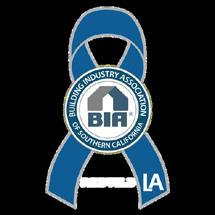
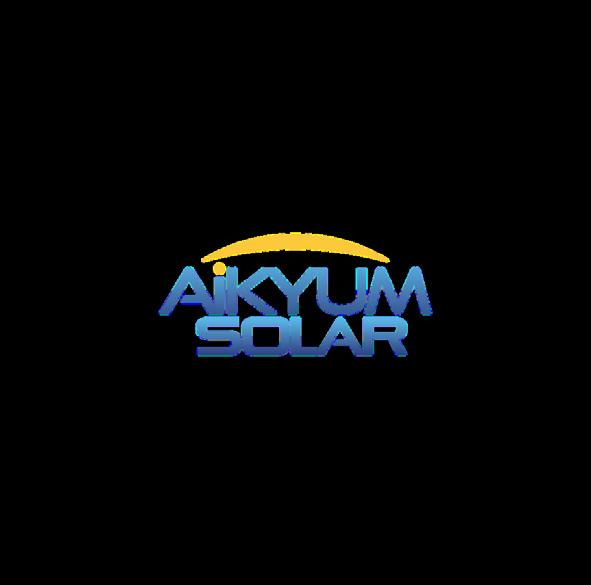
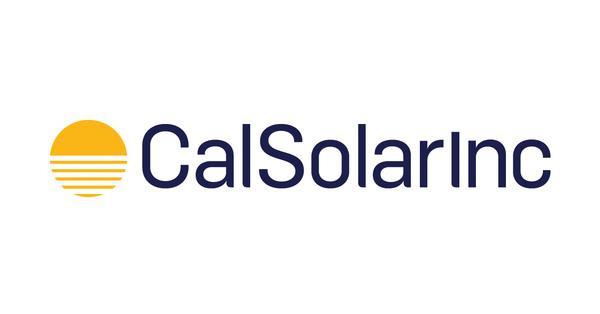

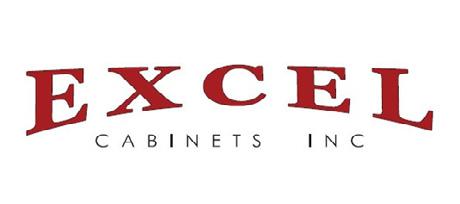



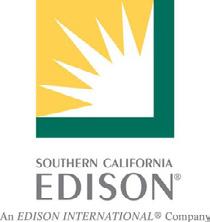

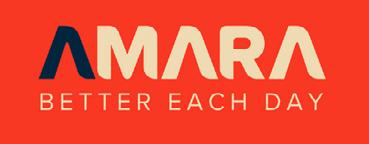

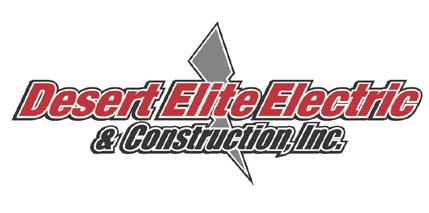
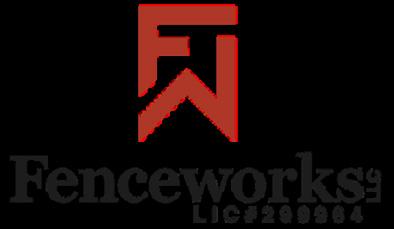
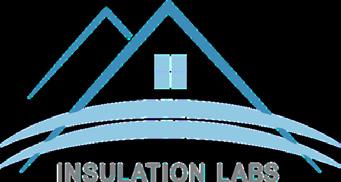
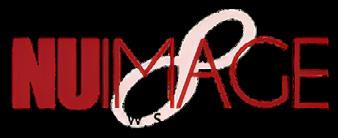
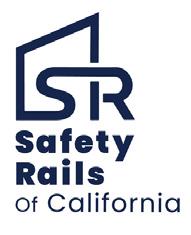


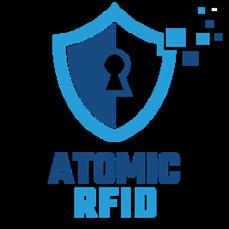
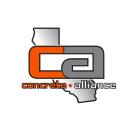

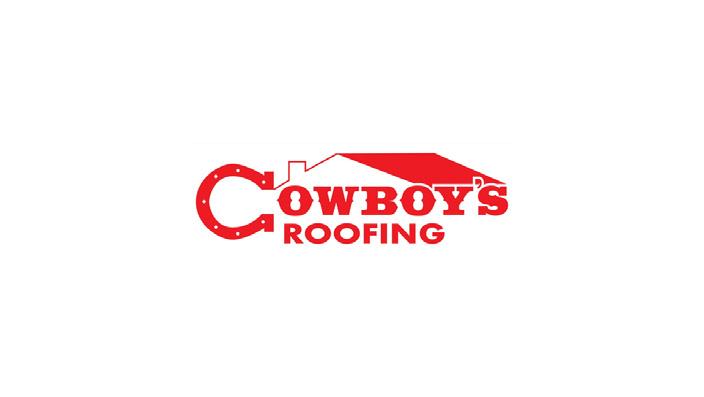

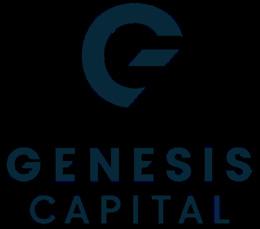



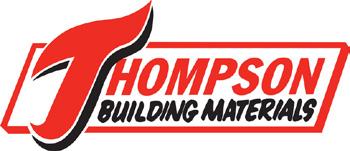
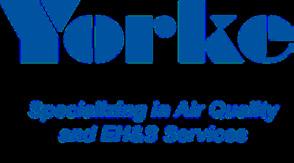
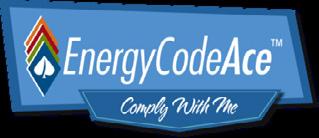


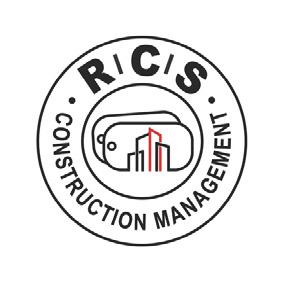
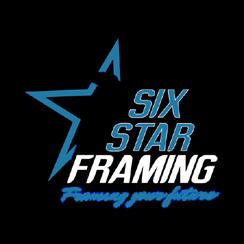
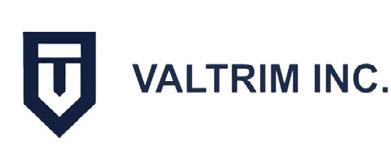
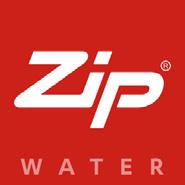
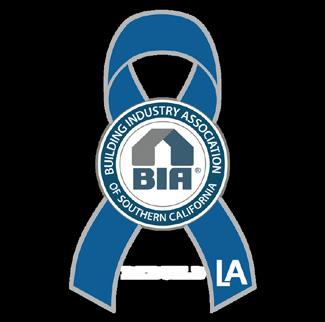



























ENVIRONMENTAL ANALYSIS






BIOLOGICAL RESOURCES
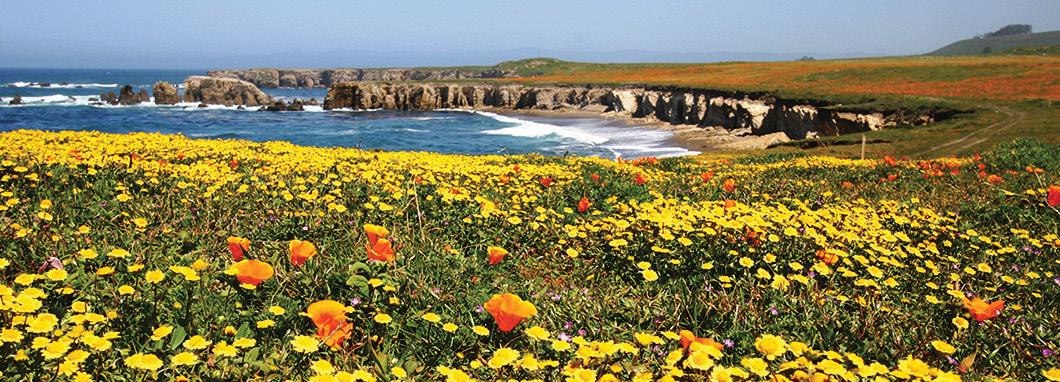
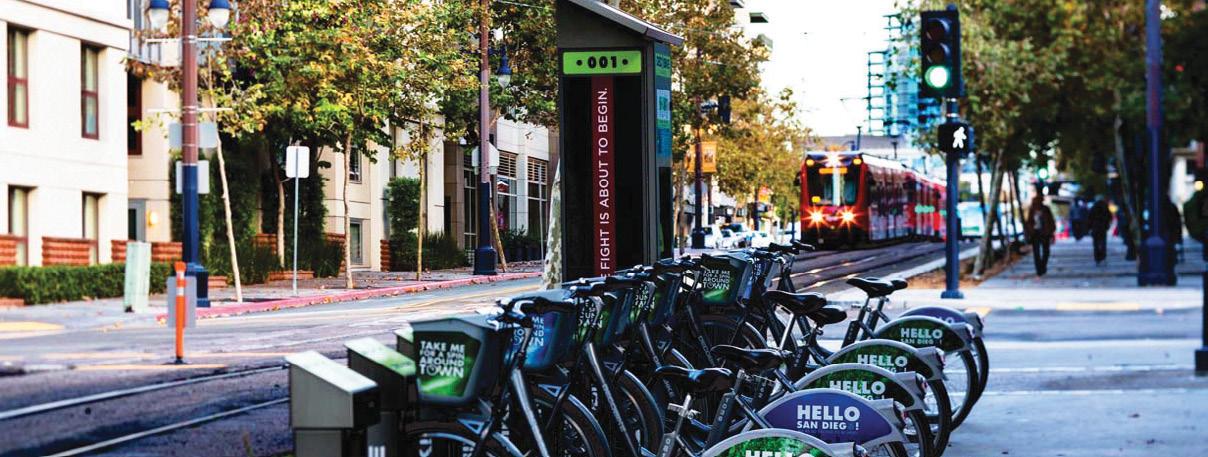
TRANSPORTATION


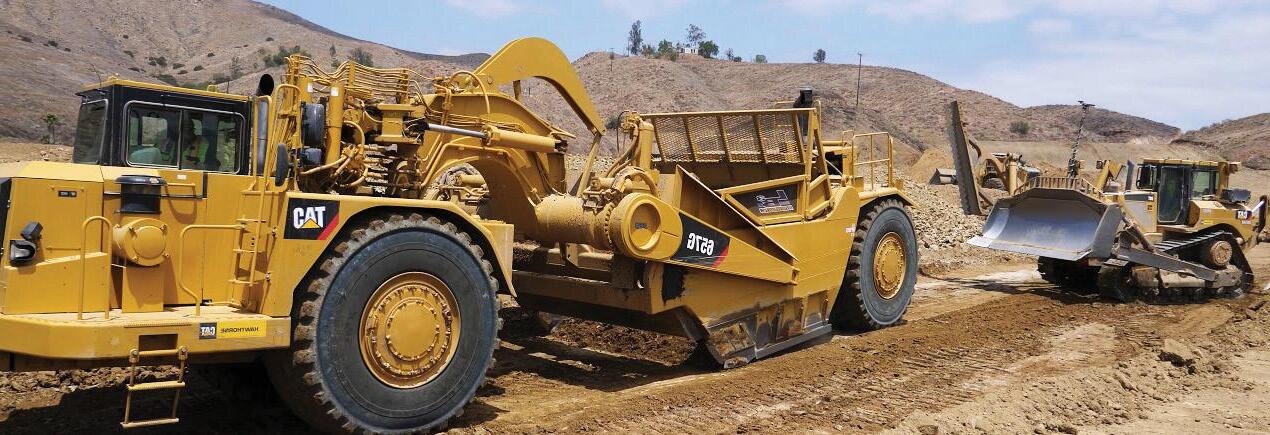

LAND USE RESOURCE MANAGEMENT
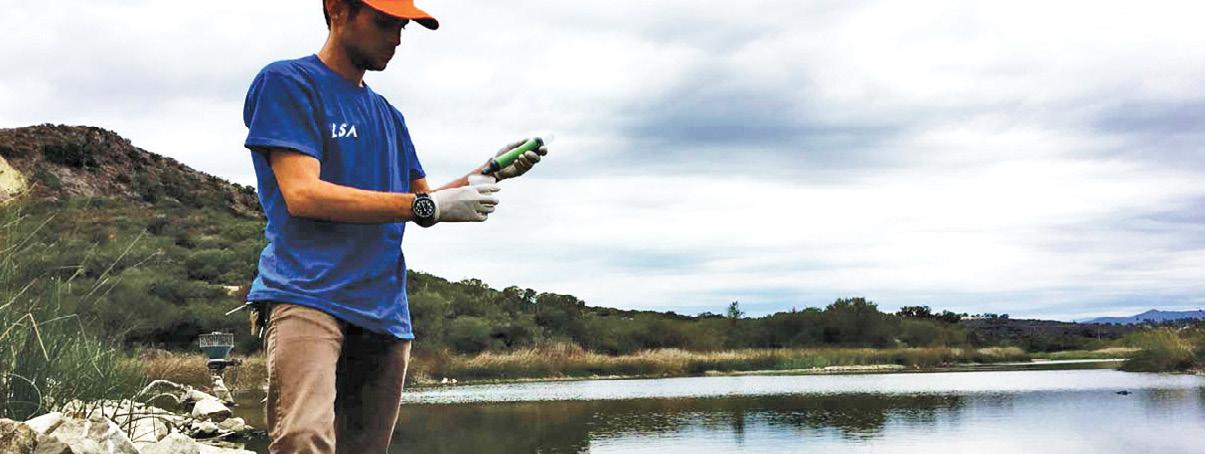
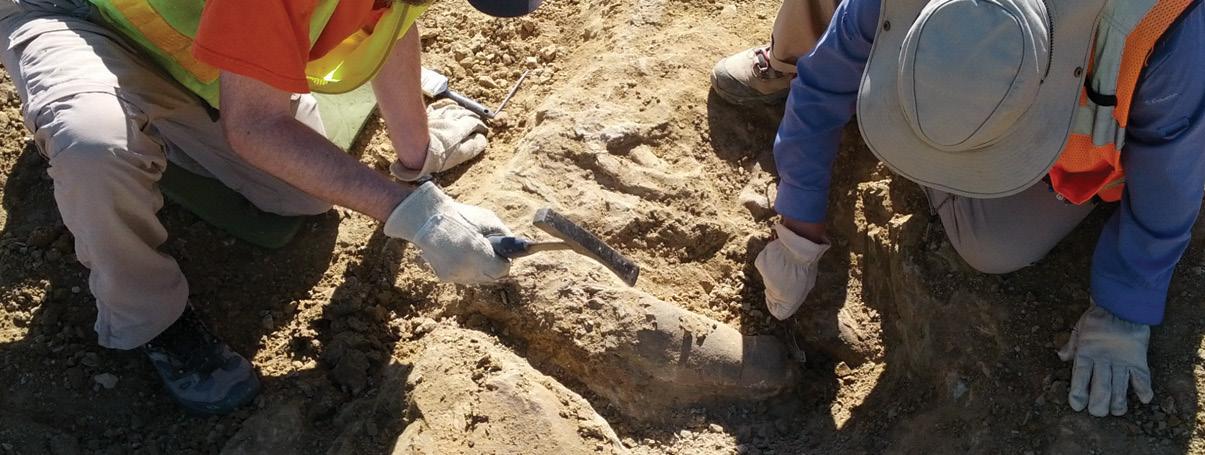
PALEONTOLOGICAL RESOURCES
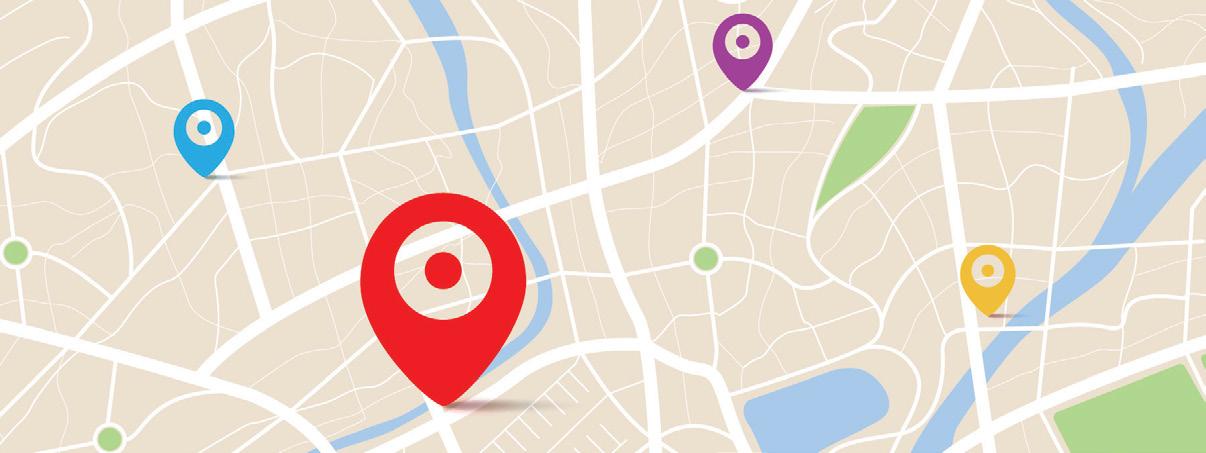
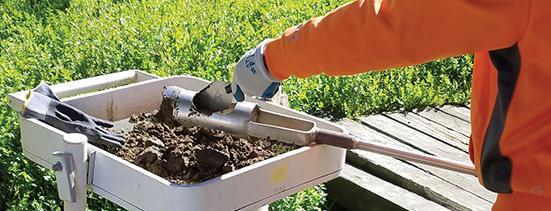
CULTURAL RESOURCES
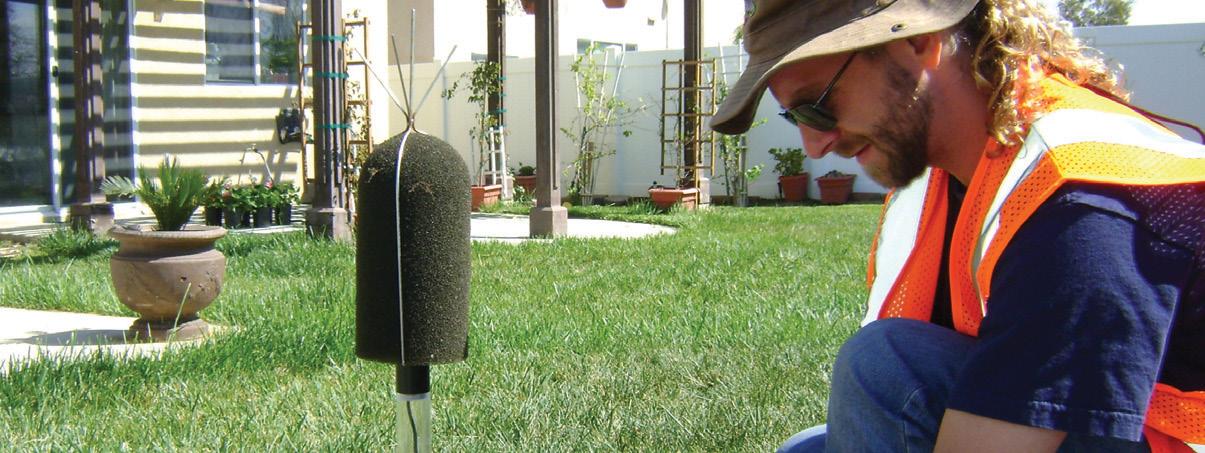



ENERGY
BUILDING RESILIENCE, SUSTAINABILITY, RECOVERY
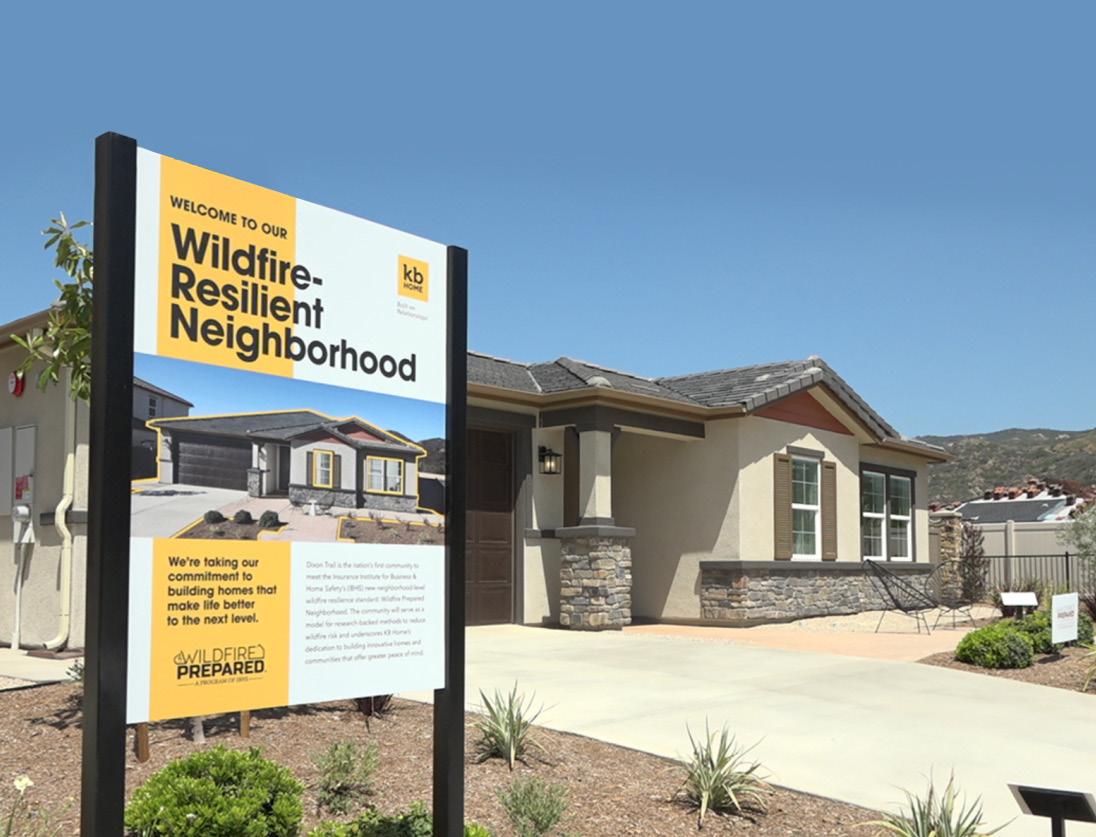


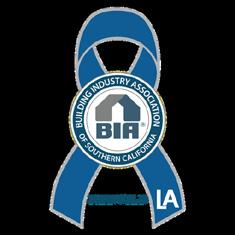



Housing News: A First-of-its-Kind Neighborhood in California Fights Fire by Just Existing
Insurers say a neighborhood like the one built in Southern California protects residents from fire — and perhaps other close by properties as well.
In June, Steve Ruffner watched a demonstration where two sheds were set on fire. As a result of what he saw, people 30 miles north of San Diego are now moving into homes far less likely to burn in a wildfire.
“I was shocked,” said Ruffner, who is president of KB Home Coastal, a large U.S. home builder.
The company had already broken ground on a 64-home development in the city of Escondido.
After a rapid redesign – and with the city’s enthusiastic blessing – it was built as the nation’s first fire resilient community, a distinction touted by KB Home Coastal and confirmed by insurance groups. The first residents have already moved in.
Insurers say a neighborhood like the one built in Southern California protects residents from fire – and perhaps other close by properties as well.
That’s because having a whole community that resists fire could act like a fire break, giving neighboring communities a buffer from wildfire. What Ruffner saw in June was the power of small and relatively inexpensive changes to standard building practices that can significantly protect homes from wildfires.
The demonstration sheds had been built side-by-side, one to the building code from 1980s, the other to California’s Wildfire Building Code, which mandates fire-resistant construction methods and materials.
While officials, contractors and builders watched, fires were lit in the wood chips in the flower beds in front of the sheds, then large fans were turned on to mimic conditions during the hot, windy weather of a Red Flag fire event. “The one built to the 1980s code burned down in 45 minutes,” said Ruffner. “The other one didn’t burn at all.”
Knowing the development was in an area at high wildfire risk, Ruffner went back to his architects and designers and asked “How fast can we pivot?” Their goal was to incorporate the highest wildfire resilience standards developed by the Insurance Institute for Business & Home Safety (IBHS), a nonprofit, scientific research and communications organization supported by property insurers.
Designers tweaked plans and materials and changed landscaping to add features that protect against the biggest fire dangers – flying embers, flames and radiant heat. These included: Covered gutters to keep embers out. Enclosed eaves so embers can’t be sucked into attics. Stucco and fiber cement siding that can’t burn. Tempered-glass windows that don’t shatter in heat. Patios, doors and roofing that can’t burn. Metal fencing so fire can’t follow fence lines to a house. At least 5 feet of low-combustible, defensive space around all the homes.
None of these measures is hugely expensive or difficult but together they help create houses much less likely to burn if a wildfire threatens the area.
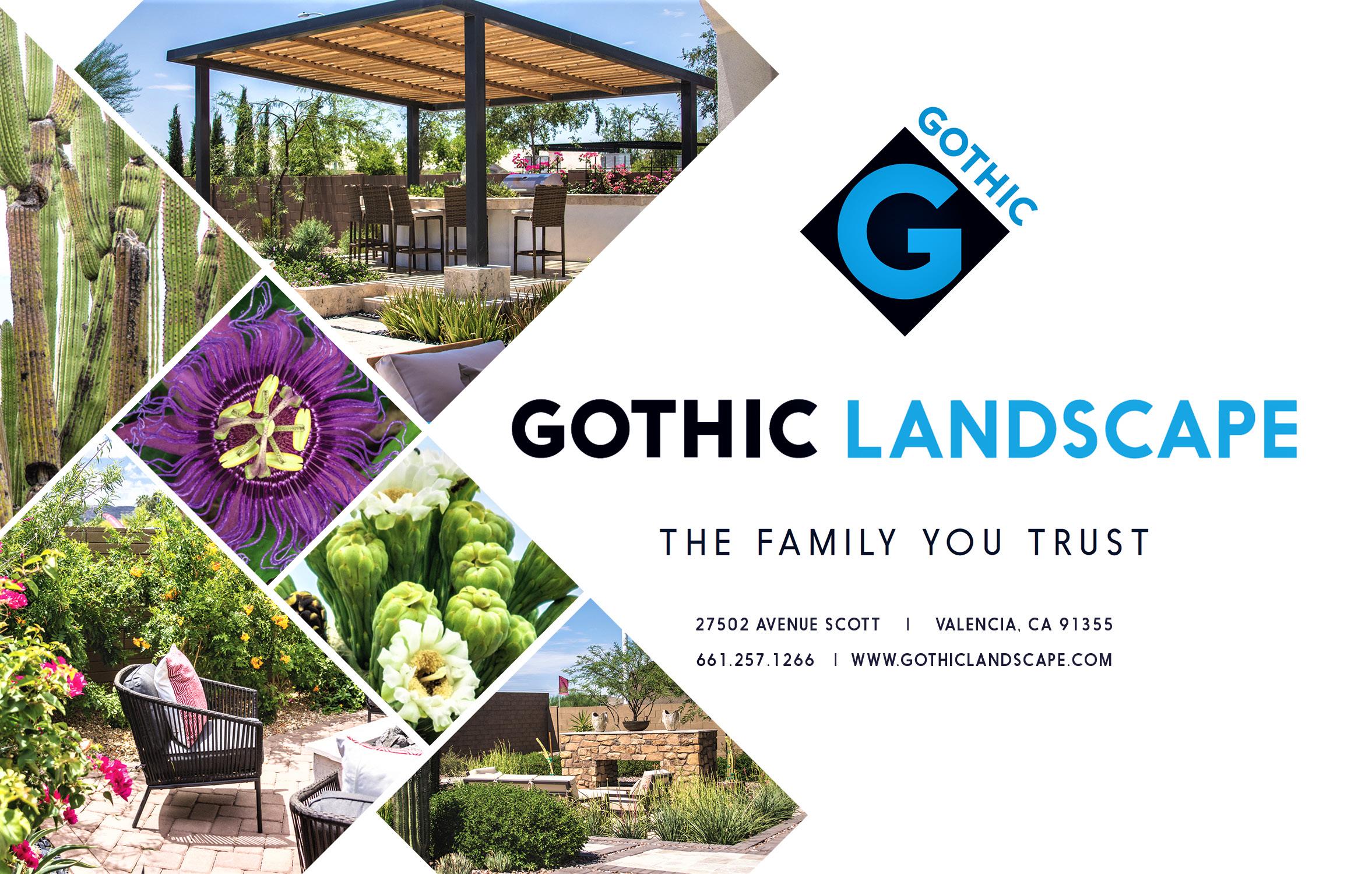

A force multiplier for fire safety
The homes in the Dixon Trails development conform to IBHS’s Wildfire-Prepared Home Plus designation, its most stringent standard. Once inspected they can be certified, potentially lowering insurance costs.
Such standards are not new though they have evolved significantly over the years. Homes in California, Arizona and across the country began adding fire safe features to make existing and newly built homes more fire resistant in early 1990s. Experience, testing and inspection of homes that survive major wildfires has helped standards become more effective. A home built to the highest fire standards stands a good chance of surviving fires that others don’t.
“If there’s a fire in the foothills behind a neighborhood, embers may fly in and land, but they’re going to fizzle out because there’s nothing to ignite,” said Roy Wright, CEO of the Insurance Institute for Business & Home Safety. During the 2022 Oak Fire in Mariposa County, California, homes that were compliant with defensible space standards were six times more likely to survive, according to the California Wildfire & Forest Resilience Task Force. What is new in Escondido is than an entire neighborhood has been built to these standards, adding a significant layer of survivability. Fires are different from hurricanes and tornadoes, said Karen Collins, vice president for Property & Environmental with the American Property Casualty Insurance Association. A reinforced roof or impact-resistant storm shutters offer good protection for the homeowner – what their neighbors do isn’t really important. “When you hurricane-harden your home, you do you and you’re done,” she said. Fire does not respect property lines and jumps from house to house. What happens on your neighbor’s property can matter a lot to what happens on yours. “If your house is perfect, but your neighbor’s is a trash heap, all that fire is going to come your way,” Wright said. That’s the power of a wildfire prepared neighborhood, he said. “It literally acts as a passive fire break just by the way its constructed and developed,” he said. Not only are the homes in the development protected from fire leapfrogging from lot to lot, but other neighborhoods nearby are safer too. “Depending on which way the winds are blowing, this neighborhood could likely shelter an older neighborhood that’s adjacent to it,” Wright said.
Insurance savings for fire-safe homes
As millions of homeowners have learned, America is in the midst of an insurance crisis as climate change effects
intensify potential property damage from wildfires, hurricanes, tornadoes and flooding and insurers scramble to price rising risk. Between 2000 and about 2013, insurance costs made up 7% to 8% of the typical mortgage payment. Starting around 2013, premiums surged.
As of 2022, insurance costs made up more than 20% of the typical mortgage payment, according to data from analytics provider First Street.
Hardening a home, or a neighborhood, against wildfire and having it certified as such can lower costs and make it more likely insurance won’t be dropped. “These certifications are recognized widely by insurers nationally and improve insurability,” said Janet Ruiz with the Insurance Information Institute. “There are many companies that offer discounts to homeowners who have these certifications. The range varies by company, often 5 to 20%,” she said. It can also raise a home’s value. An Alabama study found that homes whose roofs are fortified against hurricane damage sold on average for 7% higher, Collins said.
A growing need nationwide
The need for such homes isn’t confined to California. With the climate warming and drying, the threat is everywhere. Recently, fires have burned in the Carolinas, Texas, Oklahoma and Florida. Because the changes aren’t really that major, the cost isn’t much higher than regular construction. A study done in 2022 estimated the cost to construct a wildfire resistant new home was about $3,000 more than a regular home.
“If someone wants to build a concrete and steel bunker and spend $5 million doing it I’m not going to tell them they’re wrong,” Wright said.
“But what this demonstrates is that there are normal ways to build, with small modifications, that provide significant wildfire protection. We can start thinking of this as normal.”
He also emphasized that such building isn’t necessary everywhere, only in wildfire-prone areas. “This is not appropriate in downtown Long Beach,” said Wright. “If you are far away from an area at high risk for wildfire, none of this is needed.”
Source: https://www.usatoday.com/story/news/ nation/2025/04/01/nations-first-fire-resilient-communitycalifornia/82743922007/

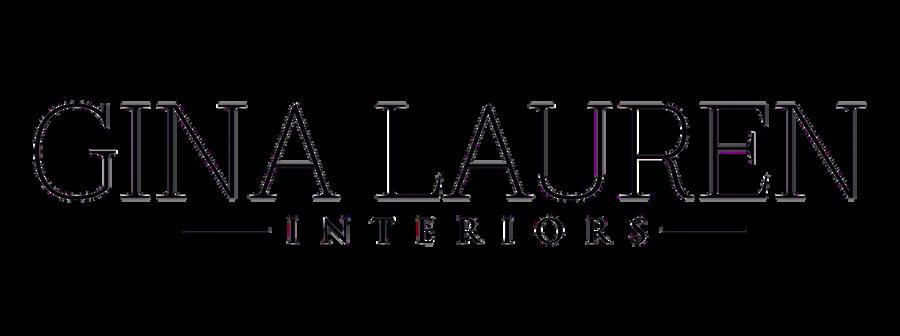
TIMELESS & DISTINCTIVE INTERIORS
clean lines, modern & timeless appeal heirloom quality furnishings, interiors with heart and soul
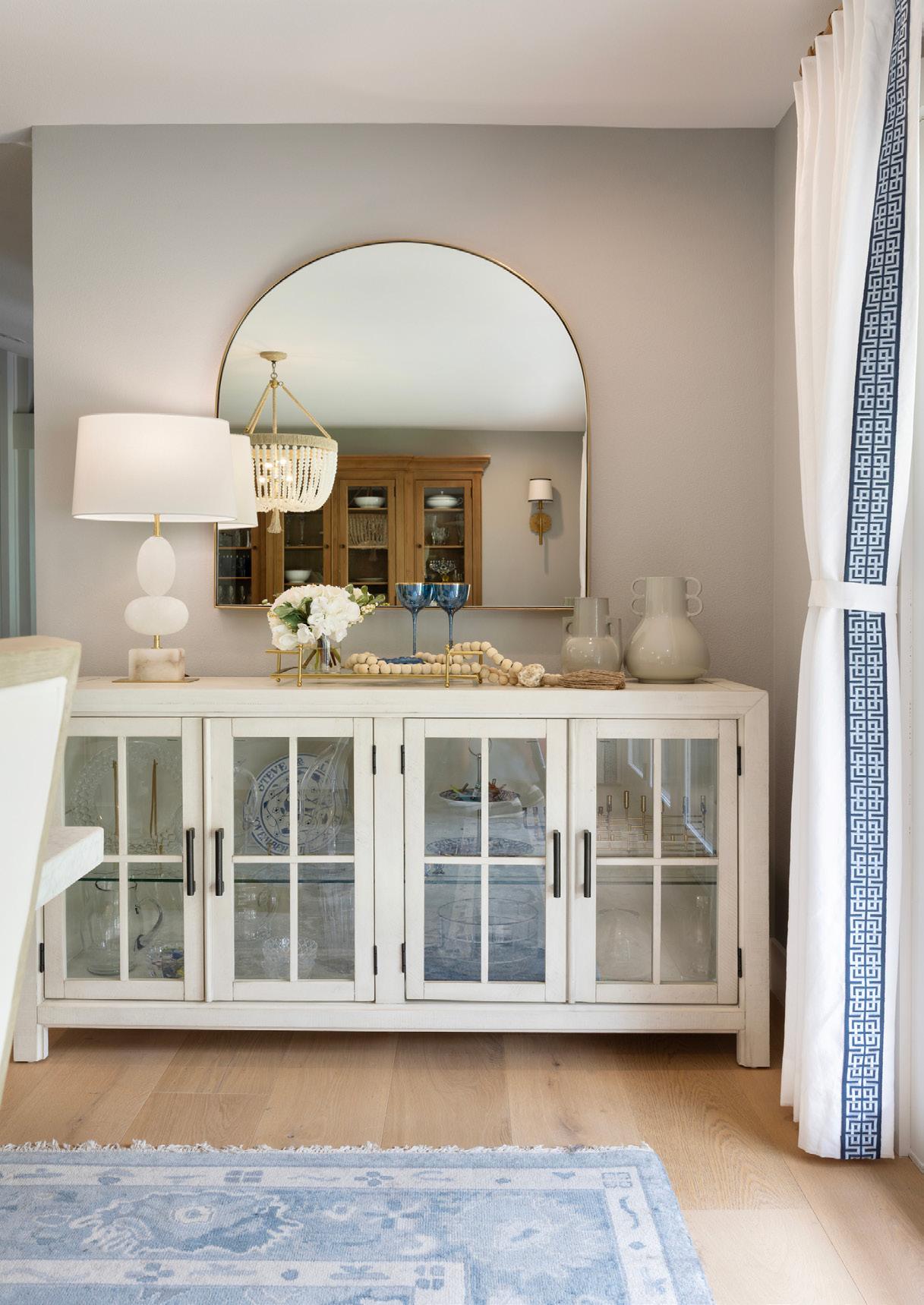
Building Value with Coyote
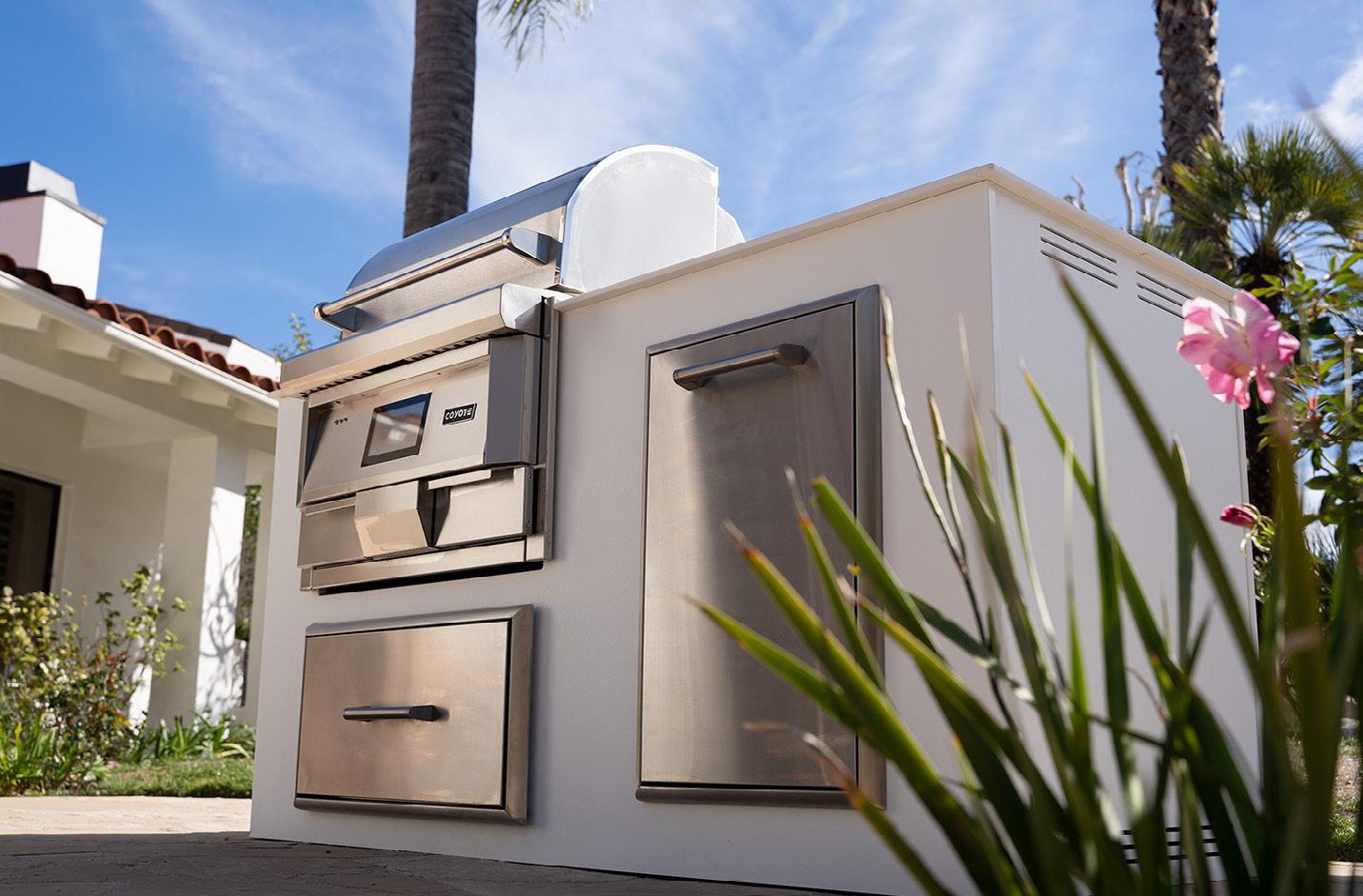
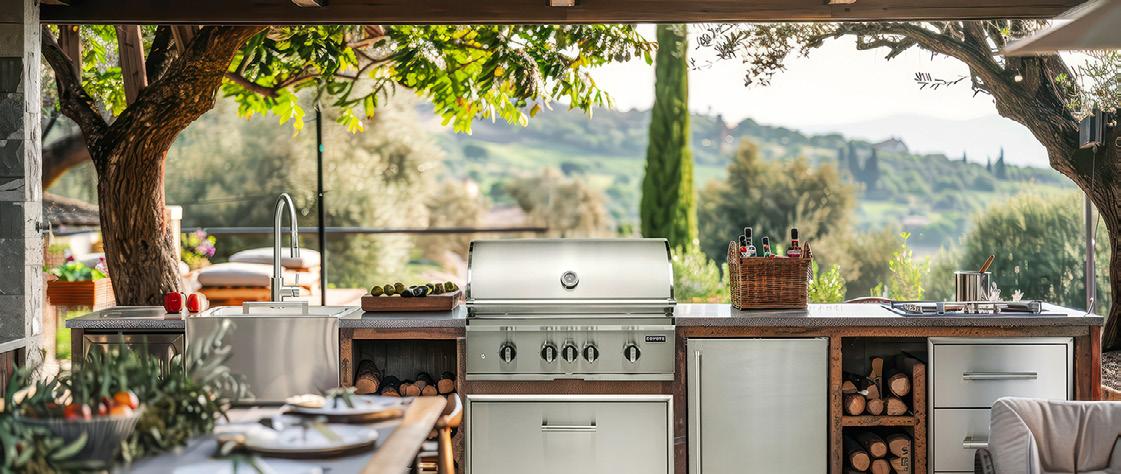
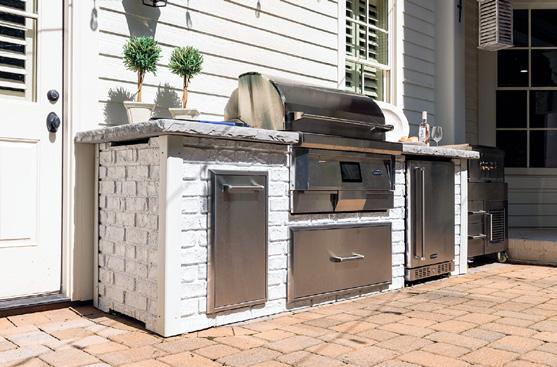

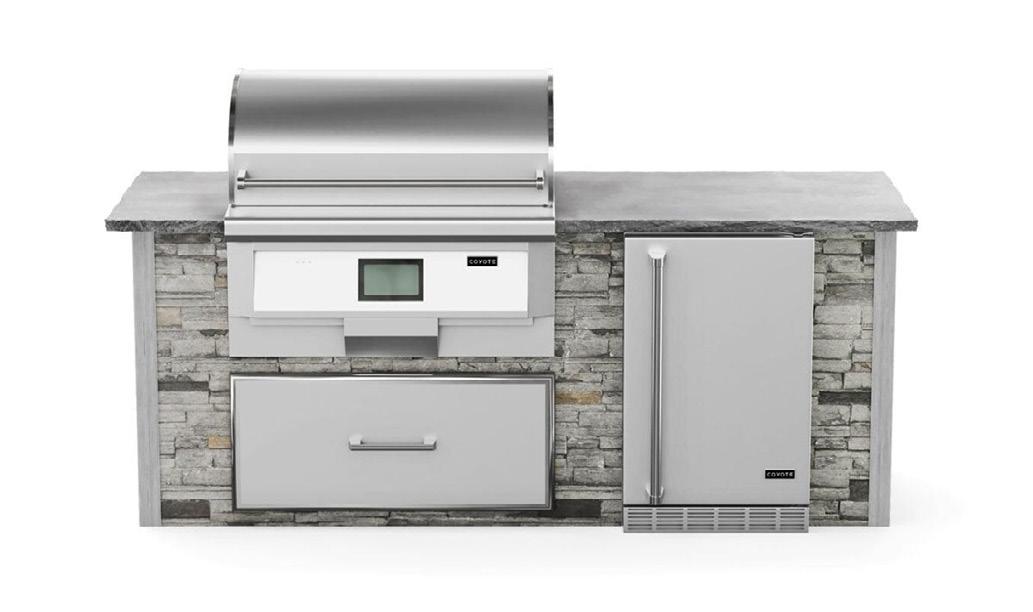

Interview with Steve Ruffner: Dixon Trail in Escondido The Incredible Experience of Building America’s First “Wildfire-Prepared Home
Plus”
Community
Supported by Firefighters
Earlier this month, California’s State Fire Marshal and county and city fire chiefs from multiple jurisdictions around the state attended the Pacific Coast Builders Conference. They weren’t there to see the latest in bathroom fixtures or roof trusses for new homes.
The firefighters were among more than 200 people who watched a demonstration put together by the Insurance Institute for Business & Home Safety (IBHS) on the fire resiliency capabilities of homes built to IBHS’s WildfirePrepared Home Plus standards. Along with the rest of the crowd, they watched as wood chips around two sheds were ignited, simulating how wind-blown embers from a wildfire might start a home fire. The conventionally built shed quickly became a torch, while the shed built to Wildfire-Prepared Home Plus standards didn’t burn at all.
“The state fire marshal was very complimentary and said that this is exactly what his team wants people to do. A lot of first responders attended the demonstration and the presentations we gave at PCBC, so I was really pleased that so many people attended and were so interested in what they were shown,” Steve Ruffner, President of KB Home Coastal, said afterwards.
This wasn’t the first time Ruffner had seen the demonstration with the two sheds.
“I saw the same demonstration a year ago when Jacob Atalla, who heads KB Home’s sustainability and innovation team, recommended I go watch it,” Ruffner recalled. “So, I went and now I think this is how we should build homes in high fire zones. I was so impressed that I asked the IBHS group if they’d ever had an entire community built to those standards. When they said no,
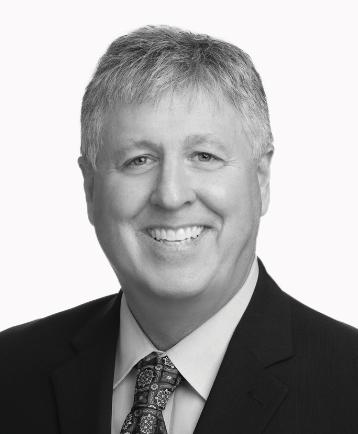
Steve Ruffner
I said, ‘Well, I’d like to be the first, and I’d like to do it on our new Dixon Trails community is Escondido.’”
“They said, ‘OK, when are you going to start building Dixon Trail?’ and I said, ‘Well, we started it six months ago.’ The decision-making process for me wasn’t a long one – that’s how impressive the demonstration was. We just jumped on it and got it done.”
Dixon Trail, a community of 64 homes in Escondido, is in a high fire zone, so it was being built to the standards of Chapter 7A of the 2010 state fire code, which already ensures that new homes will have a significant amount of resistance to wildfire. To comply with the IBHS Wildfire-Prepared Home Plus designation, however, KB Home would have to build Dixon Trail’s homes (including the ones that were already under construction) with additional protections like metal fencing, double-paned windows with both panes made of tempered glass, closed-box soffits made of either cement-based siding or stucco, fire-rated venting, and a fireproof underlayment for a Class A roof.
Anyone with experience building in California would think that changing the specifications of a new home development after it has been approved and construction has started would be an invitation to hassles, headaches, and delays as the local planning department tried to deal with the situation. That wasn’t the case here.
“Making the change was a team effort, and Sean McGlynn, the City Manager of Escondido was definitely on board,” Ruffner explained. “Sean had been the City Manager of Santa Rosa when a wildfire up there burned over 5,600 homes, half of them in his city, so when I
KB Home
called him and told him about the changes we wanted to make, he was all in. He told me, ‘We’ll get it done,’ and set up weekly meetings to make sure Dixon Trails construction proceeded smoothly. It was great.”
Following up on the city’s interest, Ruffner and IBHS have invited planners and others from several municipalities in San Diego County to a meeting later this month, where the IBHS standards will be explained and their benefits will be explained in detail.
“We want them to understand the benefits, and also how they’re going to have to compromise on some of their design guidelines and some other requirements where change is needed in order for us to conform with the IBHS guidelines,” Ruffner said.
Dixon Trail and other new developments could also contribute to an easing of the insurance crisis in the state. After all, the IBHS is funded by the insurance industry, so its Wildfire Prepared Home Plus guidelines should have a high degree of validity with the companies that write home insurance policies.
“I have been touring representatives from various insurance companies through Dixon Trail and they’re really pleased with what they see. In fact, even though our buyers have purchased a new home is in a high fire zone, they are getting policies from insurers and have not had to resort to the FAIR Plan insurance, which represents a substantial reduction in insurance costs for them,” Ruffner said. “If more builders start doing what we’re doing, we could see more carriers coming back into the California market.”
He added that the lobbying team at the California Building Industry Association has seen the IBHS shed-burning demonstration and is familiar with Dixon Trail, and will be using what they’ve learned to educate legislators in order to discourage new laws that would limit new home construction in wildfire-prone areas.
The IBHS guidelines grew out of extensive testing the organization conducted at its headquarters in North Carolina. They tested to evaluate all the different code checkmarks and found some that met their approval, and some that did little to protect homes in actual wildfire conditions. They also discovered gaps in the code
checkmarks that could be addressed by adopting the IBHS standards.
“Those tests were interesting. For example, they tested the expensive treated heavy timber wood fencing we’re required to use and found that the fire-resistant chemicals break down, leaving it flammable,” Ruffner said. “It was my wanting to get rid of that wood fencing and switching to metal that caused me to start talking with Shawn at Escondido about whether they would approve us shifting our fencing from treated wood to metal. That started the entire dialog.”
In KB Homes’ Coastal and Inland Empire divisions, the conversion to the new standards is well underway, with both divisions applying them to new projects in high fire areas, and in wind corridor areas where embers from more distant wildfires can settle. Ruffner pointed out that it’s not just California builders that should be considering changing to the IBHS guidelines, and he’s right. While the IBHS estimates that there are 4.8 million homes in the U.S. that are at high or extreme risk of wildfire, and only 2 million of them are in California. The Carolinas, Florida, and Texas are among the other states that have experienced devastating wildfires in recent years.
Ruffner cautioned that because of windborne embers, a project’s location on the state fire maps shouldn’t be the only consideration when evaluating the Wildfire-Prepared Home Plus building standards.
“The IBHS tests showed that embers can still ignite a fire after travelling up to four miles from a wildfire, and they have evidence from Australia of embers traveling up to six miles. So, even if you’re not in a high risk zone on the map, you should consider features like ember-resistant vents if you’re close to a wind corridor,” Ruffner said.
“In the Palisades fire, they found that a lot of the burned homes had been retrofitted with Class A roofs before the fire, but the vents weren’t replaced, and the houses burned when embers carried by the extreme wind got into their attics.”
The Dixon Trail experience showed that the materials needed to comply with the IBHS standards should be readily available, even if the new guidelines become widely adopted by the industry.
“From all I’ve heard, supply isn’t going to be a problem,” Ruffner said. “For example, we were blessed that our fencing company was already experimenting with metal and had what we needed in stock. They were even able to supply fencing with 30% recycled metal to assist us with our carbon footprint goals,” Ruffner said. “Suppliers and trades are gearing up for this and want to be a part of the wildfire solution. At PCBC, there were a lot of these kinds of materials on display, showing that the industry working to meet our needs, and I’m sure we’ll see them at BIS as well.”
From a marketing perspective, the fire resistance of the homes in Dixon Trail is resonating with buyers.
“It’s our fastest-selling project, if that’s a hint. Of course, there are many other reasons for its success besides the fire resiliency of the community’s homes,” Ruffner said. “But the buyers do understand the value, both in terms of safety and insurance costs. And things that you might think would take some selling, like metal fences, aren’t a problem at all. In fact, there’s no pushback at all on the fencing, which isn’t a surprise because you can’t tell it’s not wood unless you walk up to it and tap on it.”
“Also, the buyers understand and don’t have a problem
with being part of the solution themselves, because it’s not just the materials that have been changed to accommodate the IBHS guidelines; it’s the CC&Rs as well. For example, they will have to submit a video of the perimeter of their home every year for inspection. We have prefunded that program for three years, but after that, they will pay an inspection fee, and they see the value of making sure all the homes in the community are well maintained from a fire safety perspective.”
It’s not just new home buyers who see value in the new construction techniques at Dixon Ranch.
“The funny thing is, a lot of the people who come to visit the project aren’t buyers – they just want to know what they can do to make their homes as safe as ours,” Ruffner said. “The number one thing they can do is to maintain a combustibles-free perimeter of five feet around their homes, and then change their attic vents. But they are always so interested that I end up referring them to the IDHS website (www.IBHS.org), which has a good list of all the things they could do.”
The experience at Dixon Ranch has turned Ruffner into something of a crusader.
“I’m talking to a lot of cities, trying to explain this program. There’s a lot there, so there’s a learning curve. It’s going to take a little while,” he said. “I mean, most planning commissions don’t even understand what Chapter 7A restrictions are. So, when they ask you to do different enhancements on the homes, they may actually be asking you to violate the existing code. From my experience spending time talking about it, it’s clear that in the end, we’re going to need a team – the cities, the local planning commissioners, and the local planning staff have all have to understand that if we’re in a high fire zone or near it, we’re going to need them to compromise to allow us build Wildfire-Prepared Home Plus homes. In these high-risk areas, it’s the best thing we can do for the safety of new home buyers and the entire community.”
For more information on IBHS’ Wildfire-Prepared Plus program, visit: www.wildfireprepared.org
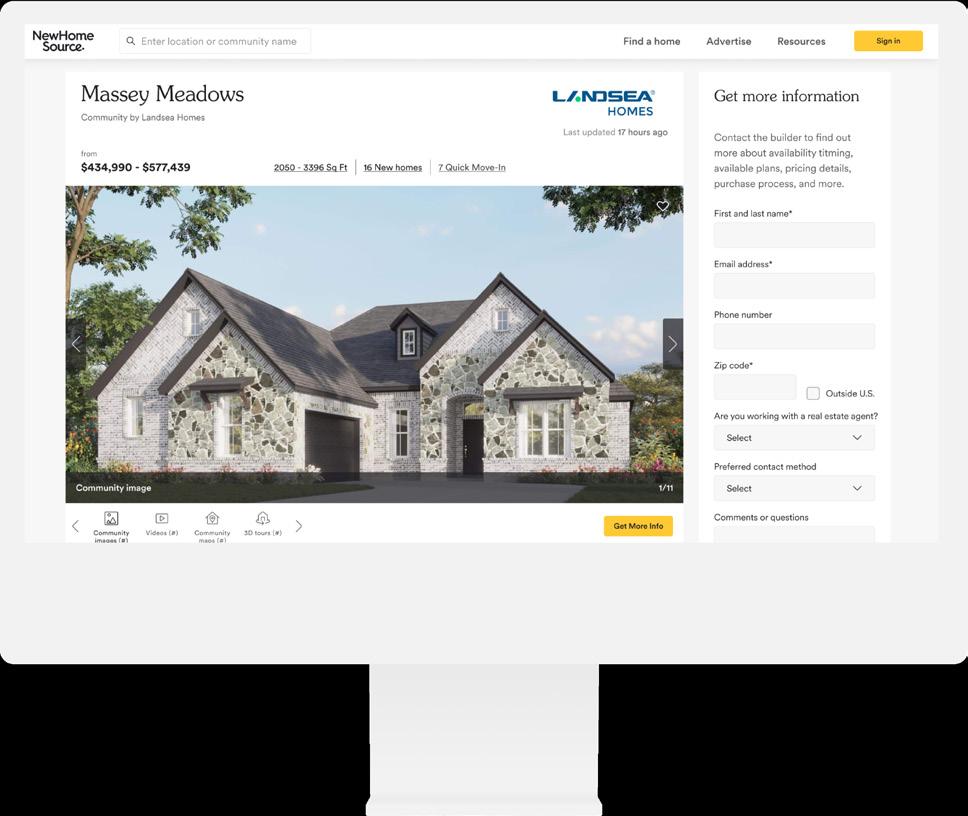





Planning & Design
Define
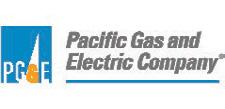
Proposals & Buyout
Prepare
Project Closeout
Coordinate
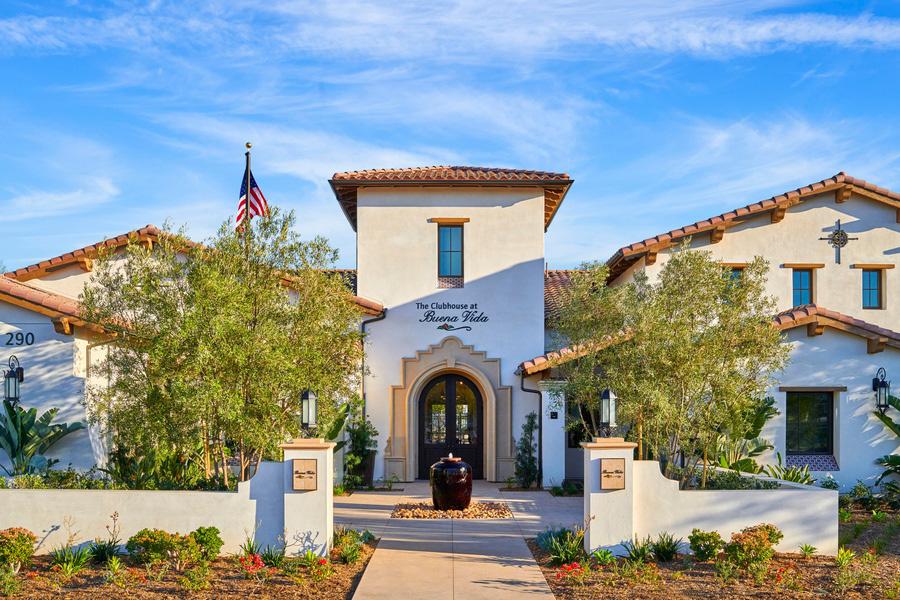
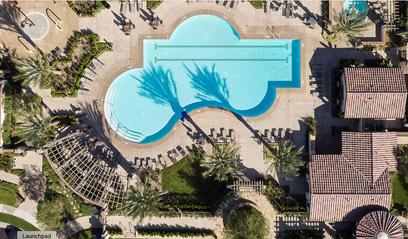
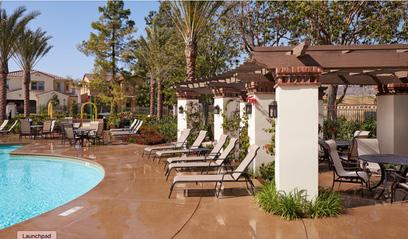

Saying a Fond Farewell: Trisha Muse, Our Friend at SoCalGas, Has Retired
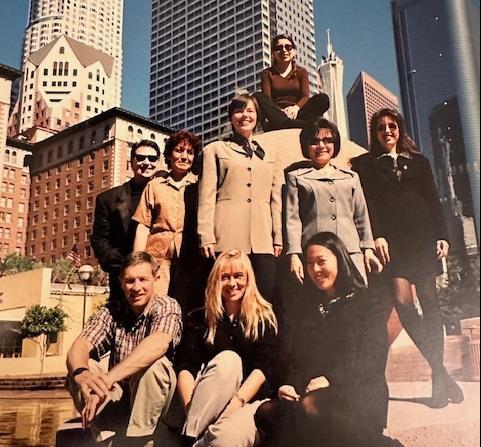
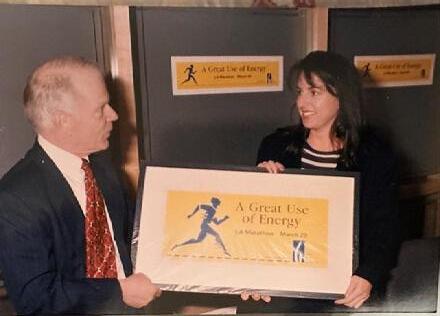
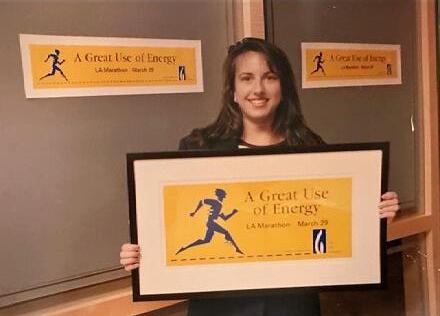
Trisha Muse is known to many of us as the building industry’s go-to person at SoCalGas. As the company’s Director of Community Relations, she is always eager to answer a question or lend a helping hand. If you helped decorate the BIASC Rose Parade float in 2023, maybe you worked beside her, sticking on petals and seeds. Or maybe you met her during our Junior Builder program. Well, no more. At the end of May, Trisha retired after nearly 29 years at SoCalGas.
Retirement is a good time to reflect, so we asked her if she had realized the goals she set out for herself as a young woman.
“Actually, yes,” she said. “I knew I wanted to do something in advertising or marketing, to be able to travel, to marry and have dogs, to be financially secure and to retire early! There are check marks next to each of those items, plus my work at SoCalGas showed me another goal, which is to help others.”
Even before graduating from Cal State Fullerton, she was in advertising, working her way through college at the
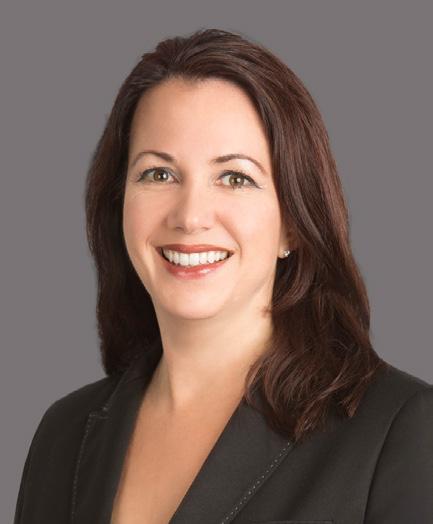
Trisha Muse Director of Community Relations, SoCalGas
corporate office for HomeBase. From there, she worked at a design agency, but soon realized she was better suited for the structure of a larger firm, so when she saw an ad for a job as an Advertising Advisor at SoCalGas, she jumped on it, and landed it.
“I started doing business-to-business advertising, where one of my assignments was working with homebuilders on our Energy-Advantaged Home program – a program for home builders building with multiple end uses of natural gas – so I got an early introduction to the industry,” she said. She held various positions before becoming Director of Community Relations, which turned out to be her sweet spot.
“That’s where I spent the last nine years at SoCalGas –and it’s been by far the best position I’ve ever had,” Trisha said. “I loved learning about different communities, and their challenges and needs – it opened my eyes and my heart and aligned with the gift-giving part of my values. It was such a joy, with a team I loved like they were my kids,” she said, her voice choking up when she talked of her team.
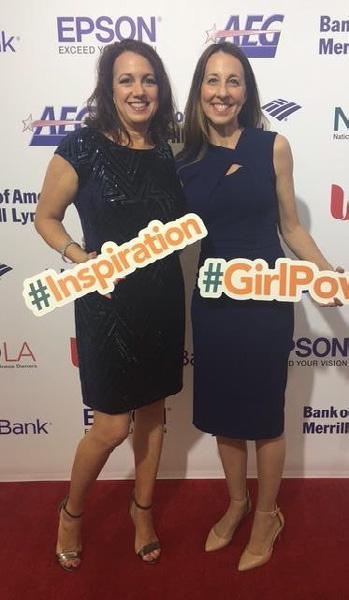
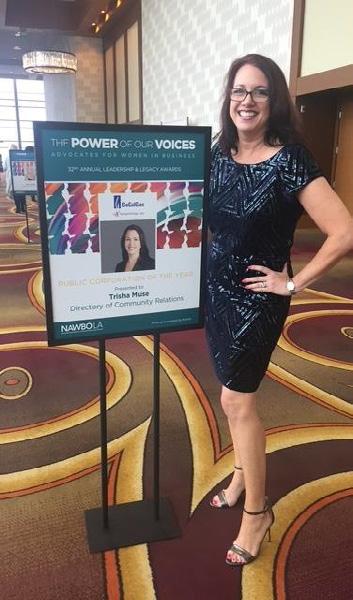
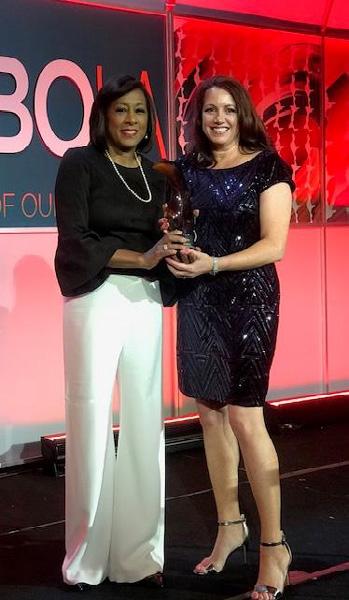
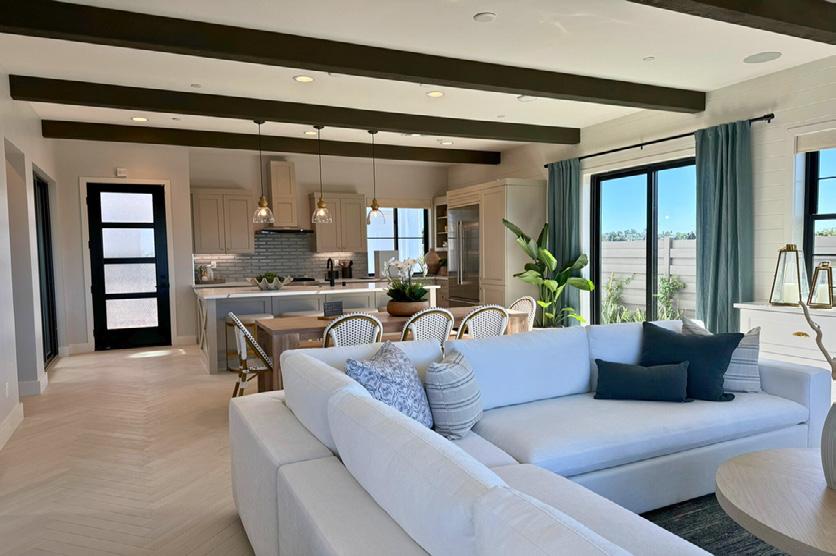

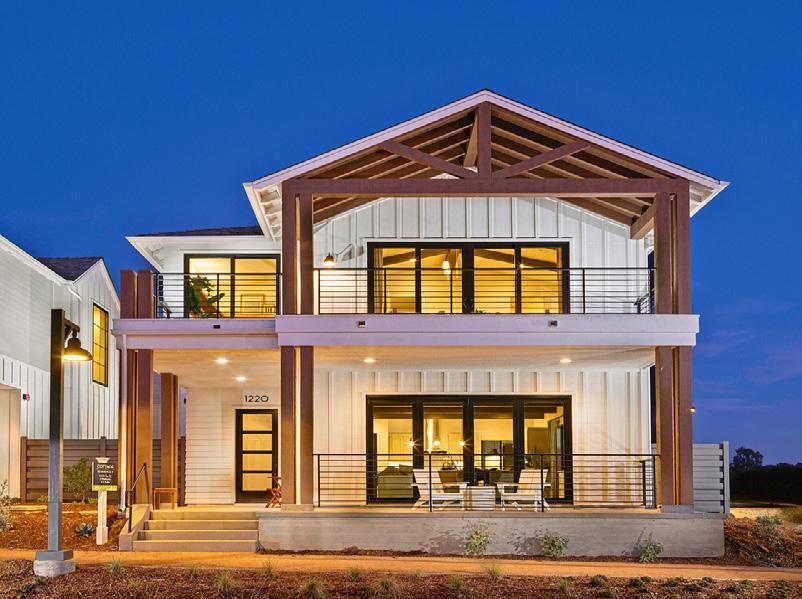
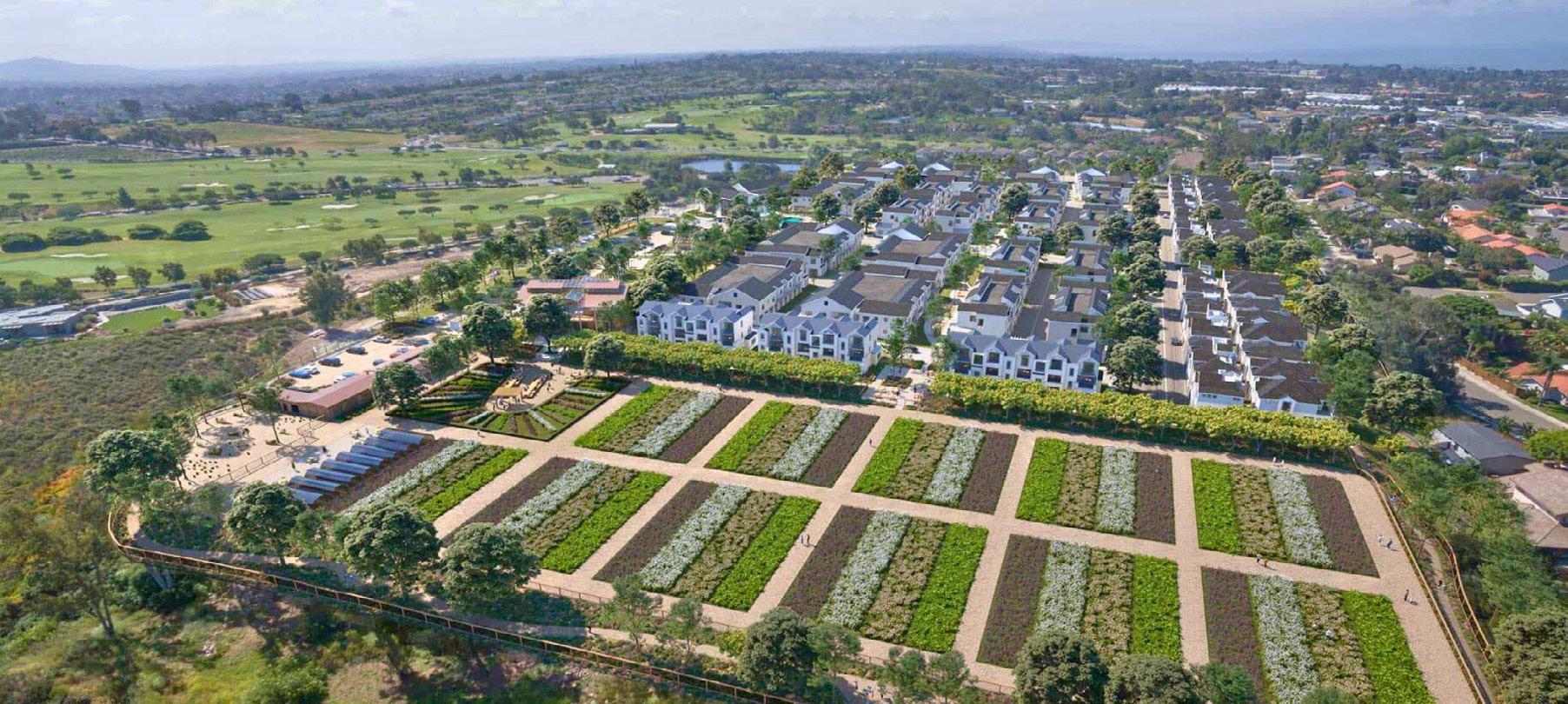

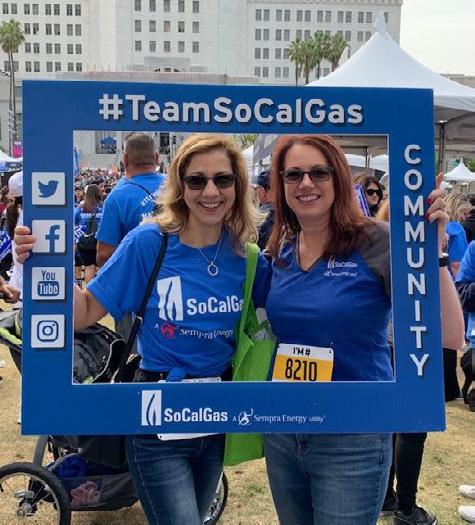
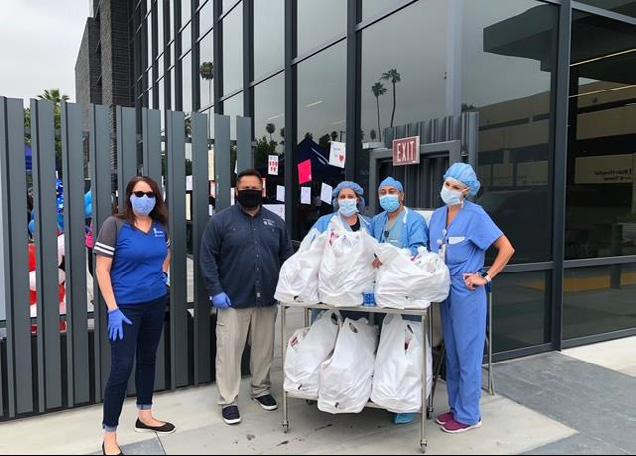
Of BIASC’s Junior Builder program, Trisha said, “We worked with BIA to help to introduce a new generation to the homebuilding industry, by bringing in youth from non-profits like the Boys & Girls Club of Whittier, the YMCA of Metropolitan Los Angeles and STEAM:Coders, which showed kids from all over to LA what a career in homebuilding could be like. They got to design a house at the start of the two, half-days program, then we gave them a tour of our hydrogen demonstration home and a nearby new home construction site. The students finished by completing a group assignment where they had to design and present a house together, which was so impressive.”
But as much as Trisha likes and respects our industry, it’s restaurants that have her heart.
“Restaurants are SoCalGas’ largest commercial customer segment. When they were struggling during the COVID pandemic, we gave the Latino Restaurant Association a small grant to hire restaurants to prepare and deliver meals to healthcare workers. It was a win-win to help restaurants and to provide comfort to front-line
heroes. I was also worried about the restaurants in my neighborhood, so I came up with an idea to create the Pasadena Food Hug. I personally raised $80,000 and hired nine local restaurants to prepare comforting meals for all sorts of front line workers each ‘Food Hug’ Friday. It was the coolest thing.”
Trisha also helped create the Restaurant Resilience Fund with the California Restaurant Foundation. This relief program that started in 2021 continues today and has given over $10 million in grants to restaurants throughout the state.
“In my retirement, I’m hoping to continue supporting my community and independent restaurants. I’ll even work for chips and salsa!” she said.
Good luck, Trisha – and let us know about the latest unsung place that’s serving phenomenal food!
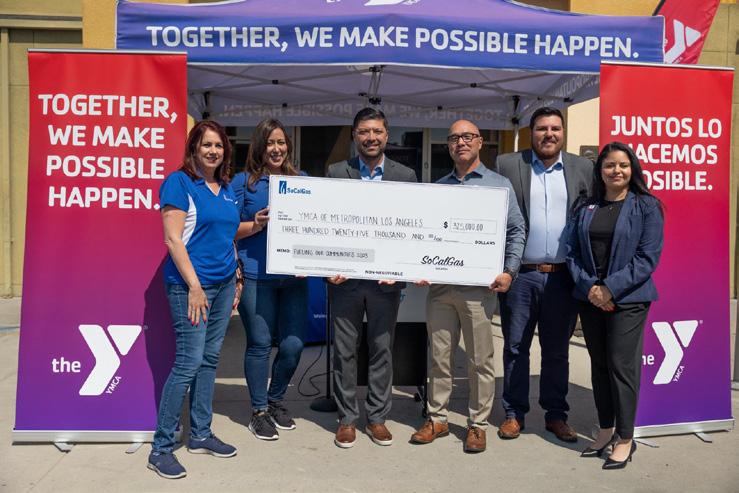

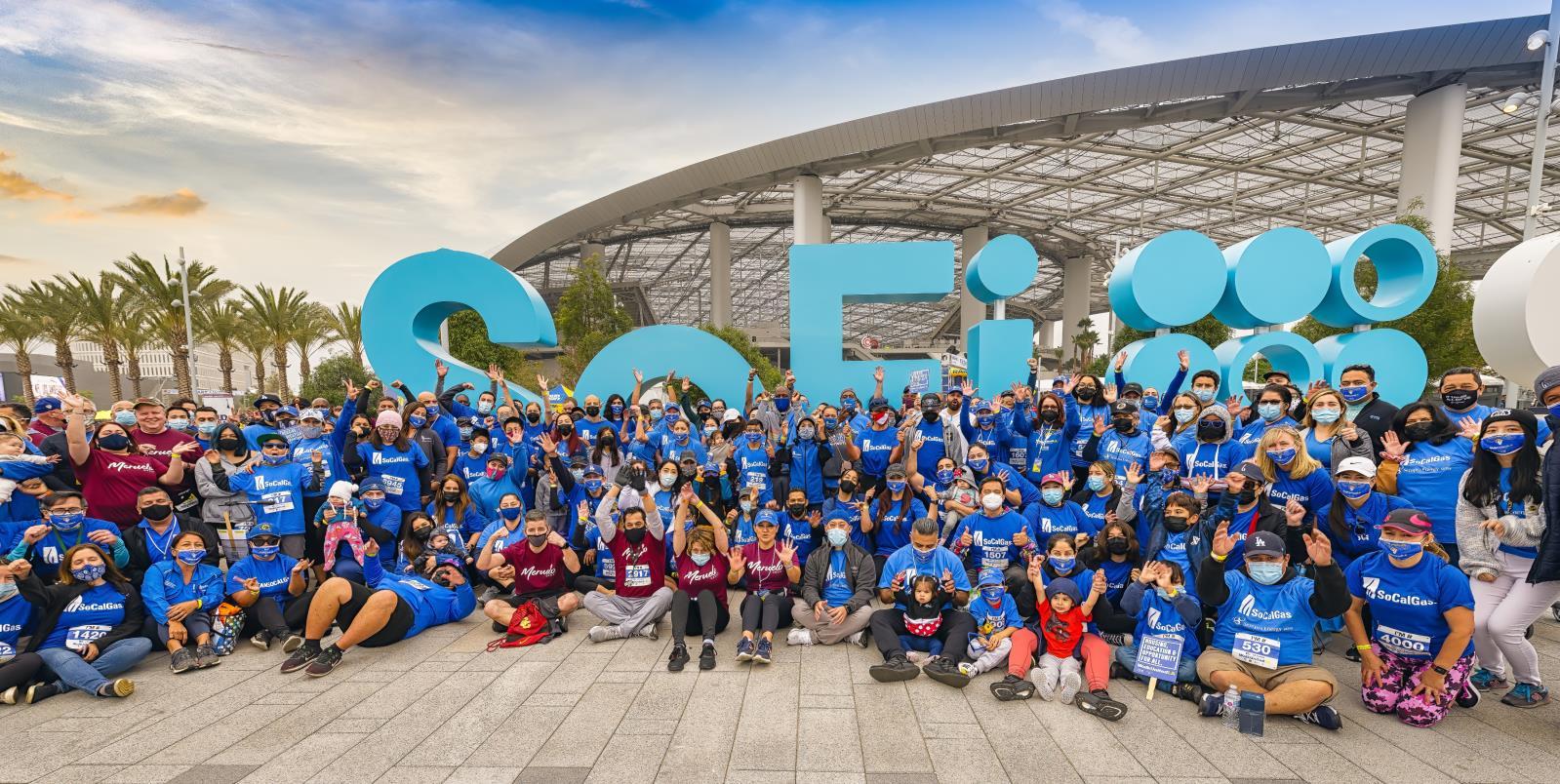

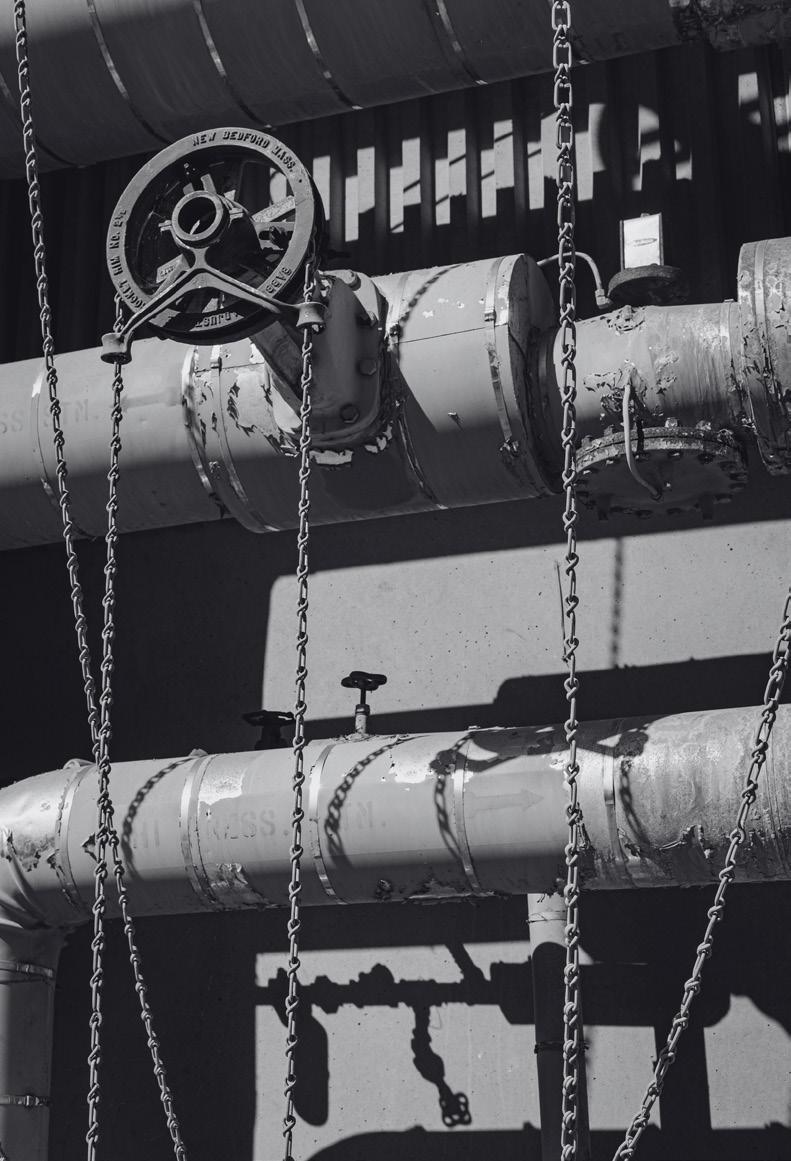
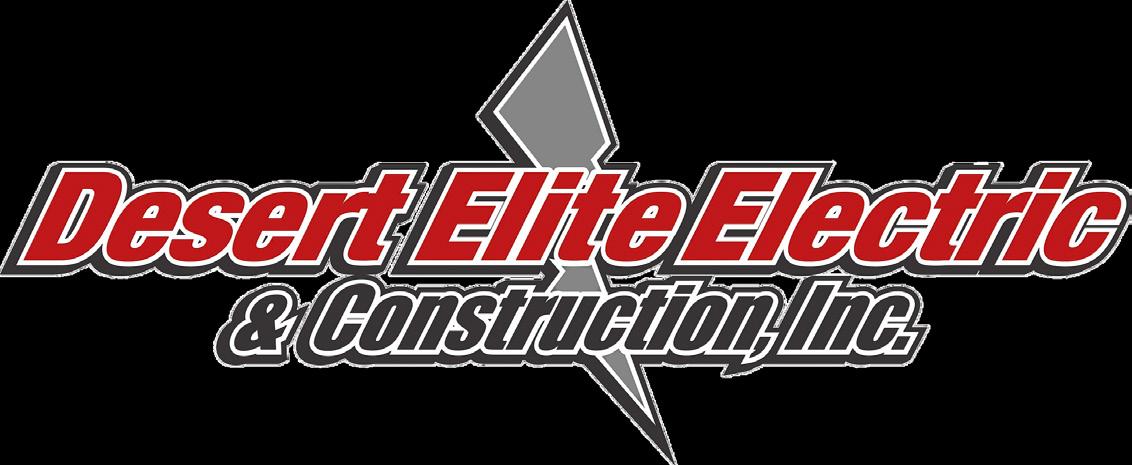

We
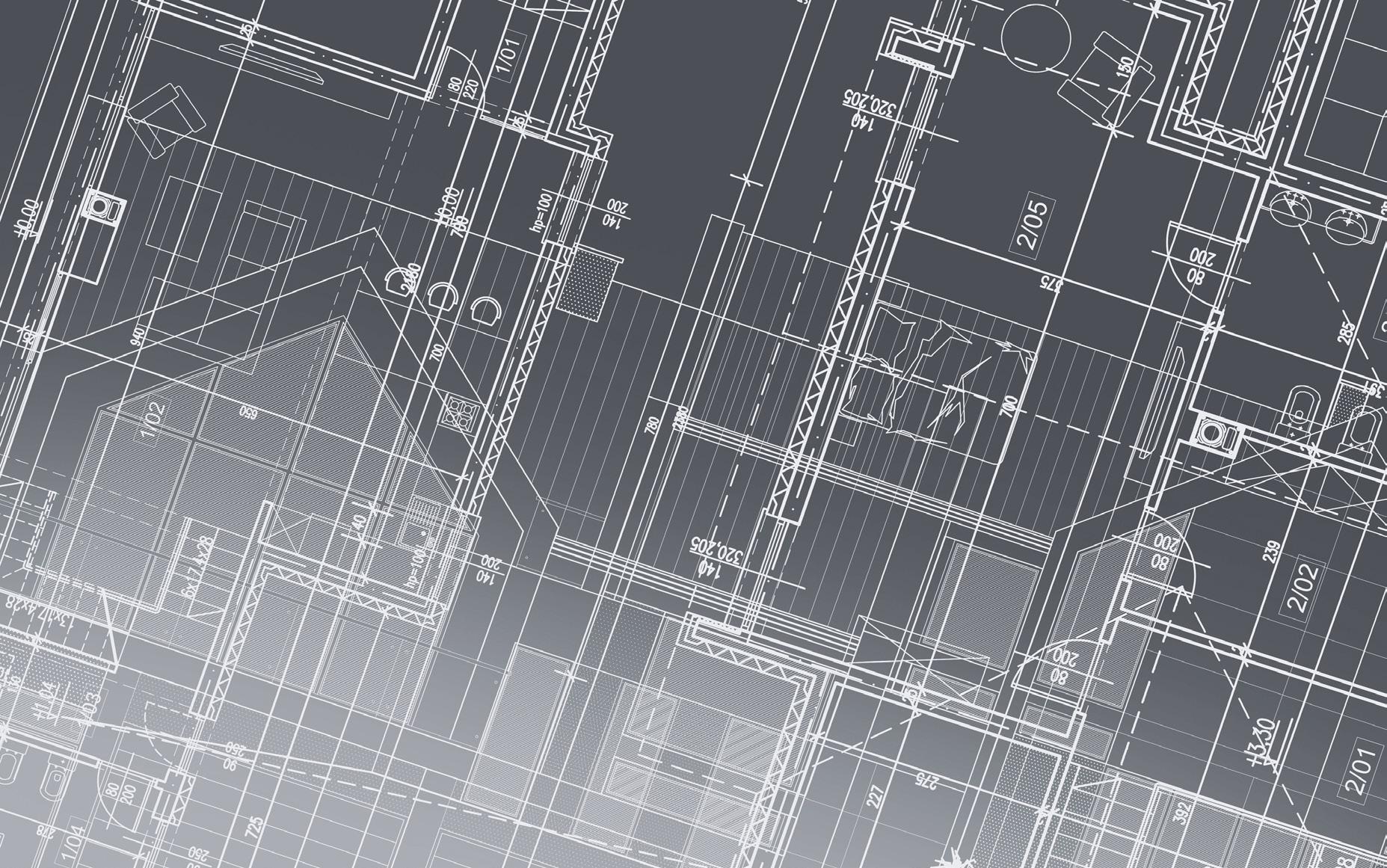
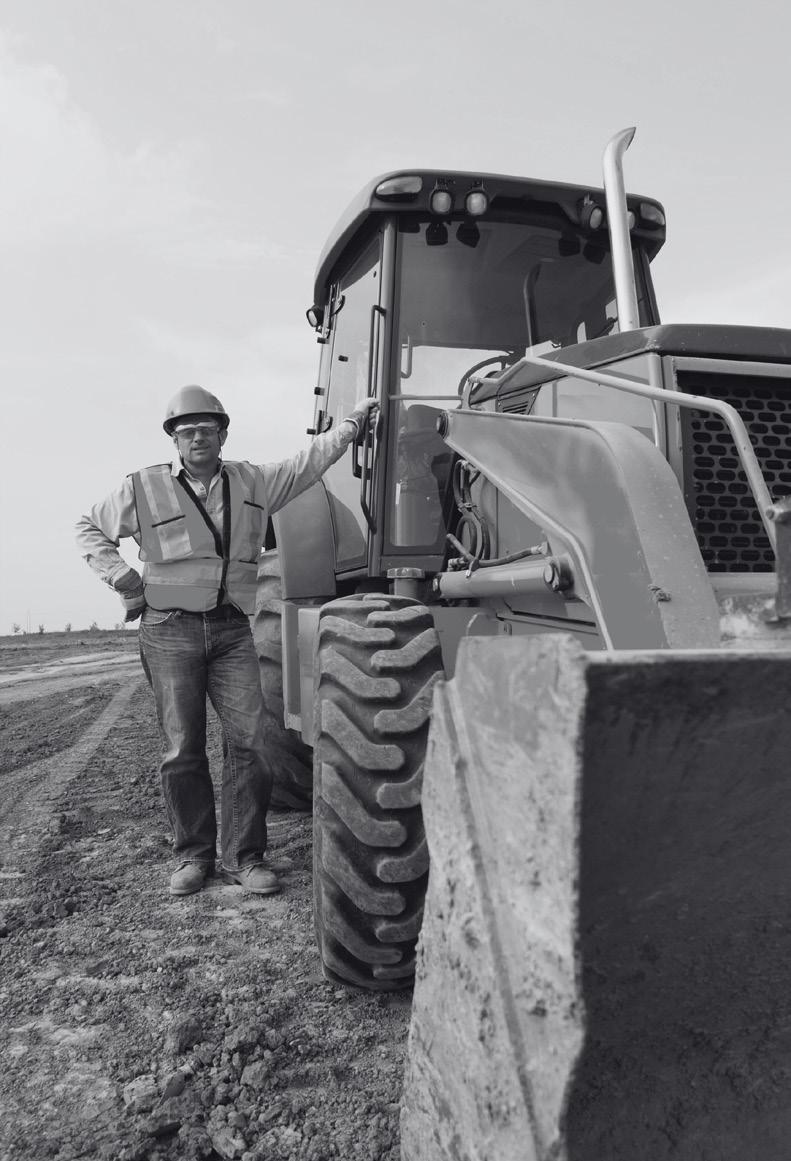
PLUMBING
DRAINAGE
EV
SEPTIC
GRADING/EXCAVATION

Legislature Reaches Half-Way Point in the 2025 Session Insurance Crisis Remains High Priority
At the writing of this article, the Legislature has reached its half-way point for the 2025 Legislative session. The deadline passed for Assembly bills to pass the full Assembly, and the same for Senate bills. Now the Legislature is focused on passing a budget, dealing with a structural budget deficit of $10- 20 billion with many uncertainties. The Constitution requires the Legislature to pass a budget by June 15th and the Governor to sign it by July 1. Both of these deadlines will most likely be met, however, the process allows additional budget work to be done until the Legislature adjourns on September 12th. 2 major obstacles are in front of the Governor and the Legislature: 1) The uncertainty of federal funds received by the State from the federal government after future actions by Congress and the White House, and 2) Los Angeles taxpayers, because of the devastating wildfires in January, will not pay their state and federal taxes until November 1. Therefore, the State will be adopting a budget and potentially future budgets without knowing the full revenue picture.
As the Legislature prepared to embark on the 202526 Legislative Session in Sacramento, many issues that impacted home building in California were on the agenda: The Insurance Crisis, Permit streamlining and CEQA reform, energy availability and affordability, and fire preparedness, to name a few. But before the agenda could be fully set, as we all know, extremely dry conditions and high winds in Los Angeles in early January resulted in two of the most destructive wildfires in state history. The fires destroyed about half of all properties in
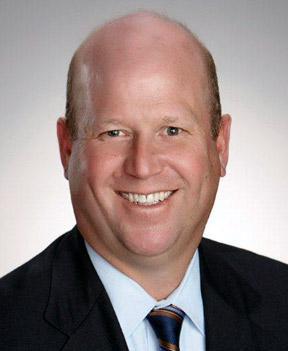
Chris Kahn Sacramento Advocate for the Building Industry Association of Southern California (BIASC)
both the Palisades and Altadena and caused the deaths of 30 people. Real estate losses have been estimated to be as high as $30 billion, and just under 13,000 households were displaced by the Palisades and Eaton fires. An estimated 9,592 single family homes and condominiums, 678 apartment units, 2,210 duplex and bungalow courts, and 373 mobile homes were either heavily damaged or destroyed. The immediate focus of the Governor and Legislature was locked in on fire recovery efforts in Los Angeles County.
One clear priority issue for the Governor, Legislature, the Insurance Commissioner and the California homebuilding Community was the immediate and long-term insurance crisis facing the State. The other priority issues did not change, but they came into full focus through a Los Angeles County disaster recovery lense.
The Governor issued an executive order shortly after the fires to expedite the reconstruction of homes and businesses destroyed by the fires, suspending permitting review requirements under CEQA and the Coastal Act, aiming to speed up the rebuilding and recovery process. L.A. Mayor Bass took similar action. We all know that for years California has faced significant challenges with insurance availability as companies have canceled hundreds of thousands of policies and stopped issuing new ones. Many Californias have turned to the FAIR Plan for coverage. The FAIR plan was created as an insurer of last resort for basic property insurance in the event of a market failure. It has expanded to include homeowners’
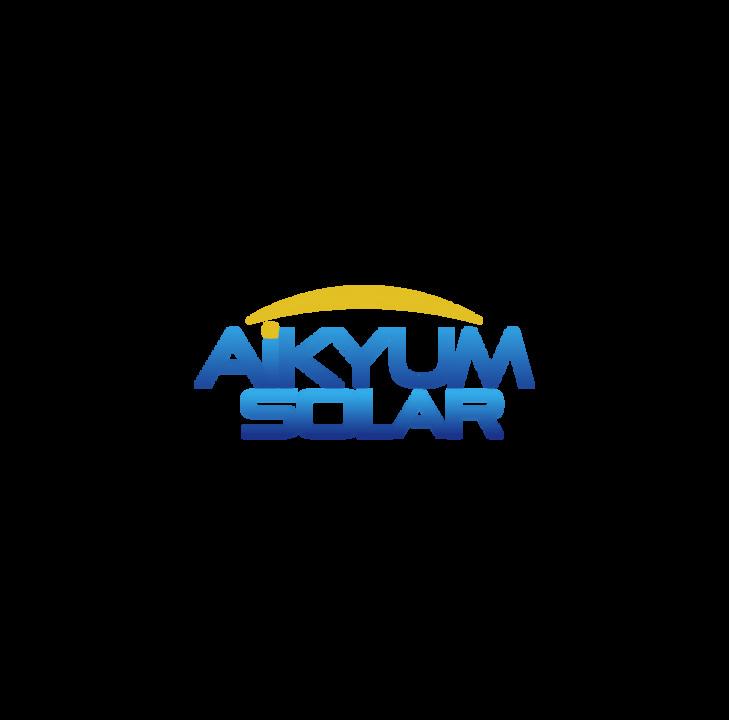
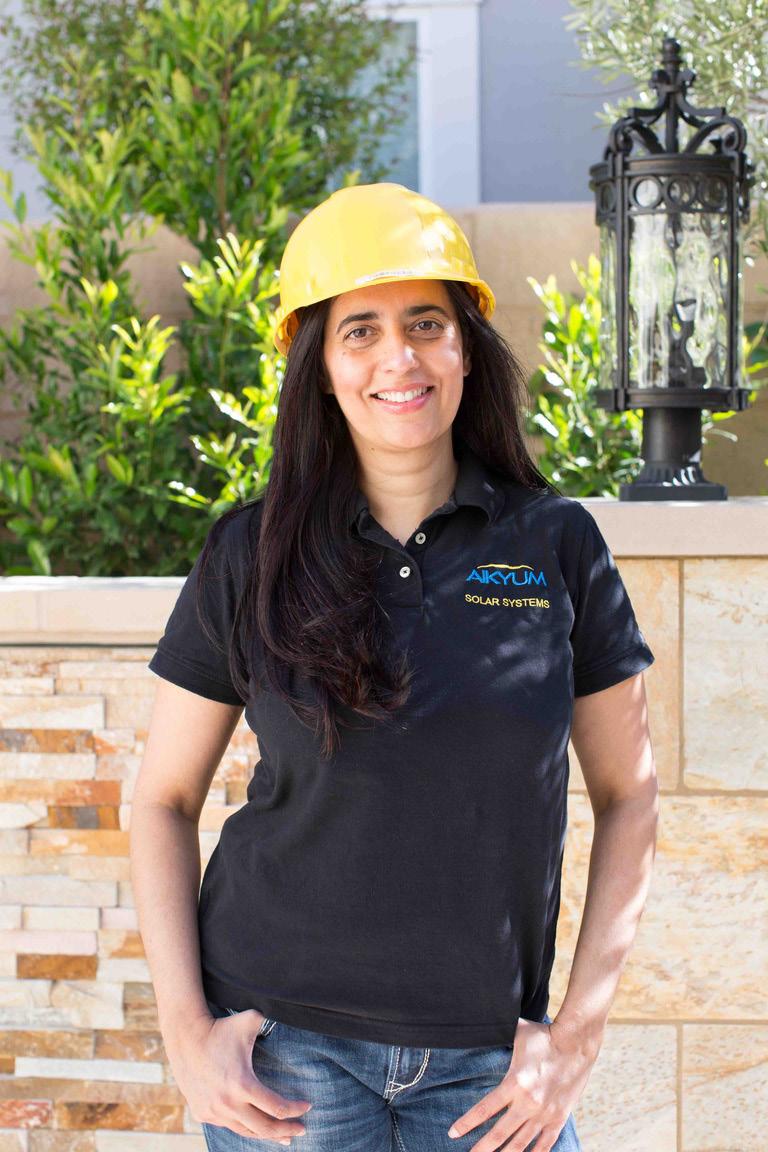

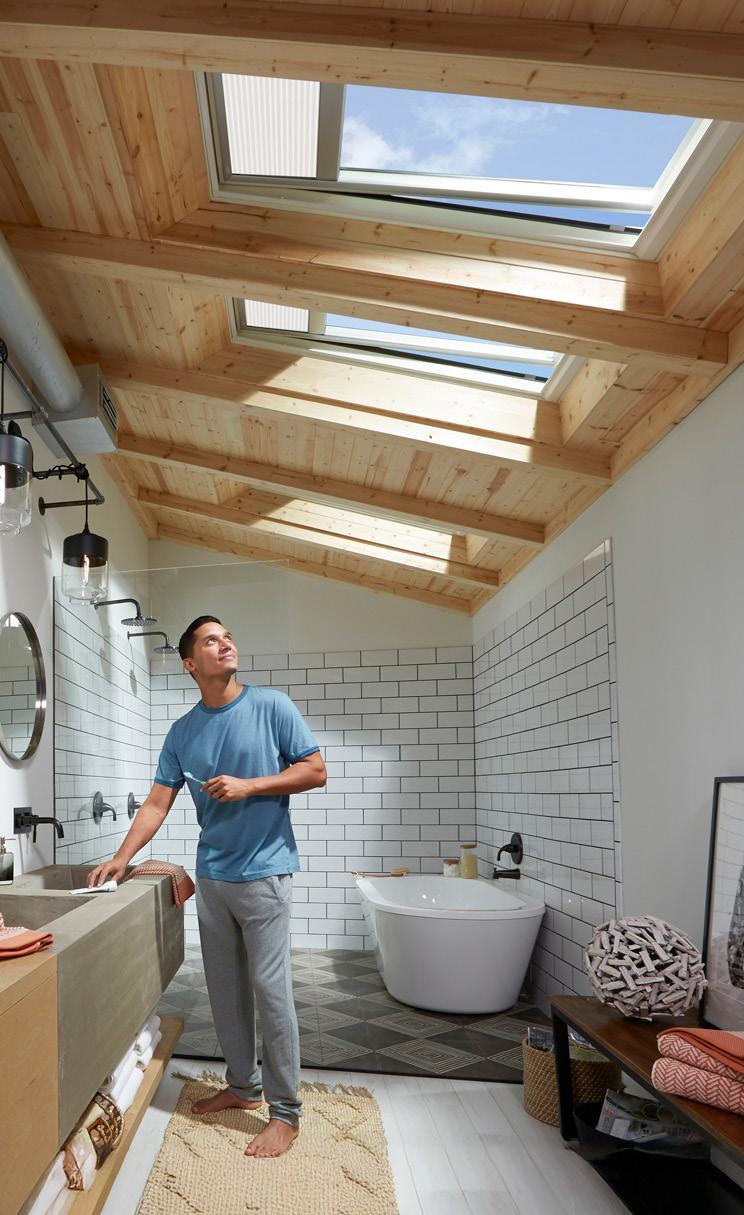


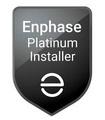
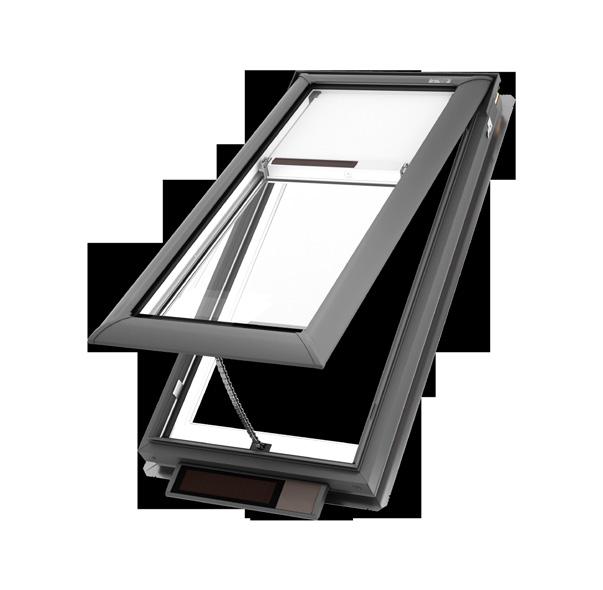

insurance anywhere in the state, provided that the insurance cannot be obtained in the normal manner in the market. The L.A. fires cast a spotlight on what was already an insurance crisis.
In September of 2023, Governor Newsom issued an Executive Order that directed the Insurance Commissioner to “take prompt regulatory action to strengthen and stabilize California’s marketplace for homeowners’ insurance and commercial property insurance, and to consider whether the recent sudden deterioration of the private insurance market presents facts that support emergency regulatory action.” The Insurance Commissioner responded by announcing the Sustainable insurance Strategy (SIS) that looked to transition homeowners and business from the FAIR Plan back into the normal insurance market with commitments from insurance companies to cover all parts of California by writing no less than 85% of their statewide market share in high wildfire risk communities and give FAIR Plan policy holders who comply with new regulations first priority for transition to the normal market. Much work is needed by the Insurance Commissioner, the Legislature and the Governor to return the Fair Plan back into the Insurer of last resort and a lot needs to happen before the Legislature adjoins on September 12th.
One urgency bill that is rapidly moving through the legislative process is Assembly Bill 226 by Assemblywoman Lisa Calderon. The bill authorizes the California Infrastructure Bank to issue bonds to finance the costs of claims, to increase liquidity and claim-paying capacity of the FAIR Plan. The bill is sponsored by the California Department of Insurance and the California Building Industry Association. The idea behind AB 226 is to stabilize the FAIR Plan by allowing bonds to spread costs over time, preventing sudden insurer assessments that could spike premiums or bankrupt small companies.
In February 2025, due to exposure from the LA wildfires, the FAIR Plan for this first time in 30 years sought approval to assess their member insurers. The Insurance
Commissioner approved the FAIR Plan to assess $1 billion from their membership and included the ability for member insurers to recoup a portion of the assessment from policyholders. The hope is that AB 226 will provide an additional financial tool to lessen the burden on insurers and policyholders. Without this bill, there is no mechanism for insurers to immediately address these assessments, and their only option is to reduce exposure is to non-renew existing policies. The bill will allow for a more gradual repayment process of the Infrastructure Bank loan over a period of time.
AB 226 has passed the full Assembly and just this week passed its first Senate policy Committee. It will be heard in its second Senate Policy hearing on June 25th. As an Urgency bill, it will take effect immediately upon signature by the Governor. It is an important step to deal with California’s insurance crisis. But homeowners are likely to face significant insurance rate hikes post-wildfires, as the cost associated with the L.A. fires will be seen well into the future. The hope is additional action will come through this legislative session to ensure a competitive and healthy insurance market, offering more comprehensive policies at more accessible rates in the long term, especially with other regulatory changes granted to insurers. All eyes are on Sacramento to deal with this Insurance crisis as one of the many issues that must be deal with L.A. County recovery from the devastating wildfires. The future of Los Angeles and the entire State depends on it.



Rebuild LA Update: BIASC Remains Proactive
Five months have passed since the devastating LA wildfires, and the challenges persist for homeowners navigating the rebuild process. Many find themselves underinsured, some with reverse mortgages, others lacking insurance altogether. FEMA assistance checks fell short of expectations, adding to the daunting task of construction costs amidst uncontrollable factors. The desire to preserve community character in the rebuilding process is strong, yet uncertainties loom regarding utility restoration and soil decontamination timelines that are crucial for initiating rebuild efforts. These are just a few of the pressing wildfire issues your association is actively addressing.
BIASC remains proactive, engaging in community events, holding meetings with elected officials, and collaborating with members to offer viable rebuilding solutions. Our builders are ready to help educate others on effective fire hardening measures, showcasing successful implementations in communities from KB Homes and Rancho Mission Viejo.
Our wildfire Contractors task force persists in engaging public officials on critical matters such as soil contamination. Recent discussions with Mr. Anders from the Supervisors office focused on strategic approaches moving forward regarding soil contamination. They understand this is a priority amidst growing concerns over unsafe conditions. Despite the Army Corps’ debris removal efforts, reports reveal lingering toxins on lots thought to be clean. We stand united with various groups in tackling this issue, advocating for comprehensive remediation procedures that prioritize survivors’ health in the reconstruction and recovery efforts.
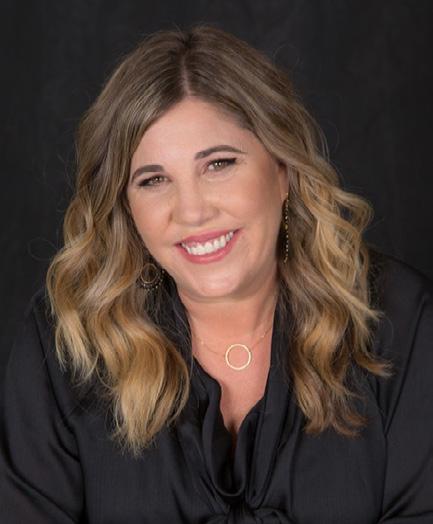
Advocating for different issues keeps us busy. Having the ability to connect with elected officials on the issues at recent events is priceless, as it shows our commitment to rebuild LA. At the 27th Annual Tribute to Veterans & Military Families, BIASC was well-represented by members, engaging with Supervisor Kathryn Barger and other officials, including Senator Sasha Renee Perez. We reiterated our readiness to mobilize our expertise in community development, operational efficiencies, and personalized home solutions to aid those affected by the wildfires when the time is ripe.
Our advocacy teams also continue to support the need to overhaul CEQA, a landmark environmental law that plays a contentious role in CA development. In a recent LA times article it states, that the threat of a lawsuit over CEQA is enough to chill development including stalling efforts on construction of homeless shelters, food banks and a childcare-center. While CEQA reform may or may not have much effect on the rebuild efforts due to an exemption already made by the Governor on single-family new home construction, we remain diligent on reform to help us build for our annual housing needs. BIASC will keep everyone updated on the two separate reform bills.
BIASC remains steadfast, appreciating the unwavering support of our members poised for action. For those impacted by the wildfires, we encourage utilizing the resources listed on our website for assistance.
www.rebuildlabiasc.org
Melissa Auten Rebuild LA Ambassador
WE DON’T JUST CAPTURE MOMENTS.

Your brand deserves more than just content—it needs impact.
Kovach Marketing creates compelling brand campaigns, videos, commercials, social media, websites, and content that resonate with your audience and drive engagement.
More than content—real connection. Let’s talk.
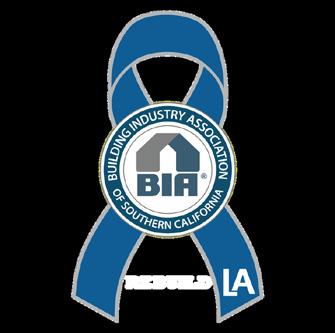
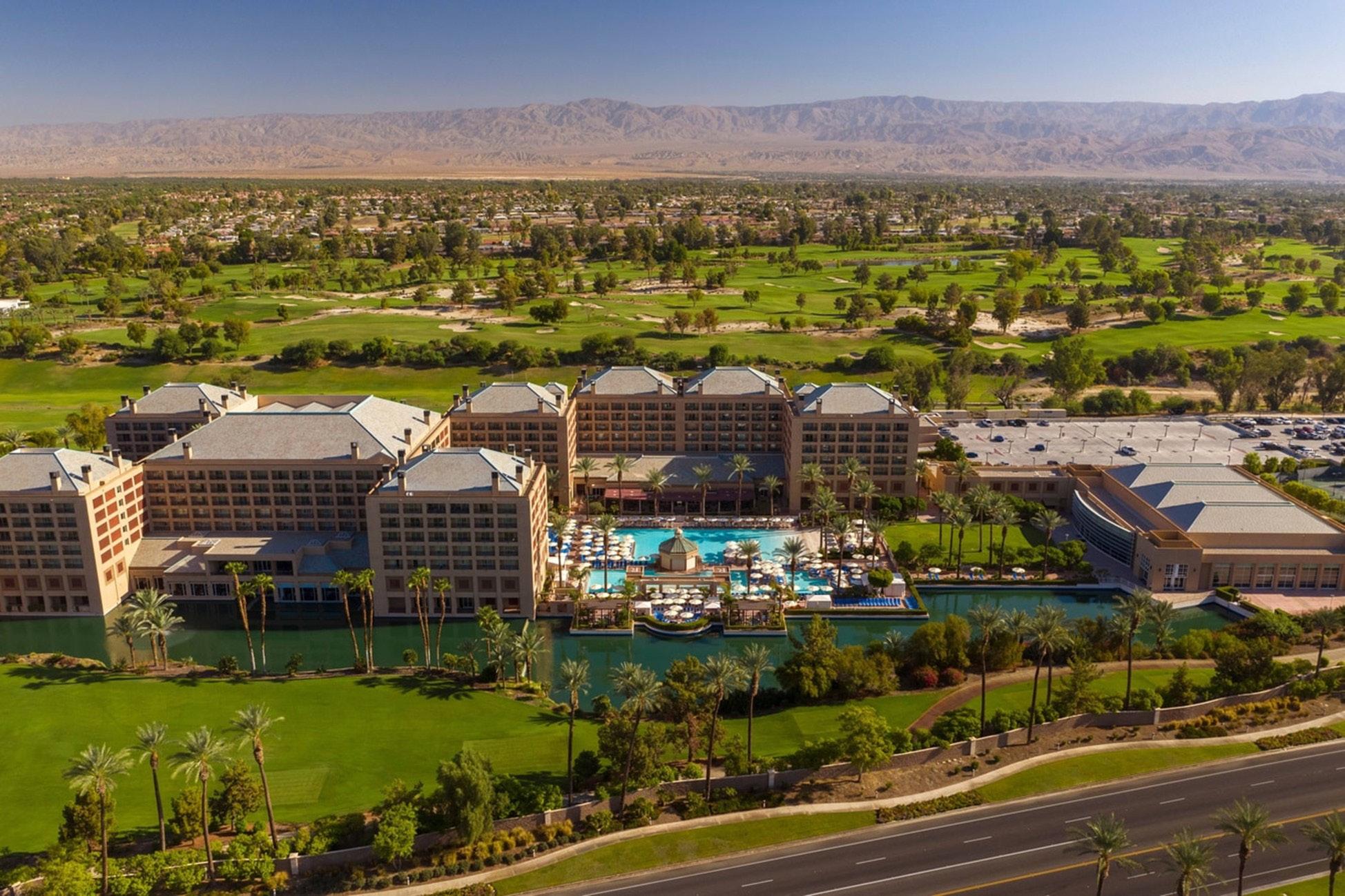
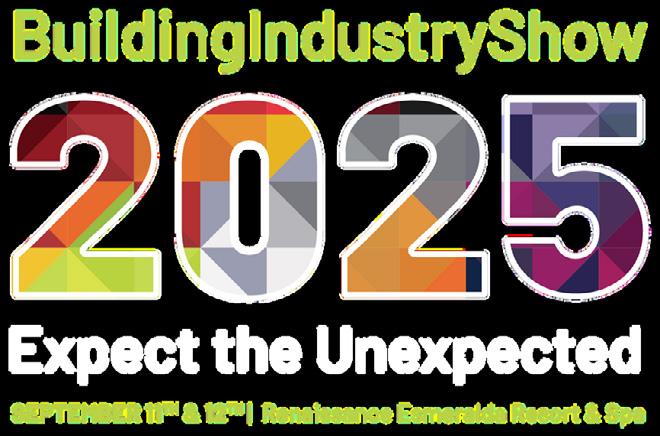
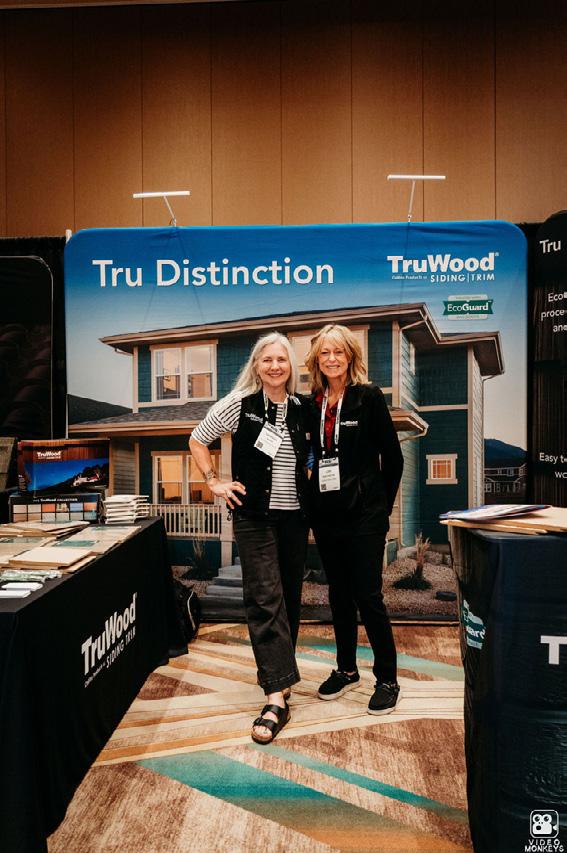

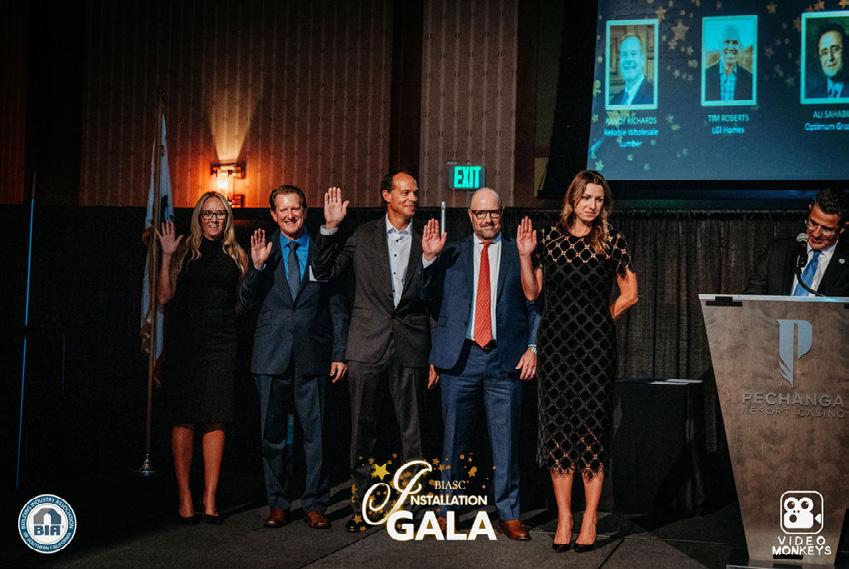


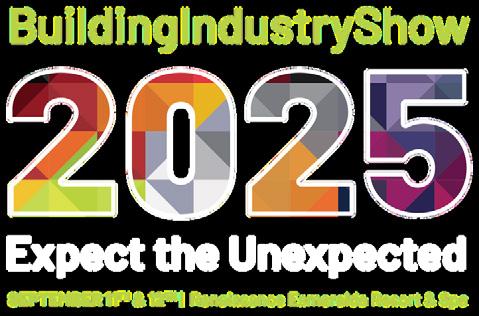

BIRD – BEFORE JULY 15 (MEMBER) TH
Show Floor - $104
Show Floor + Meet the Builder - $299
Show Floor + Meet the Builder + Billy Idol Concert (No shuttle service currently available – waiting list only Please inquire if you'd like to be added should space become available) - $464
Show Floor + Meet the Builder + PRE-Concert Party + Billy Idol Concert (No shuttle service currently available –waiting list only Please inquire if you'd like to be added should space become available) - $494
Show Floor + Billy Idol Concert (No shuttle service currently available – waiting list only. Please inquire if you'd like to be added should space become available) - $269
Complete Show Package (Includes – Show Floor Pass + Meet the Builder, PRE-Concert Party, Shuttle to Billy Idol Concert, and Hotel Room on Friday Night ONLY – Parking Not Included) – $874
Show + Concert Package (Includes – Show Floor Pass + PRE-Concert Party, Shuttle to Billy Idol Concert + Hotel Room on Friday Night ONLY – Parking Not Included) –$679
“All In” Two Day Package - (Includes – Show Floor Pass + Meet the Builder, PRE-Concert Party, Shuttle to Billy Idol Concert, and (2) Night Stay @ Esmeralda Thursday and Friday – Parking Not Included) – $1,229
(please inquire to be added to the waitlist for the Concert if you are interested in attending – concert + shuttle will be an additional $215)
Builder Show Floor Pass + Billy Idol Concert Only - $217
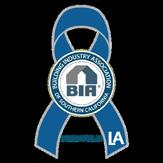
Show Floor - $114
Show Floor + Meet the Builder - $309
Show Floor + Meet the Builder + Billy Idol Concert (No shuttle service currently available – waiting list only Please inquire if you'd like to be added should space become available) - $484
Show Floor + Meet the Builder + PRE-Concert Party + Billy Idol Concert (No shuttle service currently available –waiting list only Please inquire if you'd like to be added should space become available) - $514
Show Floor + Billy Idol Concert (No shuttle service currently available – waiting list only Please inquire if you'd like to be added should space become available) - $279
Complete Show Package (Includes – Show Floor Pass + Meet the Builder, PRE-Concert Party, Shuttle to Billy Idol Concert, and Hotel Room on Friday Night ONLY – Parking Not Included) – $894
Show + Concert Package (Includes – Show Floor Pass + PRE-Concert Party, Shuttle to Billy Idol Concert + Hotel Room on Friday Night ONLY – Parking Not Included) –$699 “All In” Two Day Package - (Includes – Show Floor Pass + Meet the Builder, PRE-Concert Party, Shuttle to Billy Idol Concert, and (2) Night Stay @ Esmeralda Thursday and Friday – Parking Not Included) – $1,249

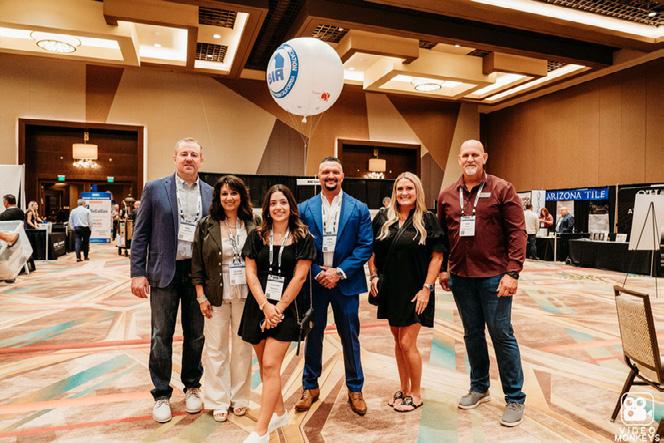
BUILDERS VS ASSOCIATES” INDIAN WELLS GOLF TOURNEY “BUILDERS VS ASSOCIATES” INDIAN WELLS GOLF TOURNEY


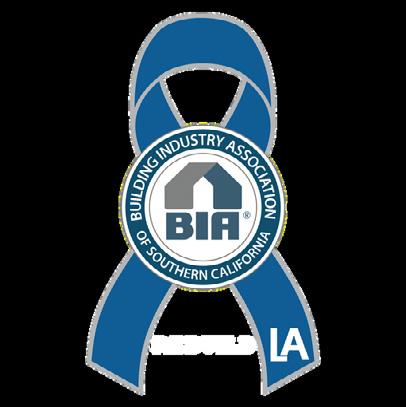
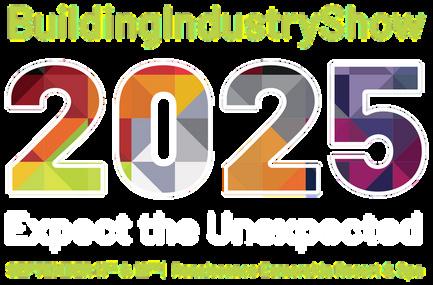






SPONSORSHIPS
$4150 | Tournament Sponsor
Free foursome of golf with (1) Mulligan per player.
Company Logo on Sponsor Signage
Company logo on all marketing materials
Optional display table on hole at course with prime location
(2) BIS Show Floor Passes 9/12
(2) Tickets to PRE-Concert Party & Billy Idol Concert 9/12
$2950 | Morning Round Sponsor - no golfers
Company Logo on Bloody Mary or Mimosa Drink Ticket
Company Logo on Sponsor Signage.
Company logo on all marketing materials
Optional display table on hole at course
(2) BIS Show Floor Passes 9/12
$2950 | Grand Prize Sponsor - no golfers
Company Logo on Sponsor Signage
Company logo on all marketing materials.
Optional display table on hole at course.
(2) BIS Show Floor Passes 9/12

$1450 | Beverage Sponsor - no golfers
Company Logo on Sponsor Signage
Company logo on all marketing materials.
Company logo on drink ticket for players
Optional display table on hole at course
$1450 | Lunch Sponsor - no golfers
Company Logo on Sponsor Signage.
Company logo on all marketing materials
Company logo on drink ticket for players
Optional display table on hole at course
$1450 | Cart Sponsor - no golfers
Company logo on all golf carts
Company logo on all marketing materials

Optional display table on hole at course
$1450 | Hole In One Sponsor
Company logo printed on Hole-In-One signage
Company logo on all marketing materials
Optional display table on hole at course
Sponsor wanting to be on course can select between two options below:
Package 1:
$200
Includes: (1) 6ft table, (2) chairs, and Rental Cart
Package 2:
$250
Includes: (1) pop-up tent, (1) 6ft table, (2) chairs, and Rental Cart


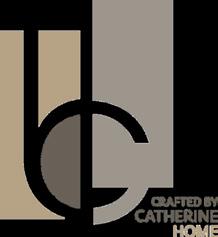
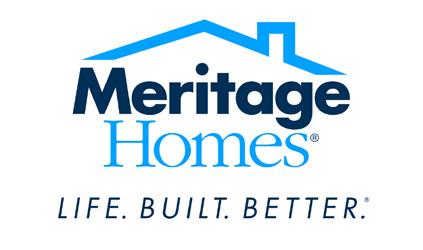
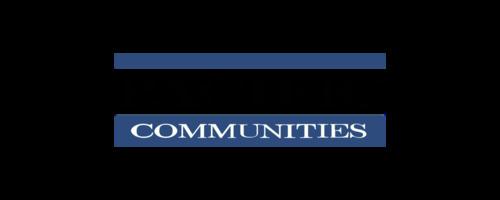
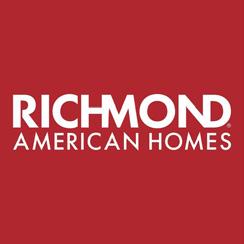

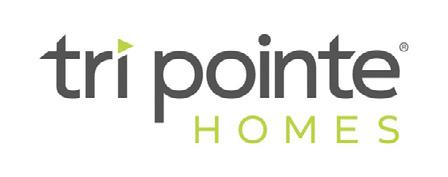
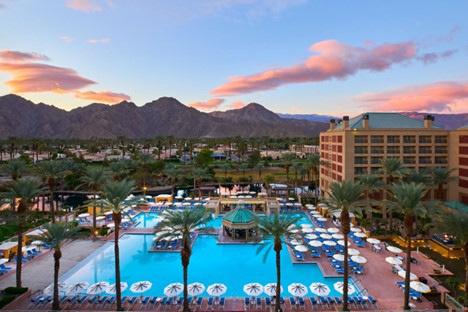

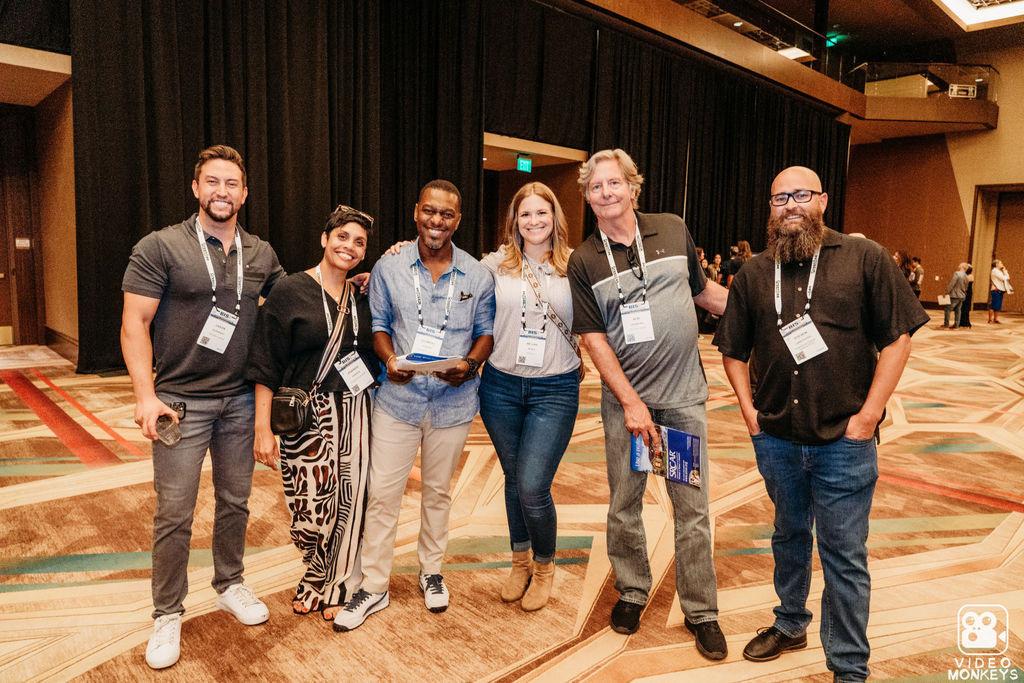

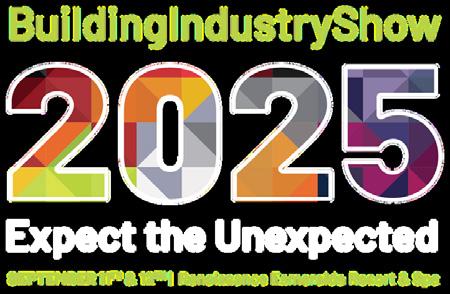
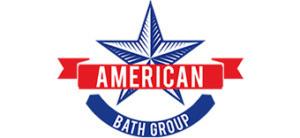

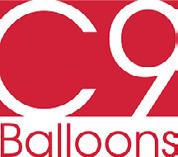
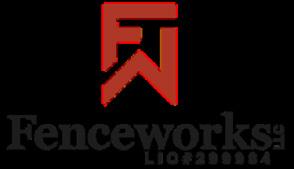
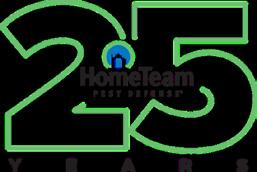
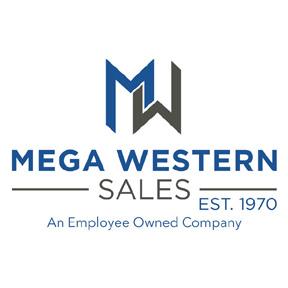

EXHIBITORS EXHIBITORS





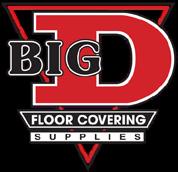
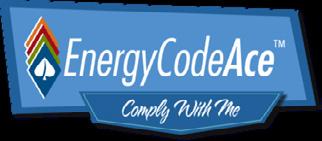
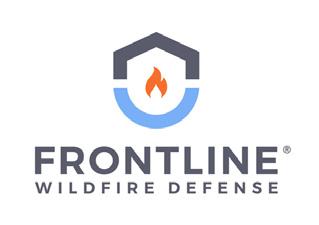


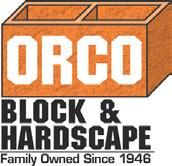
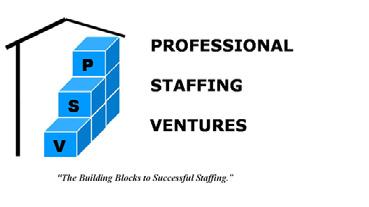

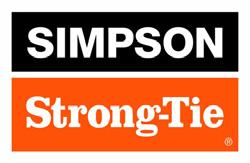

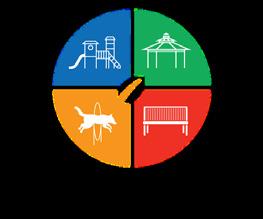






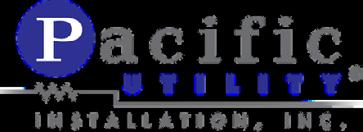






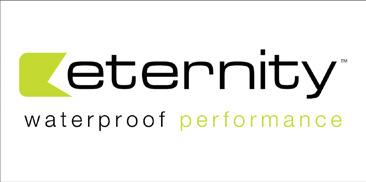
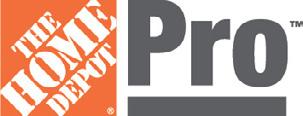

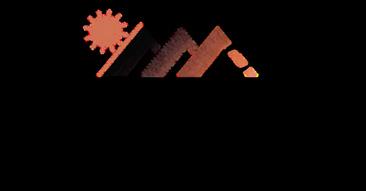

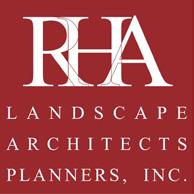


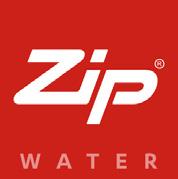
THE BUILDING INDUSTRY
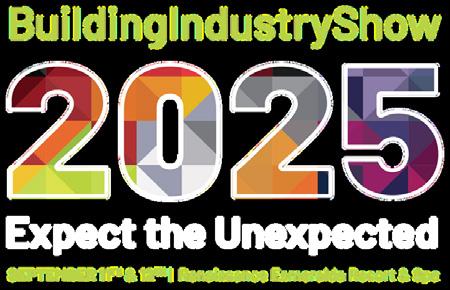

SHOW PARTNER
SHOW PARTNER


BADGE SPONSOR LANYARD SPONSOR
BADGE SPONSOR LANYARD SPONSOR
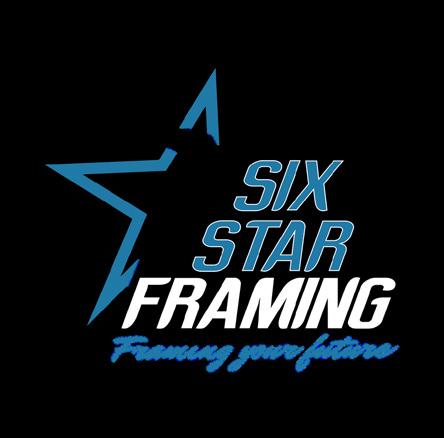

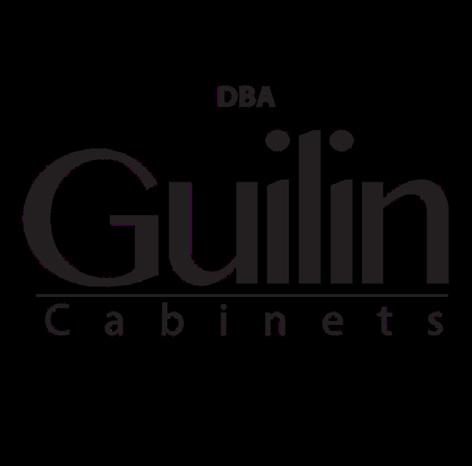

BAG SPONSOR
BAG SPONSOR


MEET THE BUILDER SPONSORS
MEET THE BUILDER SPONSORS


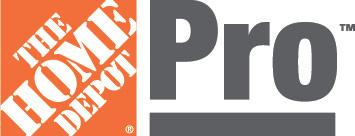

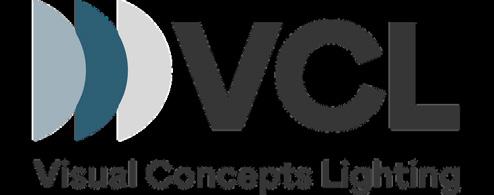

CONCESSION SPONSORS
CONCESSION SPONSORS




GOLF CART SPONSOR
GOLF CART SPONSOR
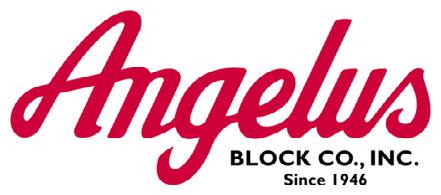


PRESENTING SPONSOR
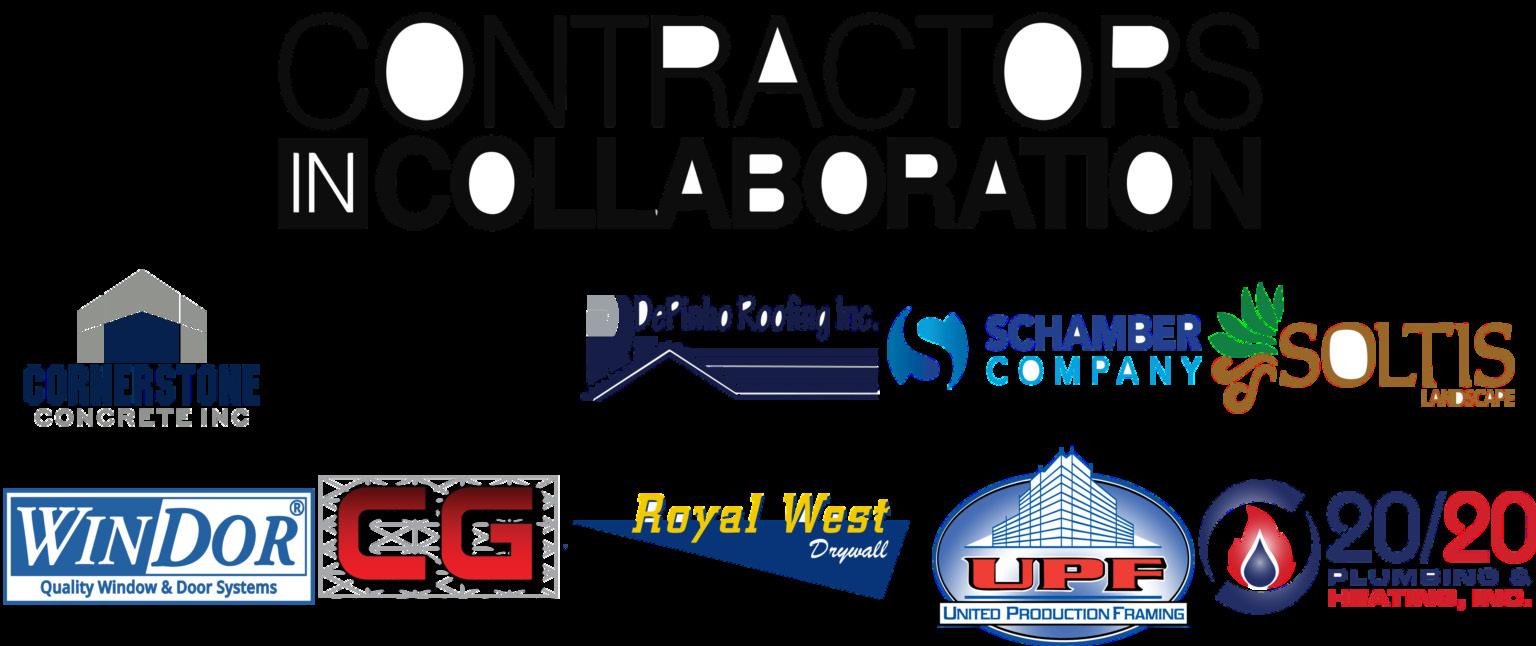
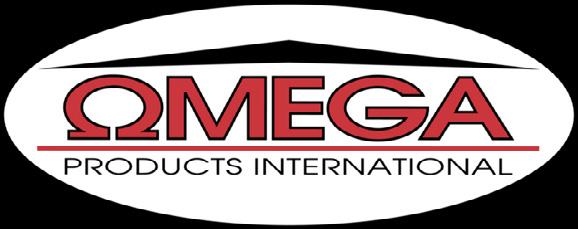

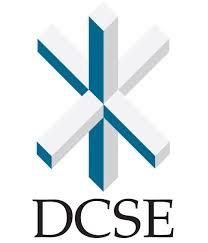
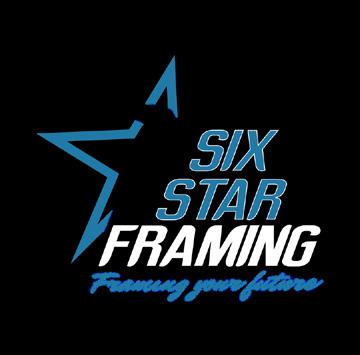
PRE-CONCERT PARTY SPONSOR

“REBEL YELL” SPONSORS
“HOT IN THE CITY ” SPONSORS

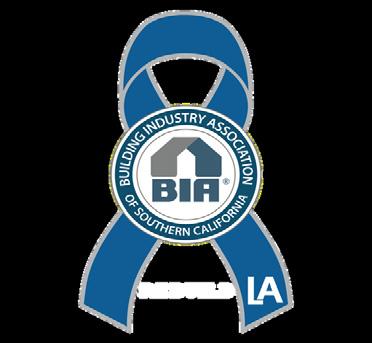
BUILDING INDUSTRY ASSOCIATION OF SOUTHERN CALIFORNIA
BIA COACHELLA VALLEY CHAPTER
BIA RIVERSIDE COUNTY CHAPTER
BIA SAN BERNARDINO COUNTY CHAPTER

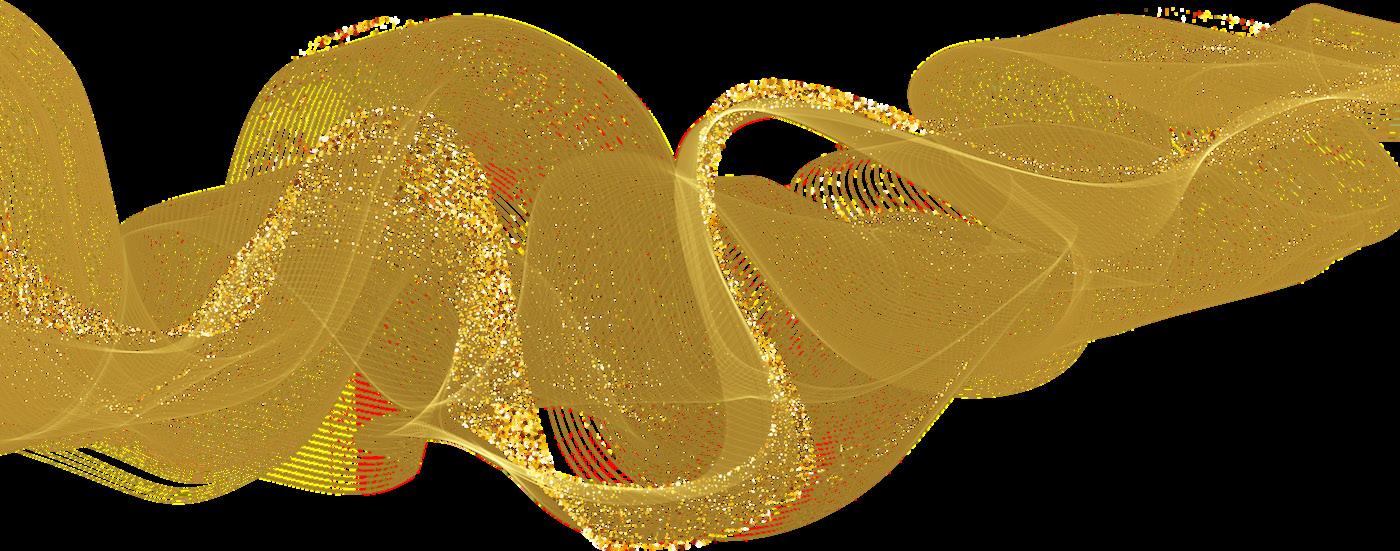

Join us for an unforgettable evening inducting our 2026 BIASC Chair & Regional Board, Chapter Presidents & Boards, 2025 Hall of Legends & More THURSDAY, SEPTEMBER 11, 2025 6:00PM
Crystal Ballroom Renaissance Esmeralda Resort & Spa Indian Wells
BIASC Member Tickets: Early Bird - $199 | After July 15th - $209
Non-Member Tickets: Early Bird - $229 | After July 15 - $255 th

BIASC Member Table of 10: Early Bird - $2000 | After 15 - $2100 th
Non-Member Table of 10: Early Bird - $2300 | After July 15 - $2600 th

REGISTER AT BIASC.ORG
Please contact lsalgado@biasc org for inquiries

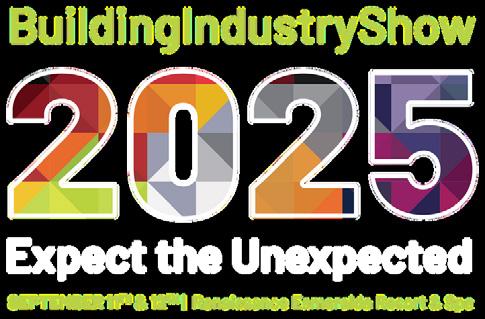
Sinatra Sinatra
Estate
Estate Tour Tour
WINE WINE
Tasting Tasting & &

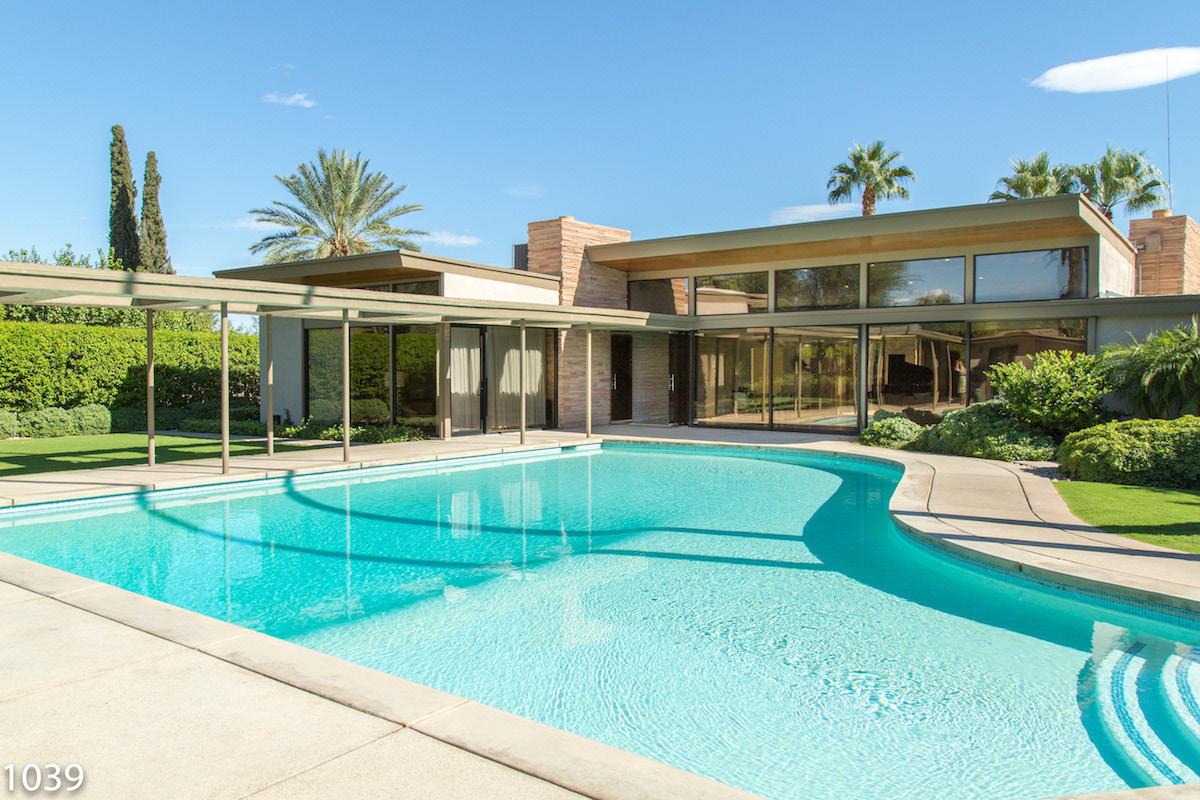
BIS Exclusive Event: Tour the iconic Sinatra Estate in Palm Springs and enjoy a relaxing lunch before heading to Fortun’s Kitchen + Bar for wine tasting!
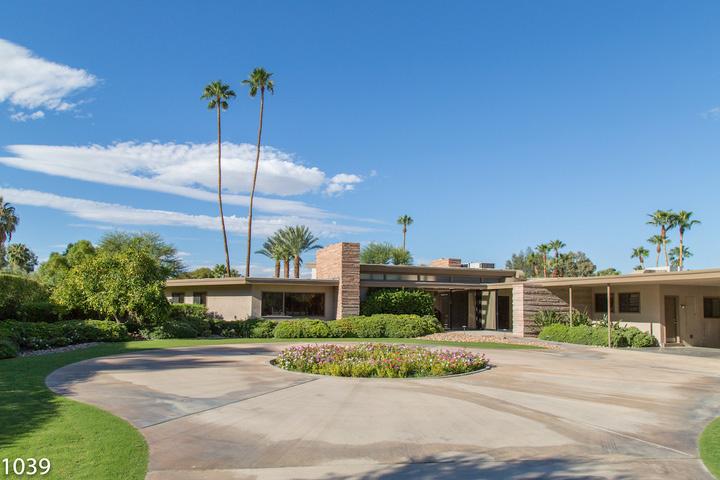
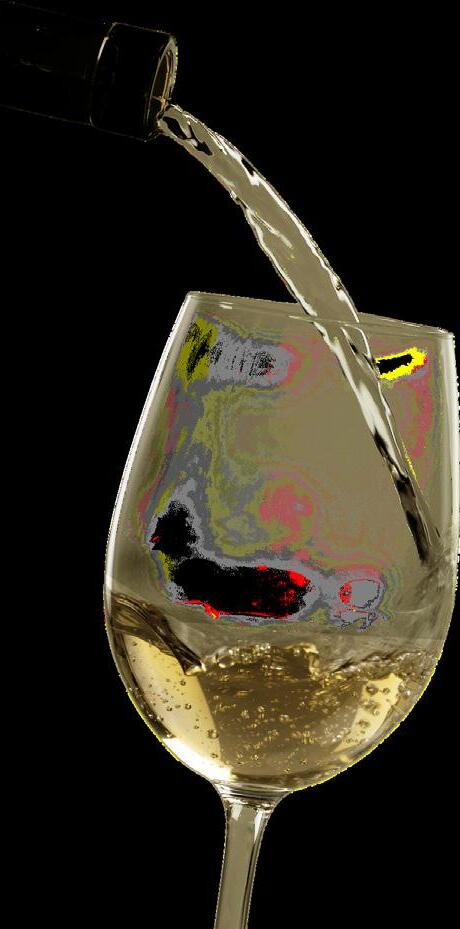
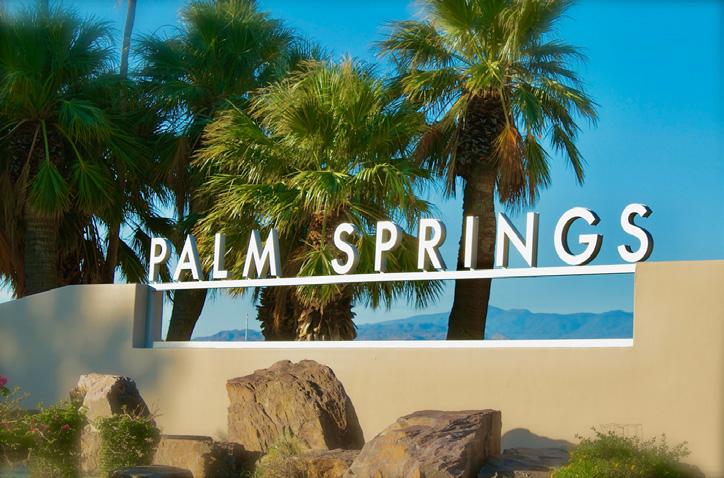
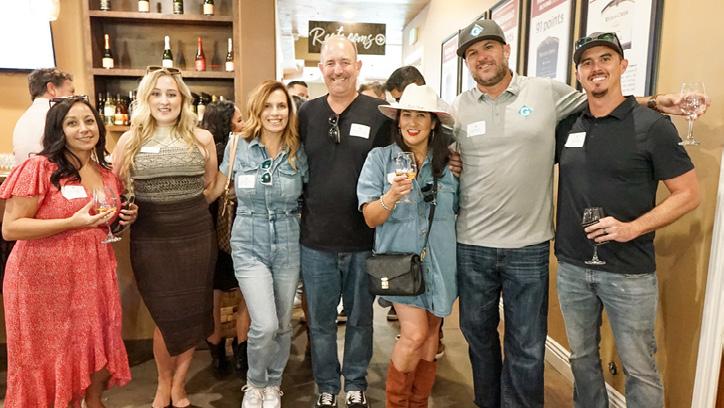
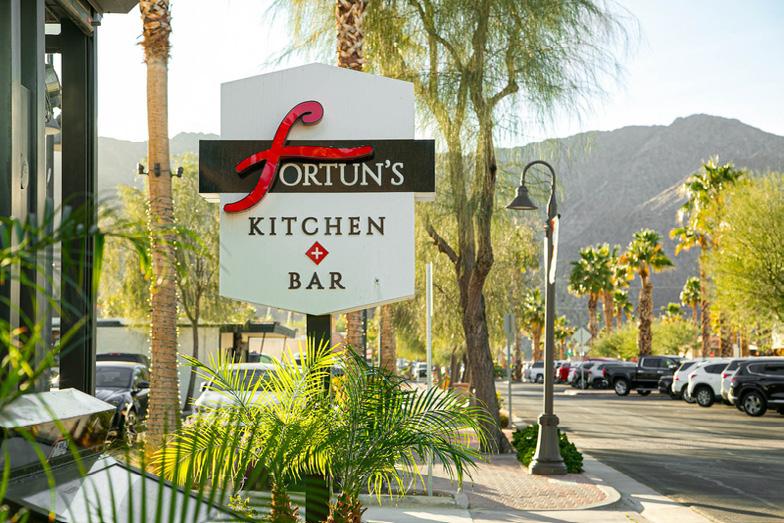
THURSDAY, SEPTEMBER 11, 2025
BIASC Member - $190 | Non Member - $230
SPONSORSHIPS
Presenting Sponsor - $2150 - (4) tickets and logo on marketing
Supporting Sponsor - $1250 - (2) Tickets and logo on marketing
Reserve your tickets today at: buildingindustryshow.com
SINATRA ESTATE TOUR & WINE TASTING SCHEDULE
11:30am - Coach bus picks up guests from Renaissance Esmeralda
12:00pm - Arrive at Sinatra Estate for guided tour and light lunch
1:45pm - Depart Sinatra Estate for Fortun’s Kitchen + Bar
2:00pm - Arrive at Fortun’s Kitchen + Bar
3:45pm - Depart for Renaissance Esmeralda
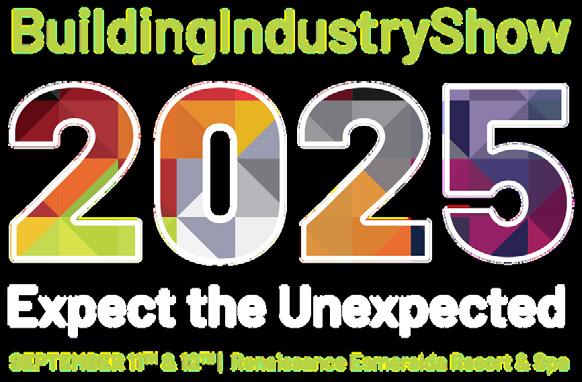
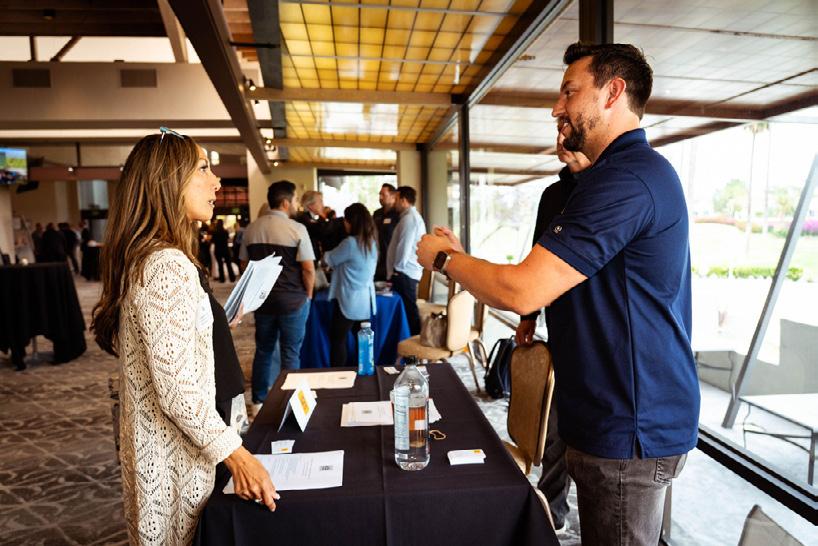



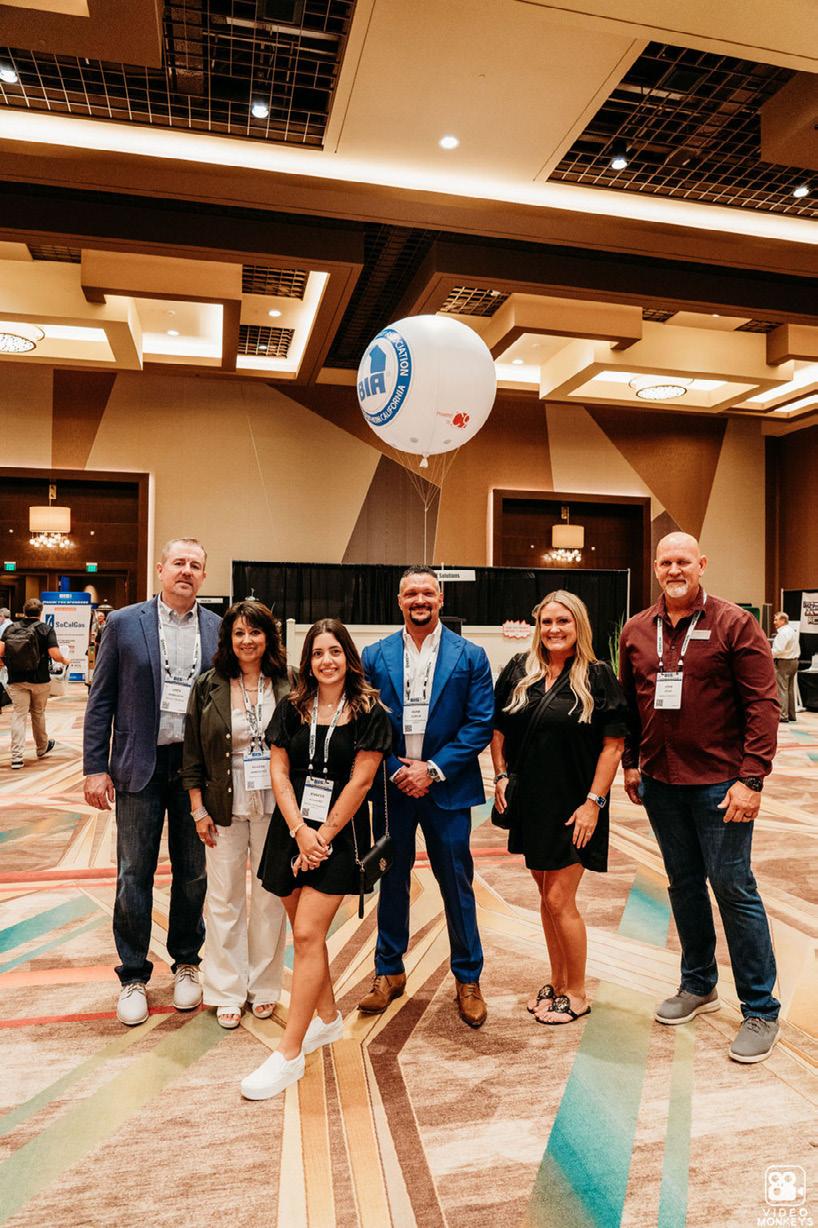

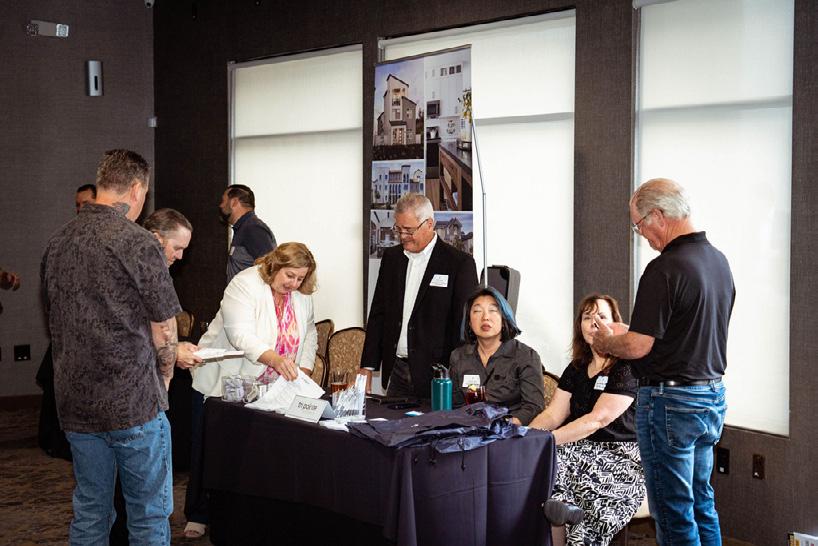


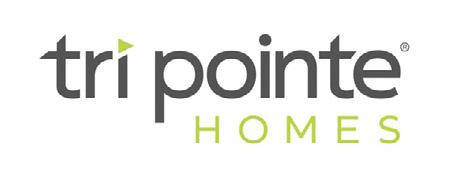

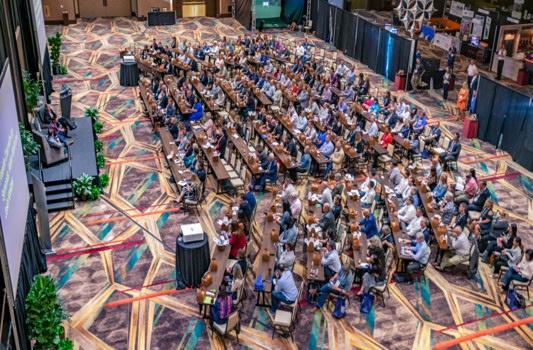


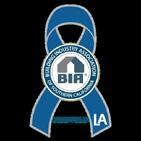
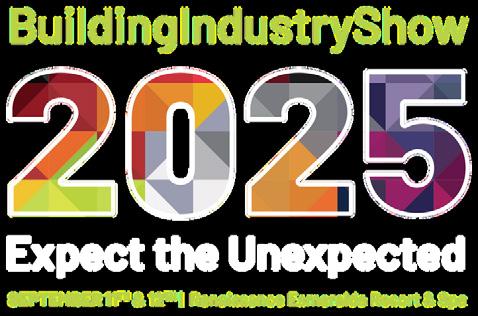

THURSDAY, SEPTEMBER 11, 2025
THURSDAY, SEPTEMBER 11, 2025
6:30AM 2:30PM

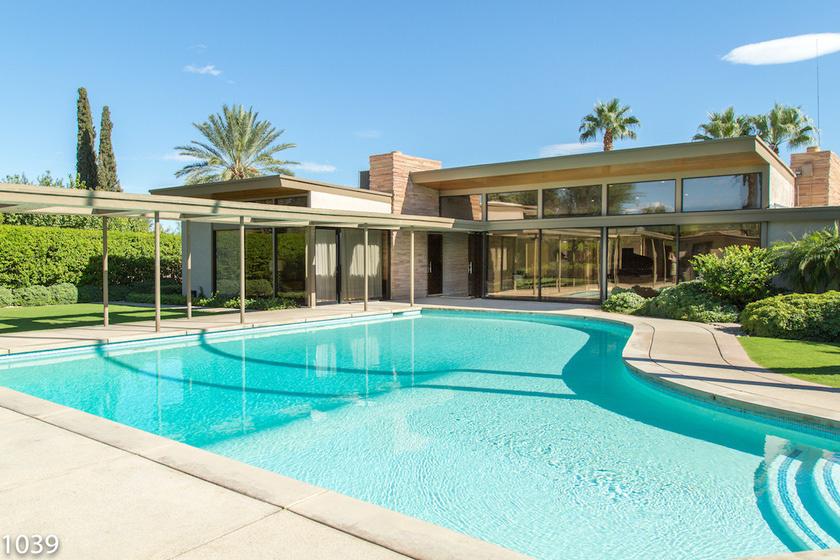


SINATRA WINE TOUR IN PALM SPRINGS RENAISSANCE ESMERALDA RESORT & SPA TOUR THE ICONIC SINATRA ESTATE BEFORE HEADING TO THE HALL TASTING ROOM FOR WINE TASTING 6:00PM - 9:00PM
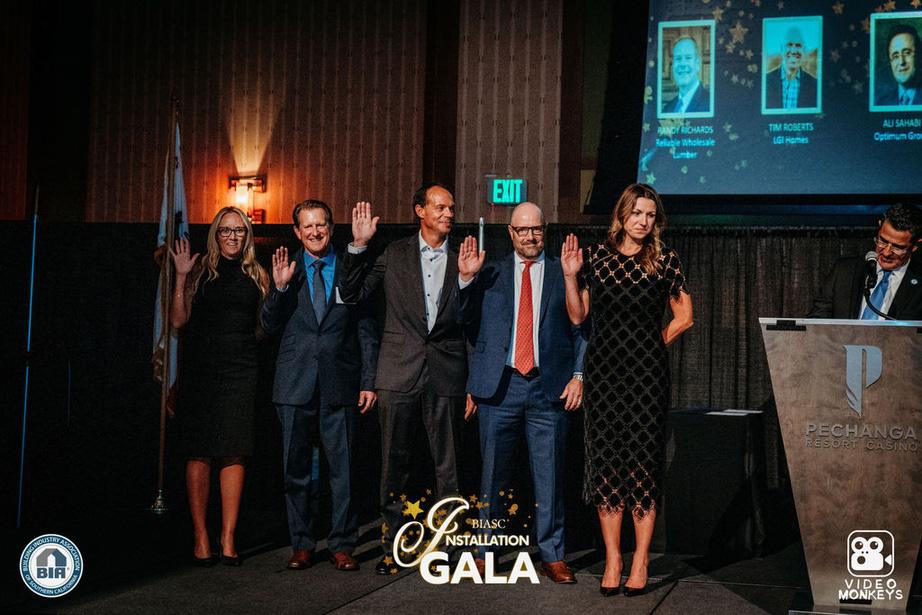


BIS SCHEDULE BIS SCHEDULE
FRIDAY, SEPTEMBER 12, 2025
FRIDAY, SEPTEMBER 12, 2025
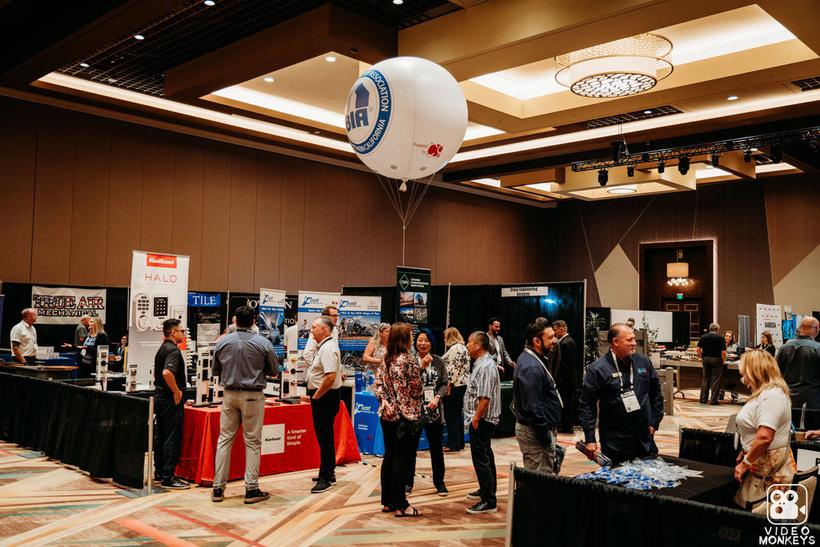

BUILDING INDUSTRY ASSOCIATION EXHIBITOR SHOW FLOOR RENAISSANCE ESMERALDA RESORT & SPA
3:00PM-5:00PM
BIASC REGIONAL, COACHELLA VALLEY, AND INLAND EMPIRE CHAPTERS INSTALLATION GALA RENAISSANCE ESMERALDA RESORT & SPA CRYSTAL BALLROOM 9:00AM-4:00PM

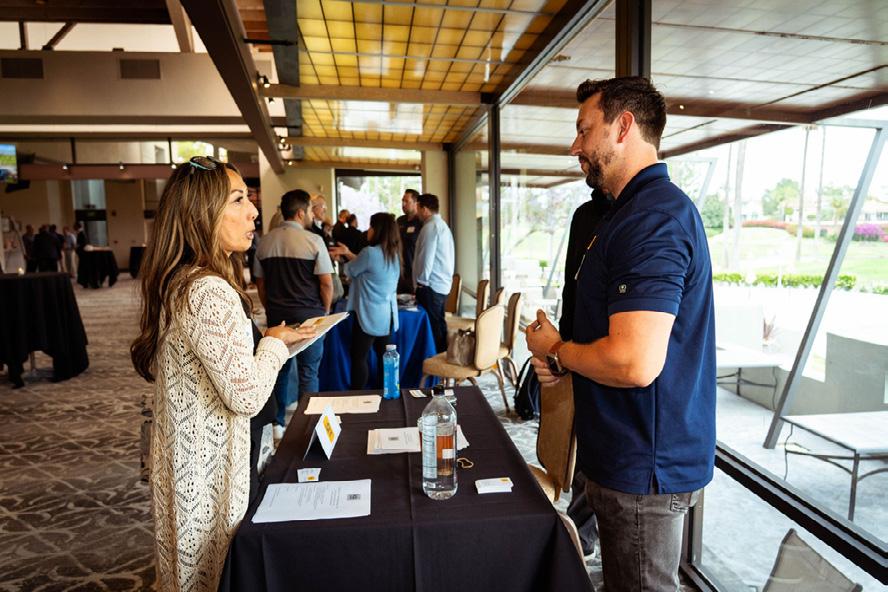



MEET THE BUILDER -*BIASC MEMBERS ONLY TICKETED EVENT REQUIRING SHOW FLOOR PASS RENAISSANCE ESMERALDA RESORT & SPA 5:30PM-10:30PM BIS SHOW WRAP UP PRE-CONCERT PARTY & BILLY IDOL & JOAN JETT CONCERT ACISURE ARENA
THE BUILDING INDUSTRY SHOW Mini

HONORING EXCELLENCE. CELEBRATING MASTERPIECES.
Celebrate the innovation, creativity, and excellence in our industry. Showcase your finest work, honor your team’s remarkable achievements, and take your place in the spotlight.
Saturday – November 8, 2025
The Westin Resort of Anaheim 5:00pm-9:00pm
Tickets: GSMC Members: $175 | BIASC Members $195 | Non-Members: $235
Attire: Be elegant. Be bold.
EARLY ENTRY: September 1
GSMC Members: $225 per entry
BIASC Members: $275 per entry
Non-Members: $450 per entry

LAST CALL ENTRY: September 22
GSMC Members: $325 per entry
BIASC Members: $375 per entry
Non-Members: $525 per entry
Save the Date 2025 BIASC EVENTS
July 15
July 16
July 16
April 1 7
July 18
BIA Riverside County Chapter Government Affairs Workshop
BIA Riverside Chapter Golf Tournament
CSBC - Summer Mixer
Monday, April 17, 2023
Temecula Creek Golf Club
BIAOC NextGen Mentorship Wrap Up
July 17 SAGE Breakfast
BIASC Advanced Mechanics Lein Webinar
BIASC Greater Sales & Marketing Council Networking Event
July 22 BIA Inland Empire Emerging Leaders Site Tour at Eastvale Square
July 23
August 8
August 13
April
August 14
August 20
2 0
August 26
August 28
August 28
August 28
April 1 9 May 8
September 10
Wednesday, April 19, 2023 To Be Announced
BIAOC Chapter Model Home Tour - Orchard Hills
BIASC Southern California Water Conference
BIASC Greater Sales & Marketing Council Summer Social
BIASC Special Evening with Industry Leaders
CSBC - HOA Best Practices
Thursday, April 20, 2023 Richard Nixon Presidential Library
BIA Riverside County Chapter Wine Event Wilson Creek
BIA Los Angeles/Ventura Chapter Dodgers vs Reds
BIA San Bernardino County Chapter Government Affairs High Desert Virtual Forum
BIA Orange County Chapter Golf Tournament
BIAOC NextGen Cornhole/Pickleball Tournament
Monday, May 8, 2023
Cota de Caza Golf & Racquet Club
BIA Coachella Valley Chapter Summer Networking Event at Drifters Bar
GSMC Virtual Discussion
September 11-12
September 11
June 1
2025 Building Industry Show
BIA San Bernardino County Chapter & BIA Riverside Chapter Joint Top Golf Event
BIASC 3rd Annual Builders vs. Associates Golf Tournament
September 11 BIS Sinatra Wine Tour in Palm Springs
September 11
BIASBC & RC Joint Top Golf Event Top Golf in Ontario
BIASC Regional, Coachella Valley, and Inland Empire Chapters Installation Gala
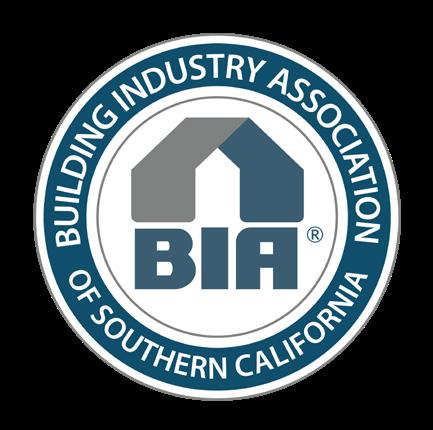
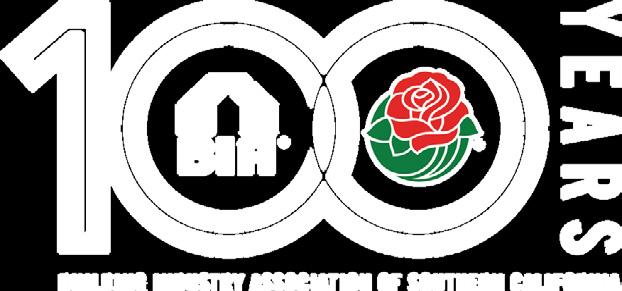
September 12
September 12
June 9
BIS Meet the Builder
BIA Orange County Chapter Women in Leadership Conference
BIS PRE-Concert Party and Billy Idol & Joan Jett Concert
Friday, June 9, 2023
City National Grove of Anaheim

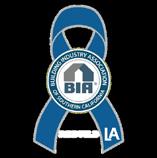

BIAOC MODEL HOME TOUR

WEDNESDAY, JULY 23RD
4:00 - 7:00PM
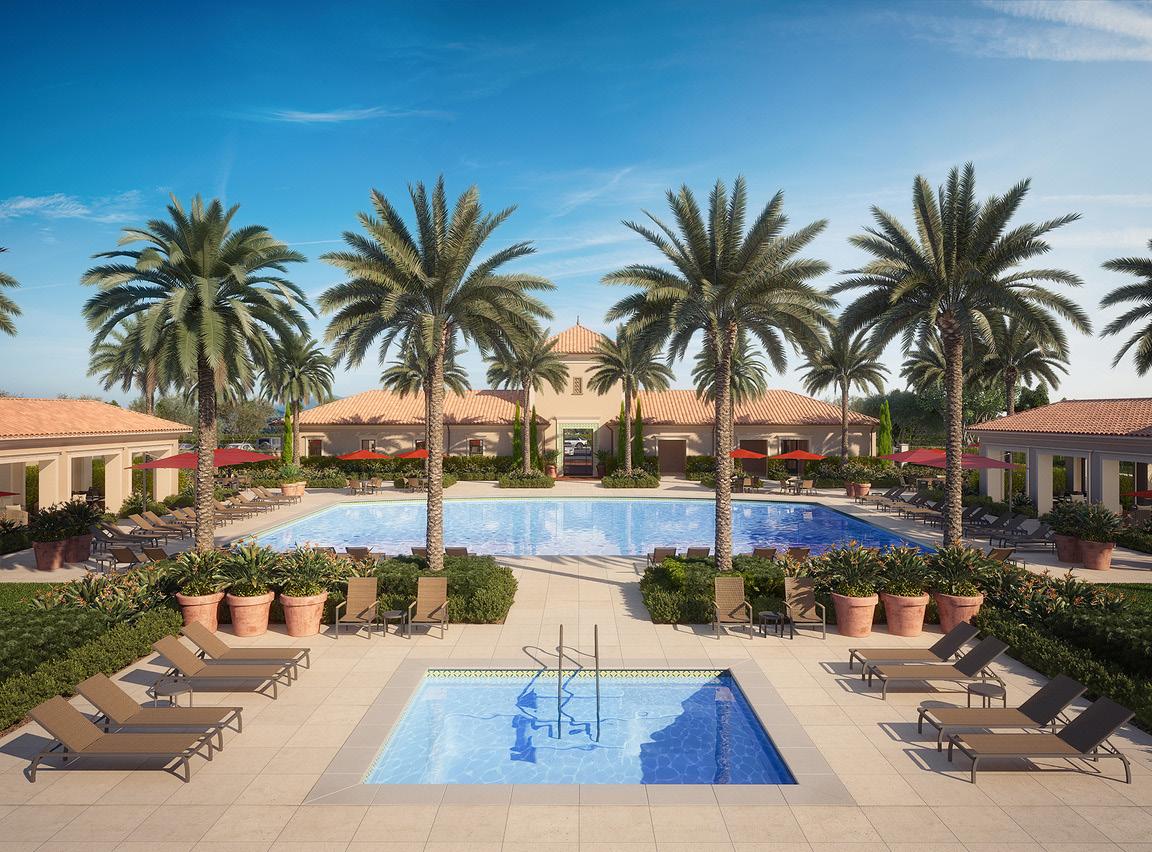
REGISTRATION AND
Tour These Neighborhoods
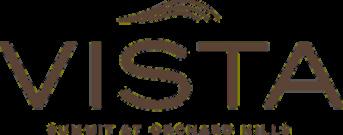

REGULAR RATE
BIASC Members: $78
BIASC Builder Members: $65
NextGen Members: $48
Non-Members: $108

LATE REGISTRATION - 7/8
BIASC Members: $88
BIASC Builder Members: $75
NextGen Members: $58
Non-Members: $118
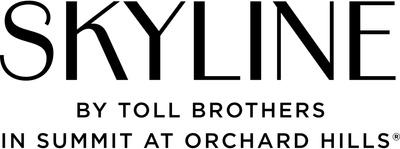


Sponsorships
Model Tour Sponsor: $750 Includes 4
Supporting Sponsor: $450 Includes 2 tickets, company name on all marketing and signage
Save the Date 2025 BIASC EVENTS
September 17
BIASC PAC Gala
BIA Riverside Chapter Golf Tournament


September 19
BIASC Mechanics Lien Webinar
Monday, April 17, 2023
Temecula Creek Golf Club
September 26 BIA Orange County Chapter Annual Softball Tournament
April 1 7
September 27
BIASC Greater Sales & Marketing Council SoCal MAME Awards 2025
BIASC Greater Sales & Marketing Council Networking Event
October TBA BIA Orange County Chapter BITA Wine Event
Wednesday, April 19, 2023 To Be Announced
October 1 BIA Riverside County Chapter Government Affairs Workshop
October 3 BIA Orange County Chapter Government Affairs/ Educational Series Workshop
BIASC Special Evening with Industry Leaders
October 9 BIA Riverside County Chapter & BIA San Bernardino County Chapter Summer Event & IE Emerging Leaders Cornhole Tournament
April 2 0
October 22
October 23
October 24
October 29
Thursday, April 20, 2023 Richard Nixon Presidential Library
October 22 BIAOC NextGen Evening Buzz/GA Workshop
CSBC - Volunteer Opportunity
BIASC SAGE 55+ Housing Council SAGE Think Tank
BIA Orange County Chapter Golf Tournament
BIASC Advanced Mechanics Lien Webinar
Monday, May 8, 2023
GSMC Roundtable Discussion
Cota de Caza Golf & Racquet Club
November 3 BIA Los Angeles/Ventura Chapter Trap Shoot Tournament
November 6 BIA Coachella Valley Chapter Annual “Shots in the Night” Golf Networking Event
BIA San Bernardino County Chapter & BIA Riverside Chapter Joint Top Golf Event
November 14 BIA Orange County Chapter Installation Gala
April 1 9 May 8 June 1
November 19
BIASBC & RC Joint Top Golf Event Top Golf in Ontario
BIASC Greater Sales & Marketing Council Women’s Leadership Breakfast
November 20 BIA Los Angeles/Ventura Chapter Installation Gala
BIA Orange County Chapter Women in Leadership Conference
December 3 Joint IE BIA Riverside County Chapter & BIA San Bernardino County Chapter Elected Official Reception
Friday, June 9, 2023
City National Grove of Anaheim June 9

John Martin: Saying Goodbye to an Industry Legend
By Steve Ladurantaye and Mollie Carmichael
May 22,
2025
As originally featured on BuilderOnline.com
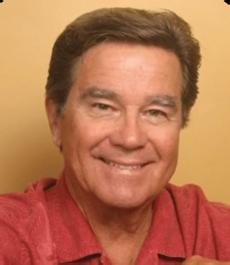
John Martin was a legend in the home building industry. A respected leader, relentless student, and beloved mentor, his story is one of humble beginnings, tireless effort, and a deep commitment to excellence. He shaped the home building world as we know it.
Martin died May 20 after a short battle with cancer. He was 90 years old.
Born in 1934 in Los Angeles County, his journey began with adversity. After losing his father at 13, he was thrust into a world that demanded resilience and grit. He met the challenge, earning a full athletic scholarship to UCLA as a track star. Things got more complicated as Martin balanced higher education with supporting a young family.
To make ends meet, he painted cars six days a week, spending 10 hours a day under cars and over concrete. That grueling experience became a defining motivation.
“We didn’t have much money. I had to quit college twice. I had crazy jobs where I worked on assembly lines, unloading boxcars,” he told Zonda Advisory principal Mollie Carmichael in a podcast. “And what occurred to me was, there are a lot of people who are stuck in those jobs for their entire lives. So, I’m going to go back to school, and I’m going to graduate, and I’m not going to have to be in that kind of situation.”
An Introduction to Sales
After graduating from UCLA, now a husband and father, Martin entered the home building industry—not by design, but by necessity. He began as a salesperson in a new-home neighborhood. What set him apart wasn’t just his talent for sales, but his deep curiosity and hunger to understand what home buyers truly wanted.
It was then that he learned the importance of research in achieving success. He immersed himself in consumer research, a move that quickly caught the attention of leadership and launched him into marketing and strategy roles that would define the rest of his career.
His first formal market study, rooted in real consumer insights, proved to be a pivotal moment. It led to a role with industry icon Sandy Goodkin, expanding Martin’s influence and introducing him to legendary figures like Donald Bren, William Lyon, and the Deane Brothers. Not long after, Bren recruited John to the Mission Viejo Co., where he helped shape the strategic vision behind Lake Mission Viejo and the surrounding master plan.
“I took the initiative to survey my buyers, called the Green Hills report, and John Lusk started saying, ‘I got this guy that does market studies.’ Well, I’ve done one, you know, then, but that changed the entire trajectory of my career to get into research and marketing, which I did. And then that led to a lot of significant jobs here that I’ve had in my career.”
Martin’s influence extended to other industry giants, including Jim Peters at the JM Peters Co.; Lyon at William Lyon Homes; multiple divisions at The Irvine Co. with Bren once again; and Richard Reese and Tom Lee at Valencia.
“John’s impact on the industry, and particularly through his strategic leadership at The Irvine Co., cannot be overstated. He helped shape not just communities, but the future of real estate development itself. His intellect, integrity, and forward-thinking approach set a high standard, and his influence will be felt for generations,” said Zonda CEO Jeff Meyers.
A Research Pioneer
Martin was more than a behind-the-scenes force—he was a national thought leader. Over the years, he delivered more than 200 presentations across the country and earned nearly every major award in the home building industry, to the point
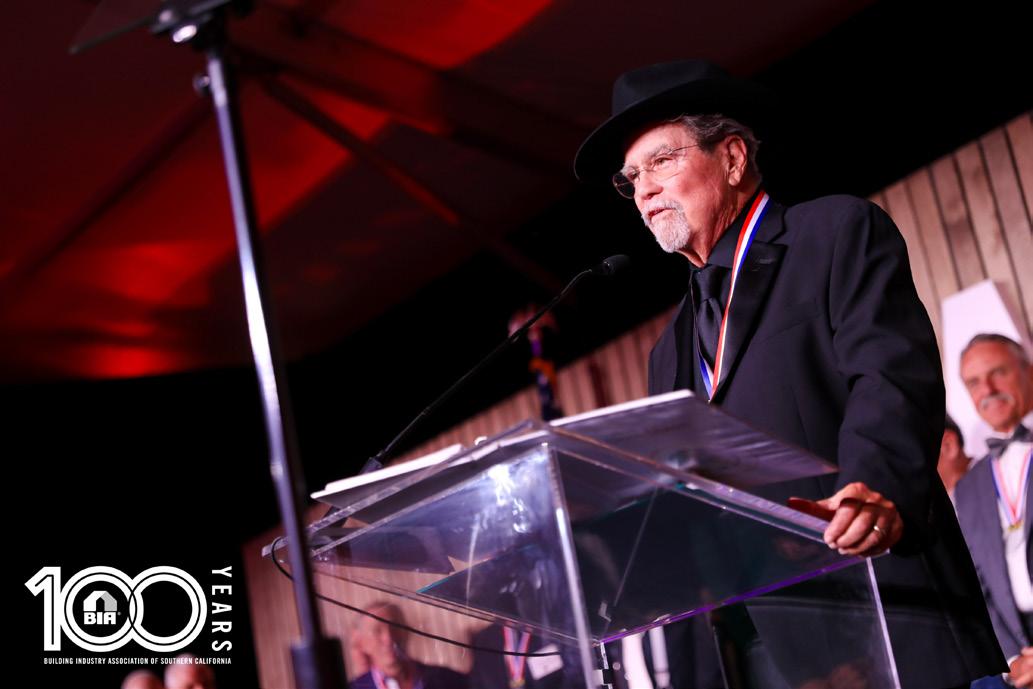
where they could tell a story of their own. Later in his career, he dedicated himself to teaching, sharing his acclaimed “33 Guiding Principles” with students at USC and UC Irvine Extension.
A pioneer in integrating consumer research into residential development, he championed segmentation, strategic master planning, and product design based on how people truly live. His research-driven approach helped guide key innovations, including Lennar’s multigenerational housing strategy, and improved the livability and profitability of communities nationwide.
“Though some have attributed John’s success to natural talent, those who know him best understand it was his tireless work ethic, intellectual curiosity, and humility that truly set him apart,” said Carmichael. “He approached every project as a student, gathering data, listening closely, and always striving to create places that felt like home.”
Martin described himself as a “community creator”—and rightly so. But those who know his story would say that title doesn’t quite capture the full scope of his life’s impact. He hasn’t just built communities; he’s built people, careers, and a legacy of values that live on in every corner of the industry.
“More than his professional achievements, John will be remembered for his wisdom, humility, and generosity. He was a mentor to many and a steady force in an ever-changing landscape,” Meyers added.
With a career spanning over 60 years, Martin was more than a success story. He was a mentor, a model of authenticity, and an enduring voice of wisdom and leadership. He led by listening, learned with humility, and valued people above all else.
And for all of that, we valued him deeply. After spending a series of in-depth conversations reflecting on his life and work, he offered three “guiding principles” he hoped future generations would carry forward:
Consistently go beyond what is expected—extra effort brings meaningful rewards.
Respect the differences in others—our diversity strengthens us.
Lead with kindness—how we treat people defines who we are.
“John was a gift to the home building industry and anyone who knew him,” said Zonda chief advisory officer Timothy Sullivan. “He was a lifelong learner who was always looking for ways to make communities more livable and homes more engaging. He was a teacher and a student, a friend and a family member, and he had a deep and abiding love for this industry. From the first time I met him in the 1980s in his ‘Master Plan Class’ to the last time I saw him a few months ago, he brought this beautiful light to us.”
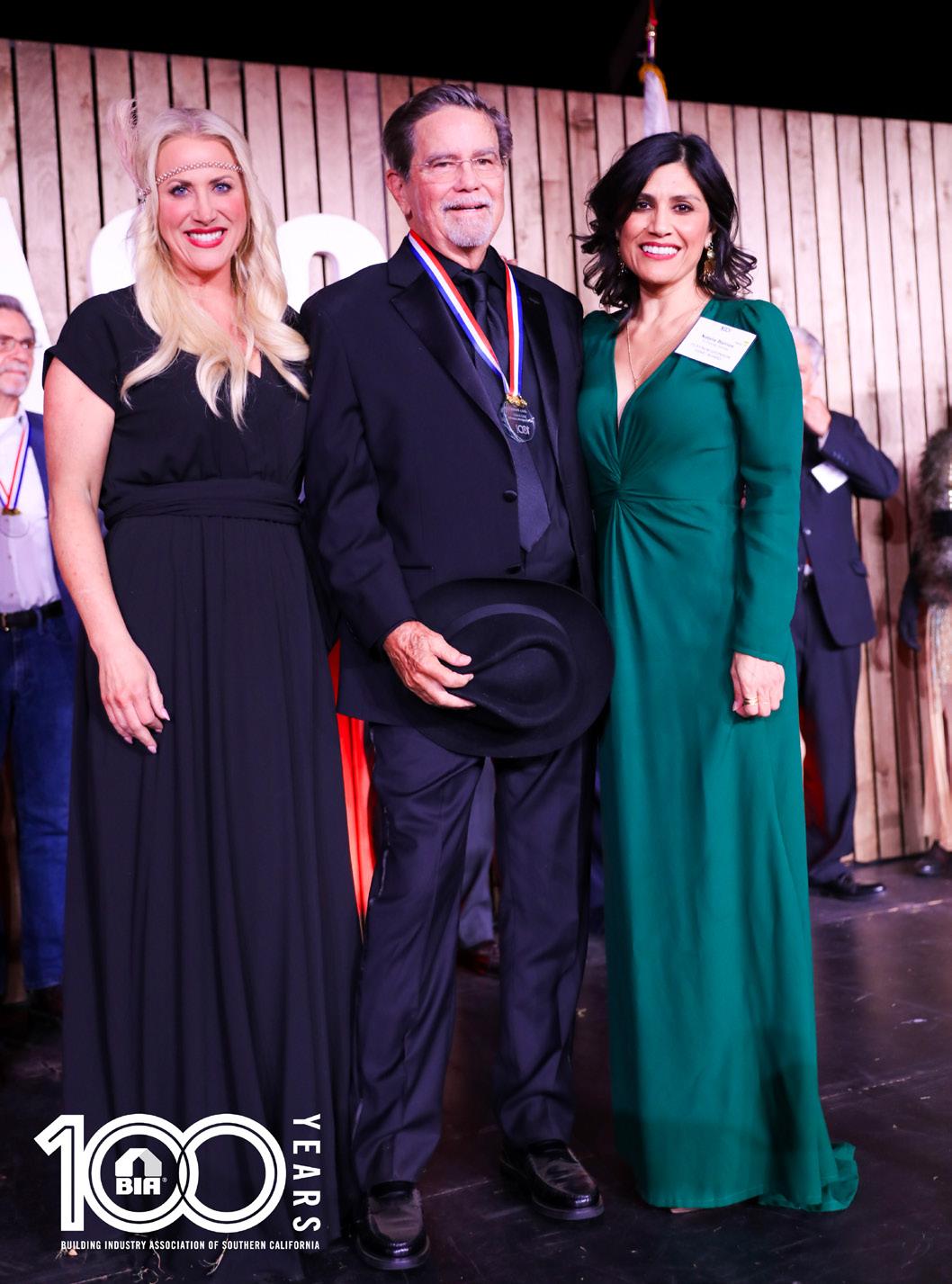
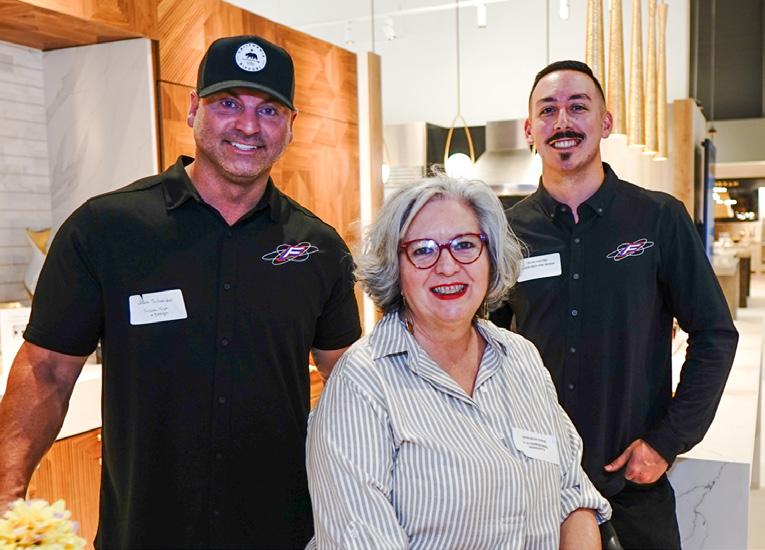
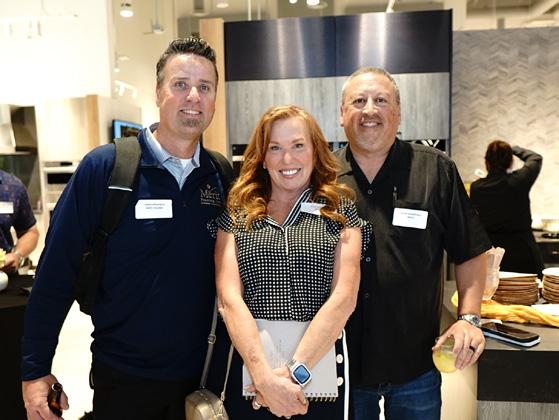
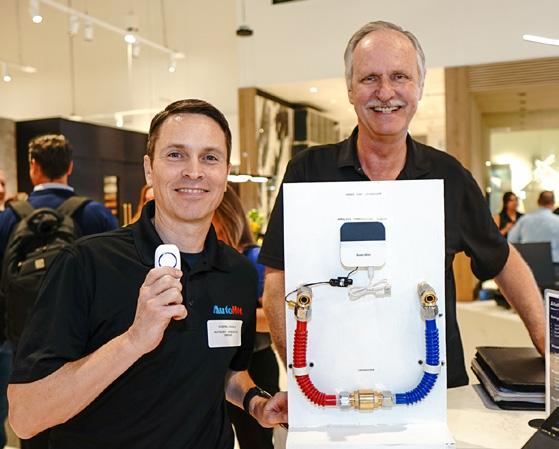
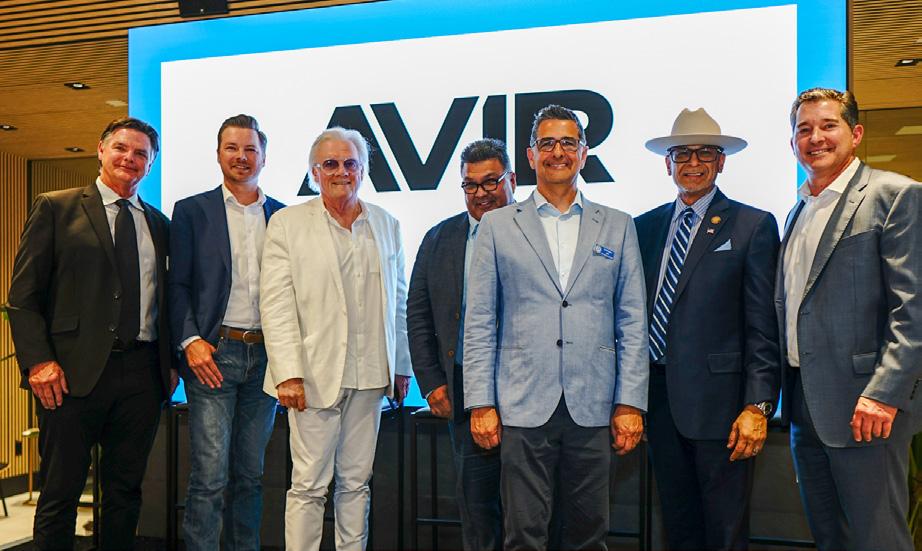
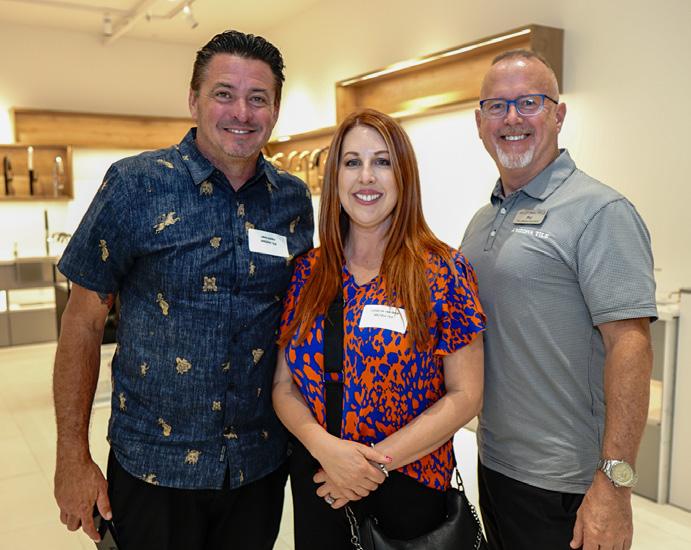
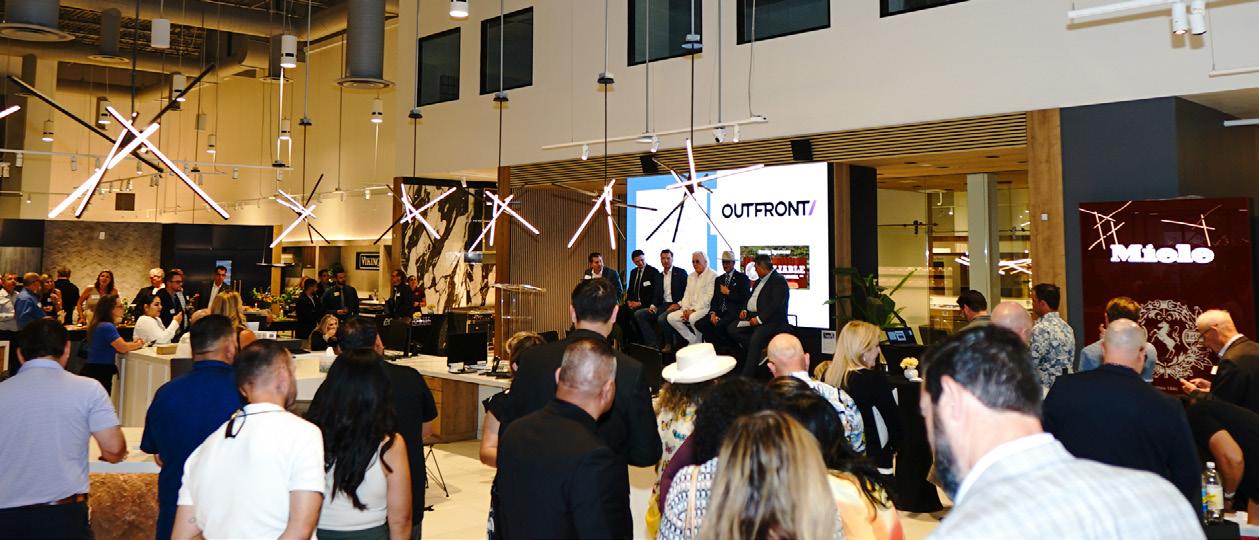
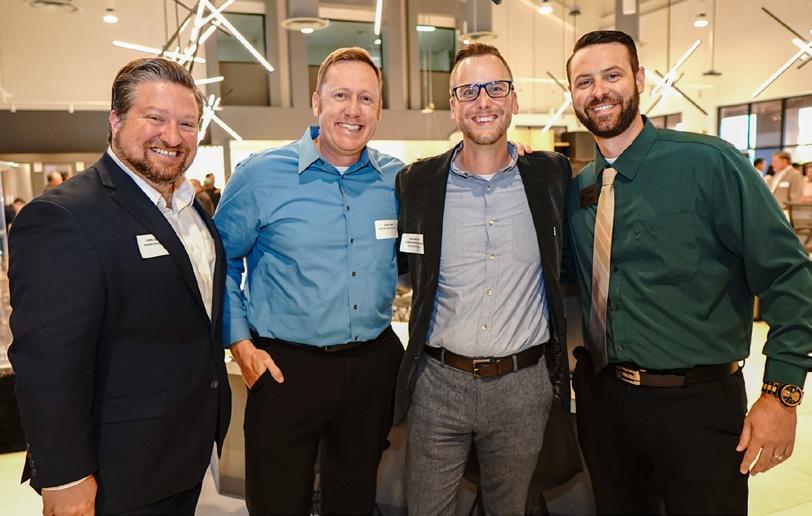

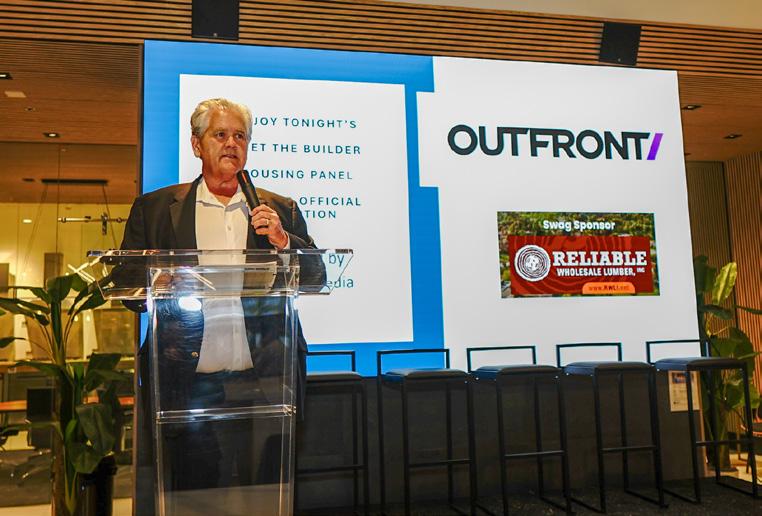

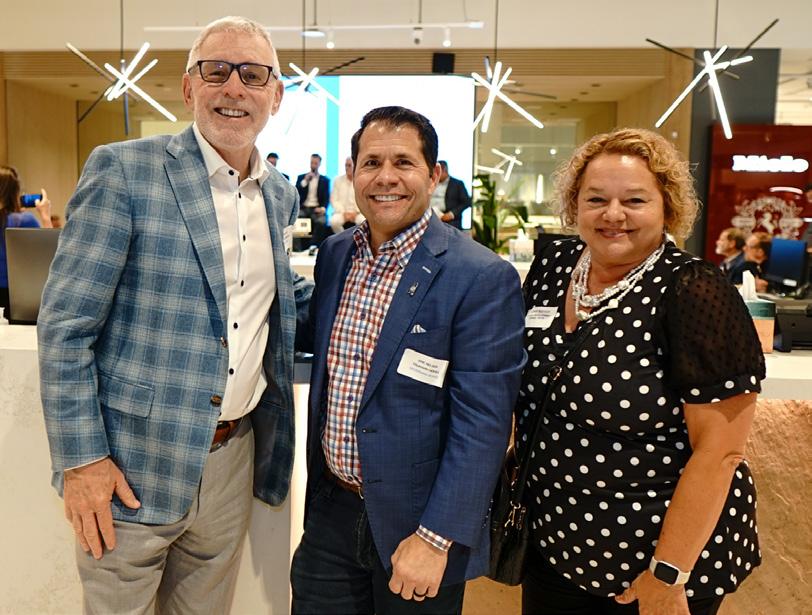
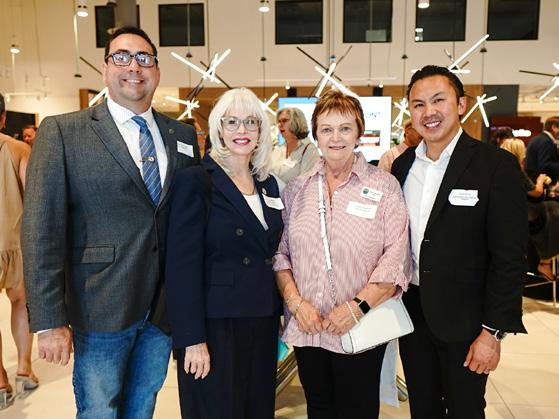
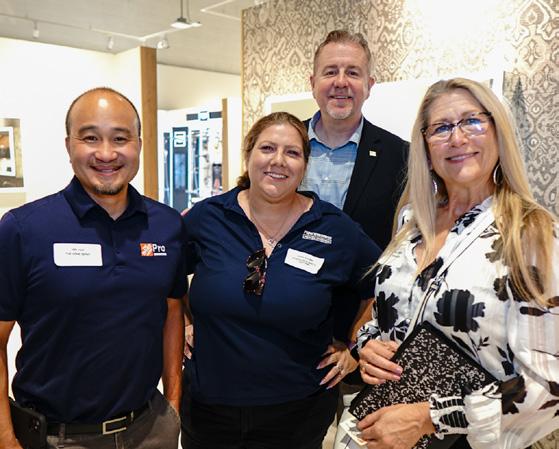
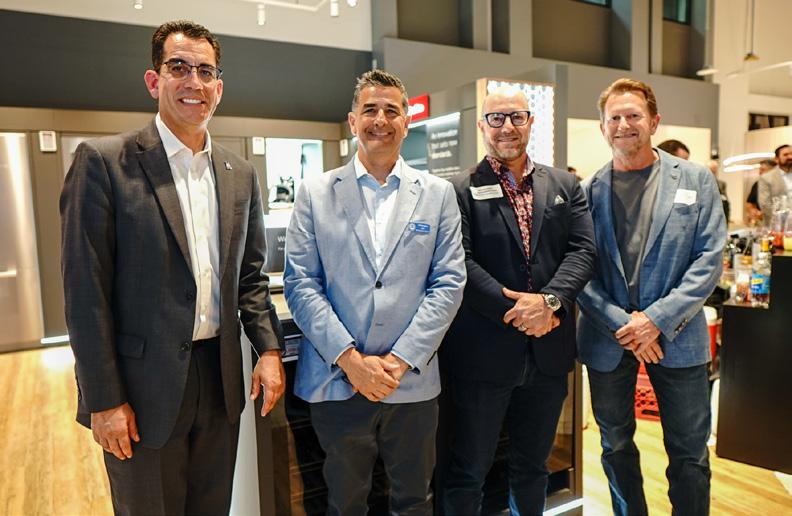
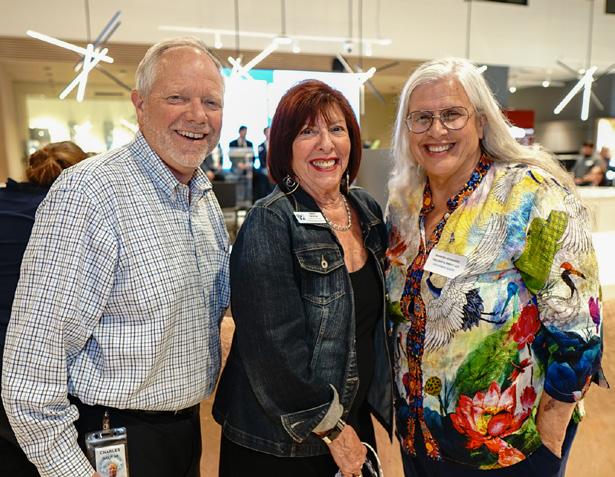
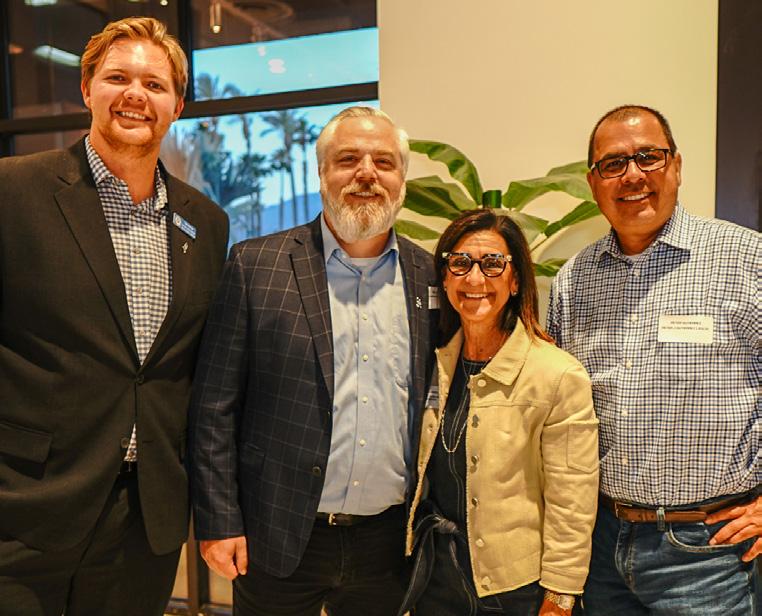
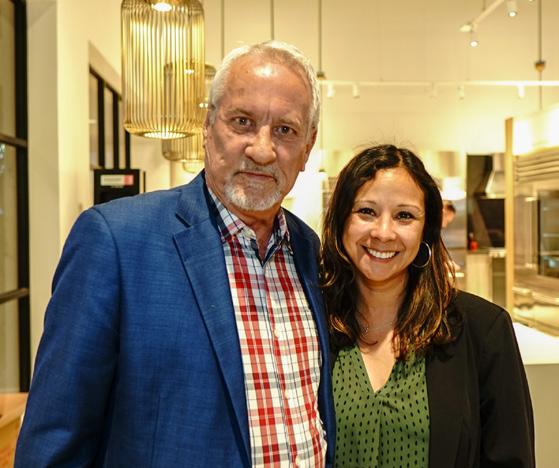
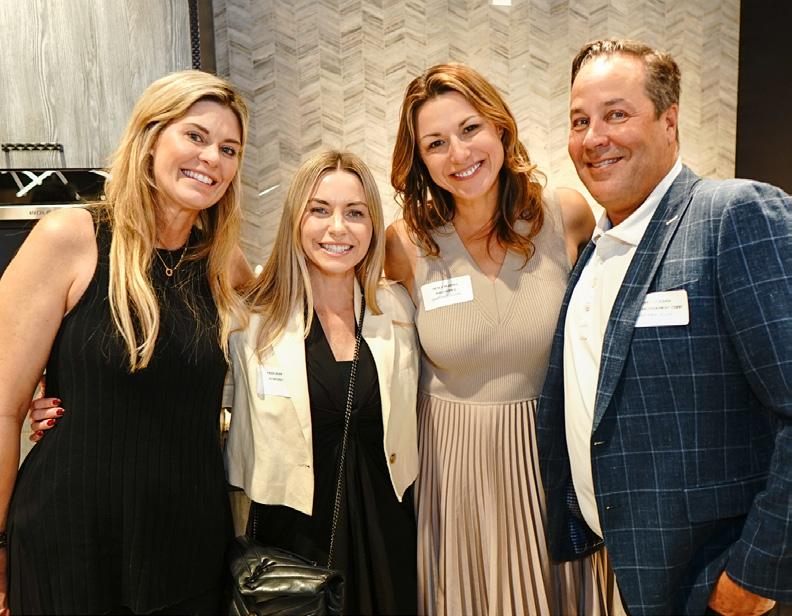
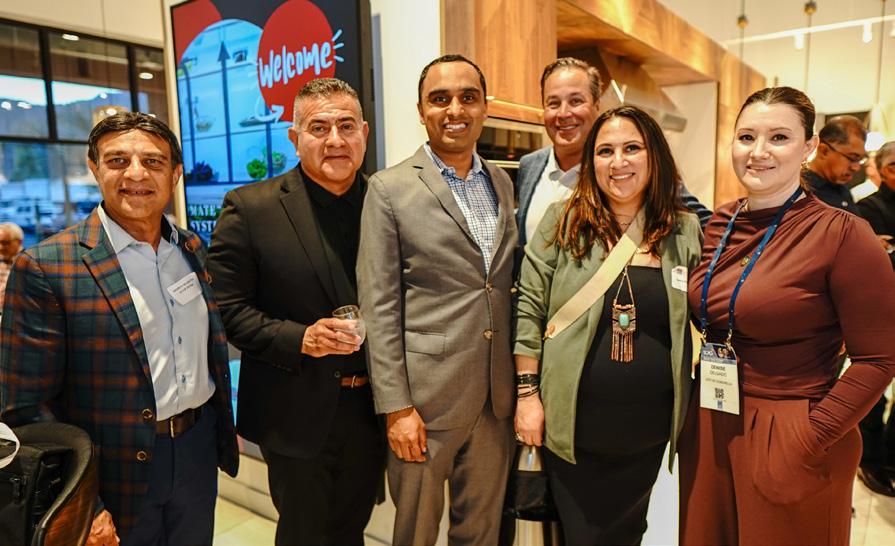
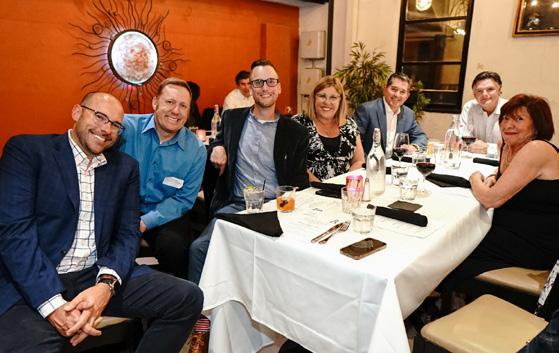
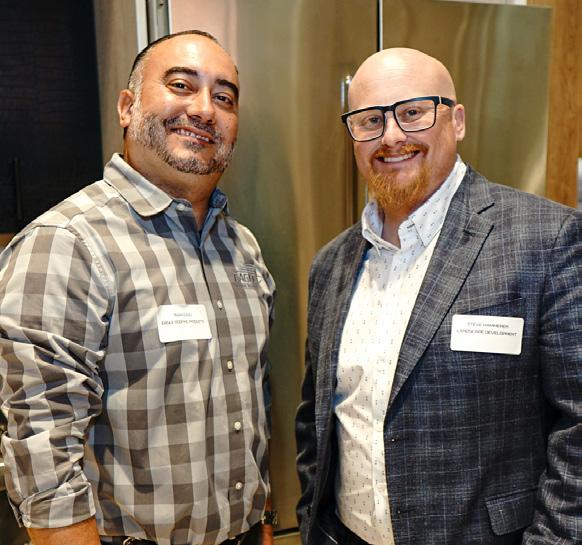
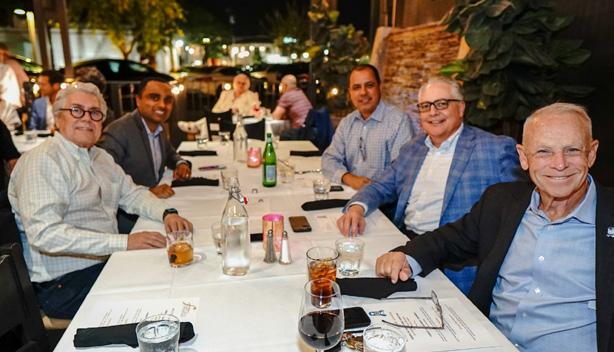
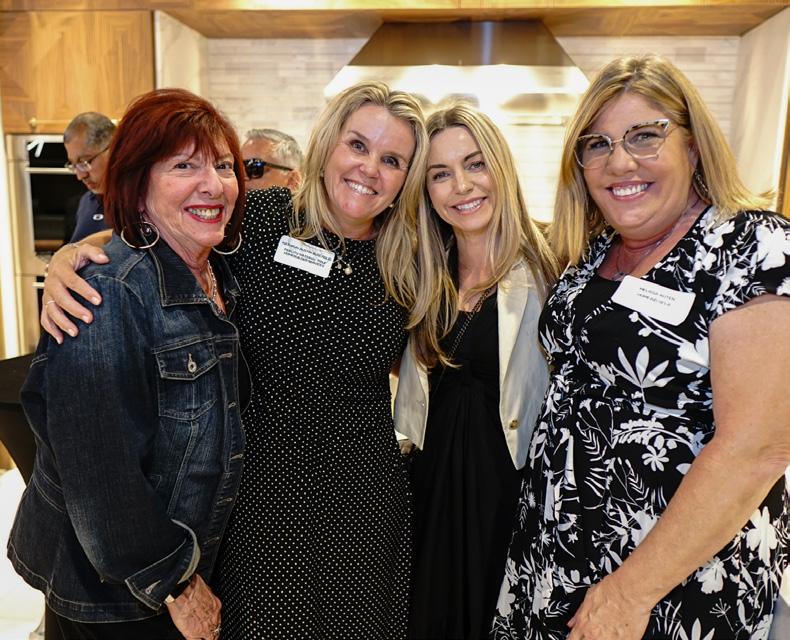
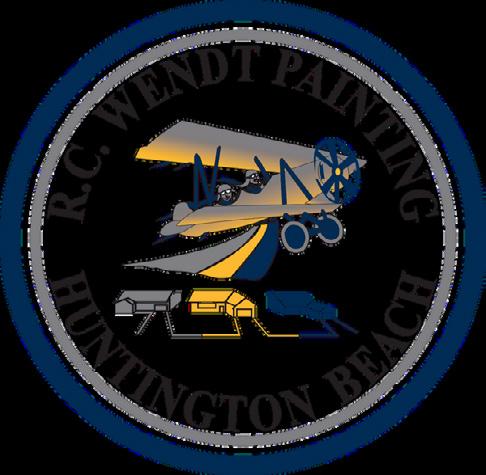
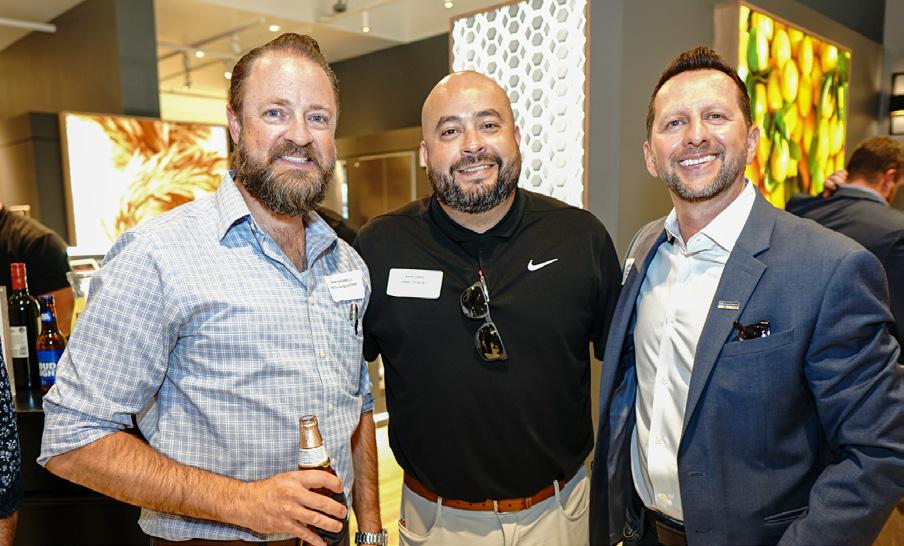


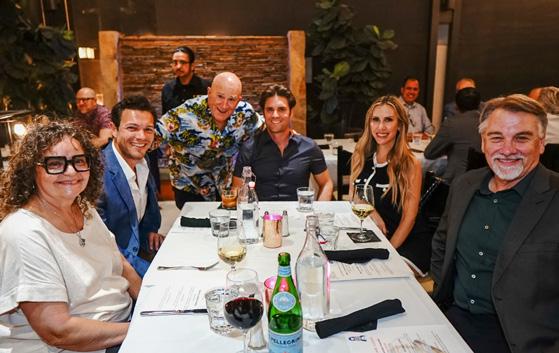
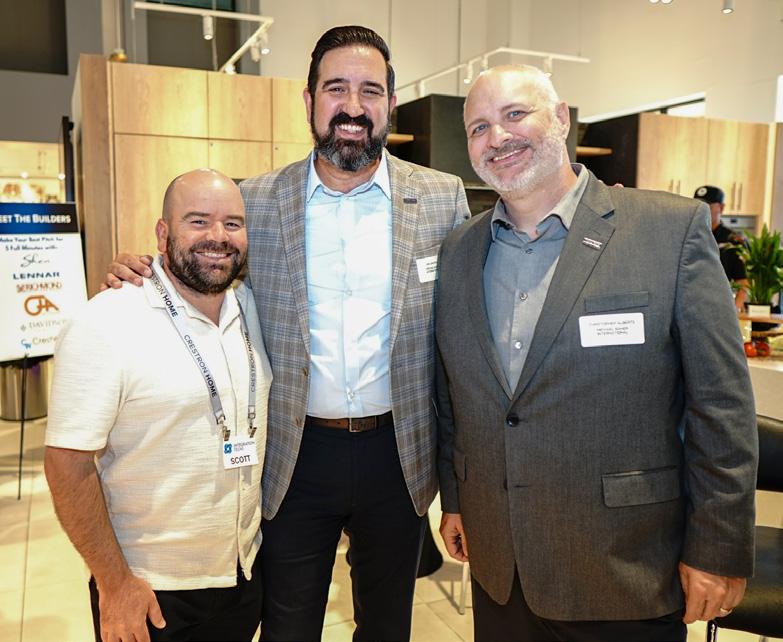
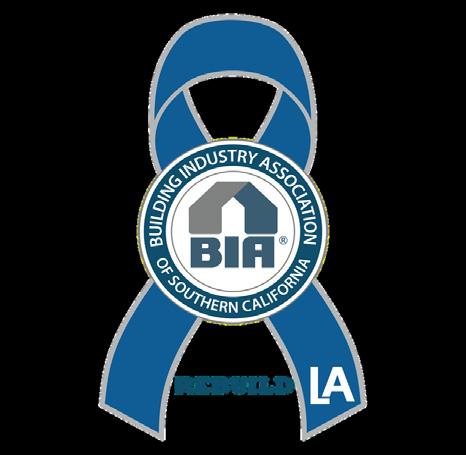
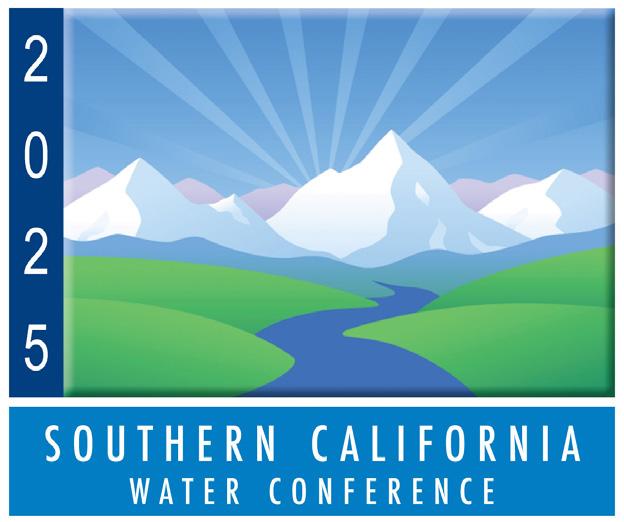

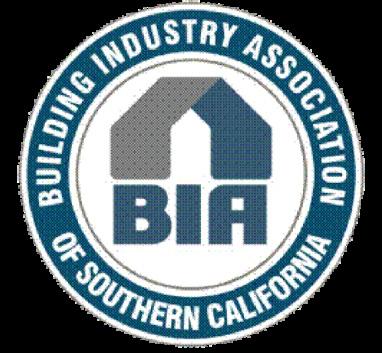
Friday, August 8, 2025 | 8:00 AM to 1:00 PM at the Double Tree Hotel in Ontario

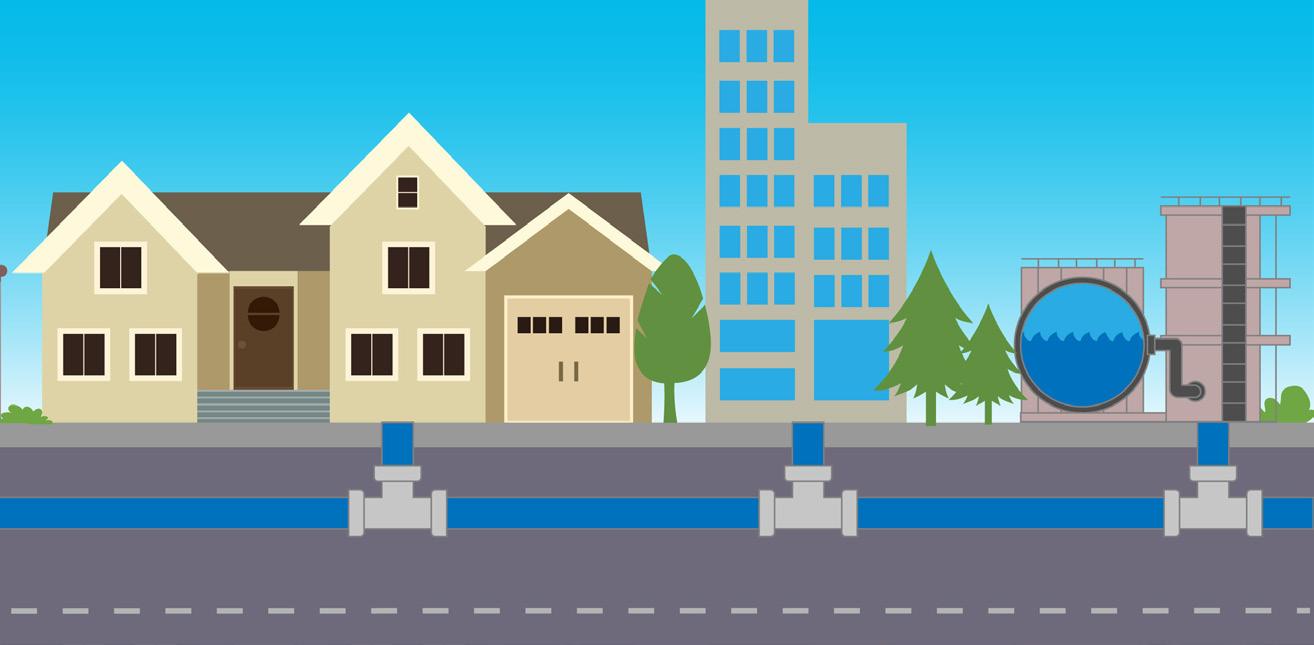
Southern California Water Conference
Friday, August 8, 2025
8:00 AM - 1:00 PM
(Networking & Continential Breakfast at 7:00 AM)
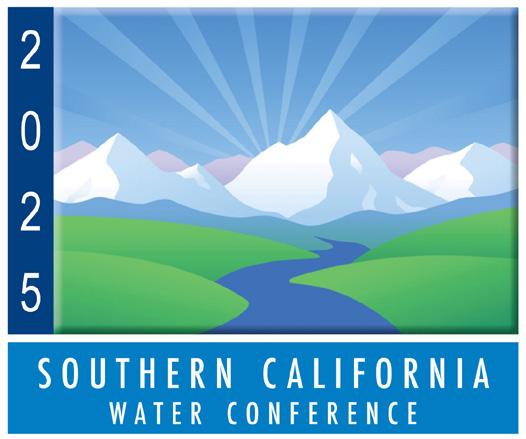
SPONSORSHIP OPPORTUNITIES
Platinum $10,000
Company logo in all materials
Listed in social media posts pre-event
Full page color ad inside cover
Recognition during the event
Twenty registrations for event
Exhibit booth
Gold $7,500
Company logo in all materials
Listed in social media posts pre-event
Half page ad in program
Recognition during the event
Ten registrations for event Exhibit booth
Silver $5,000
Company logo in all materials
Recognition during the event
Six registrations for event
Exhibit booth
Bronze $2,500
Company logo in all materials
Recognition during the event
Four registrations for event
Exhibit booth
Individual tickets $125

Lunch Sponsor $6,500 (1 available)
Recognition during the event
Ten registrations for event
Listed in promotional materials
Company logo on napkins & desert
Networking Sponsor $1,500 (1 available)
Signage in networking room
Company logo on napkins
Two (2) event tickets
Exhibitor $499
Listed in all materials
Recognition during the event
Exhibit booth
Two registrations for event
Lanyard Sponsor $250* (1 available)
Recognition from podium during the event
*Sponsortoprovidelanyardsorcoverthecosttoproduce.
Registration Sponsor $250
Banner hyperlinked to sponsor website on registration page.
SOLD OUT SOLD OUT
Sponsor signage at check-in day of event.
Program Ads
Full page $500
Half page $250
Ads due by Wednesday, July 17th

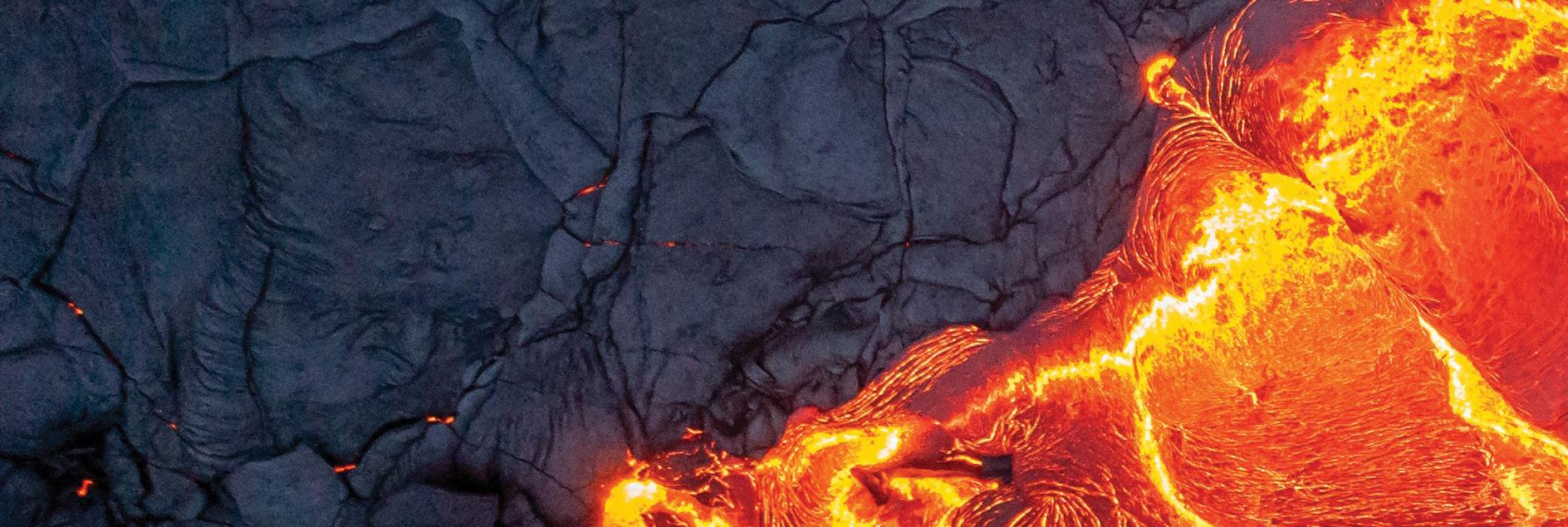

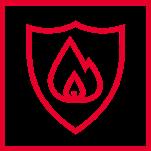


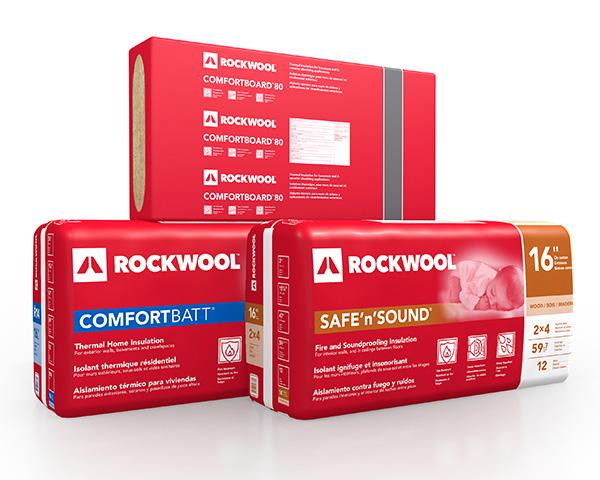
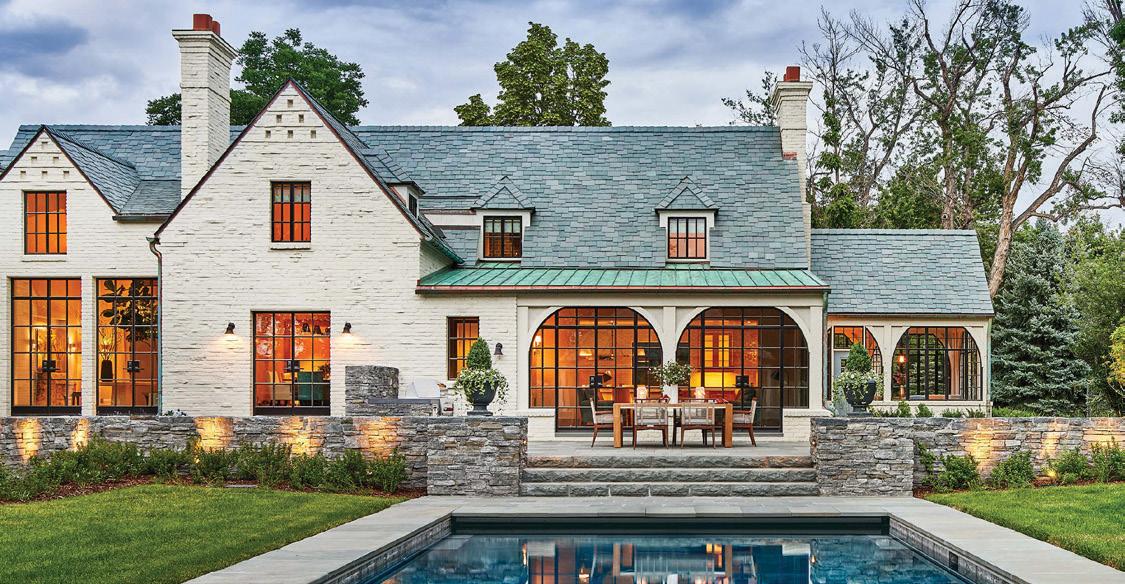
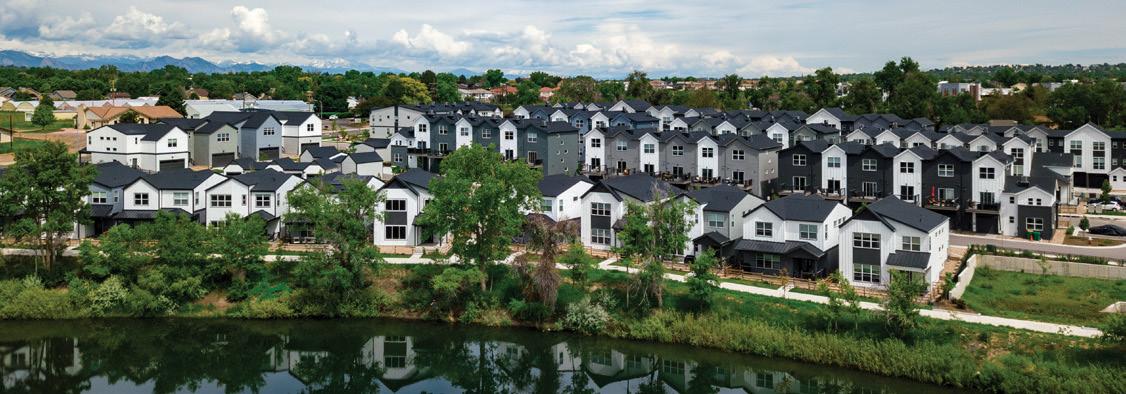
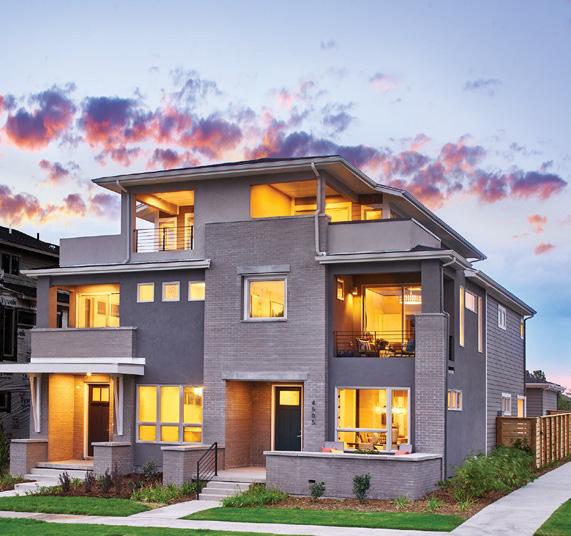


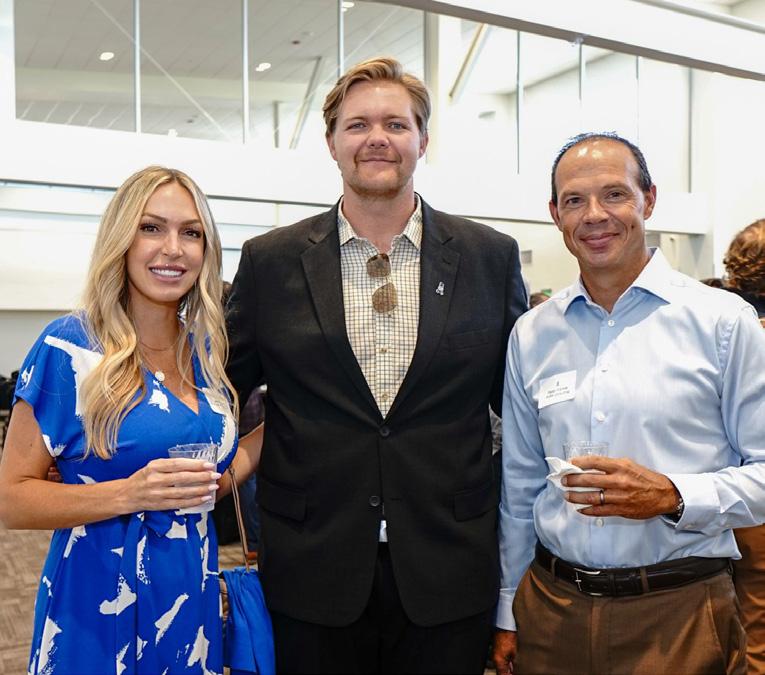
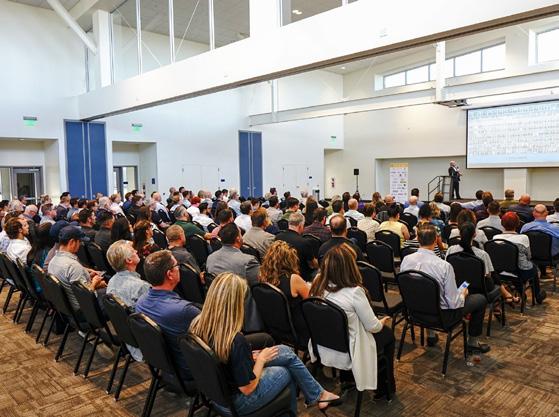
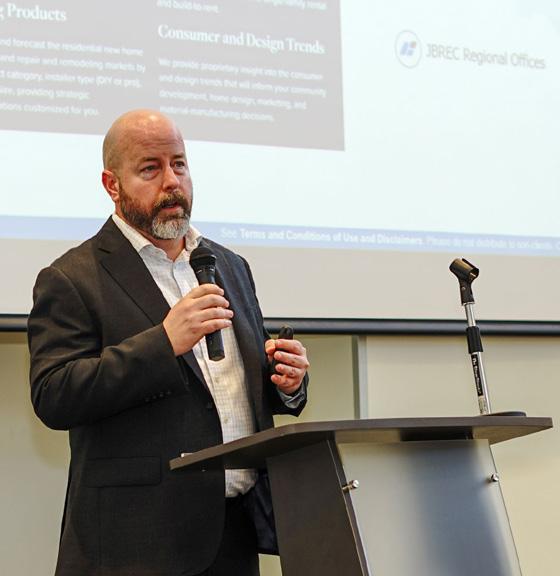
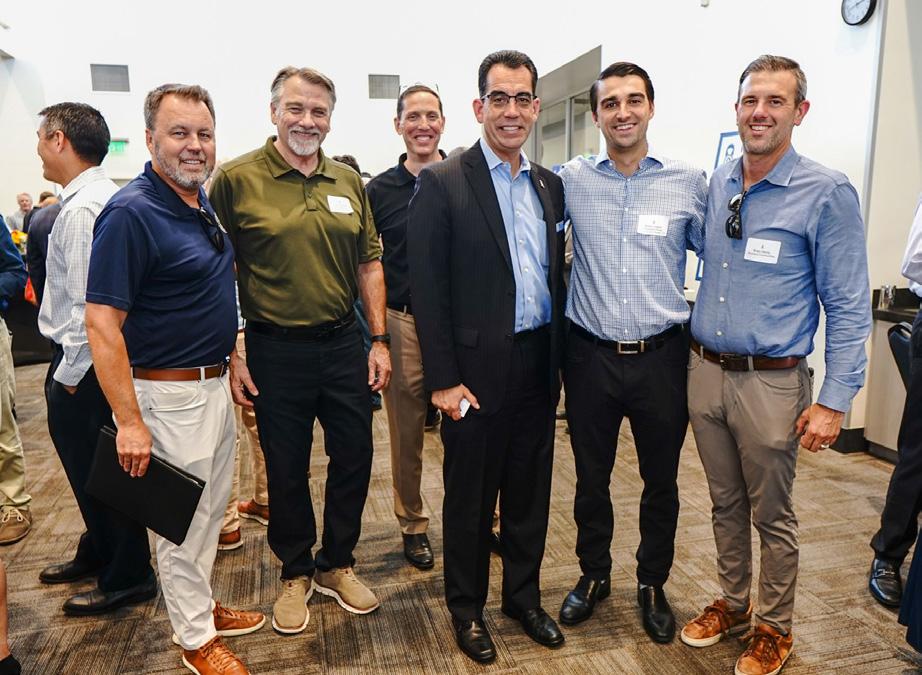
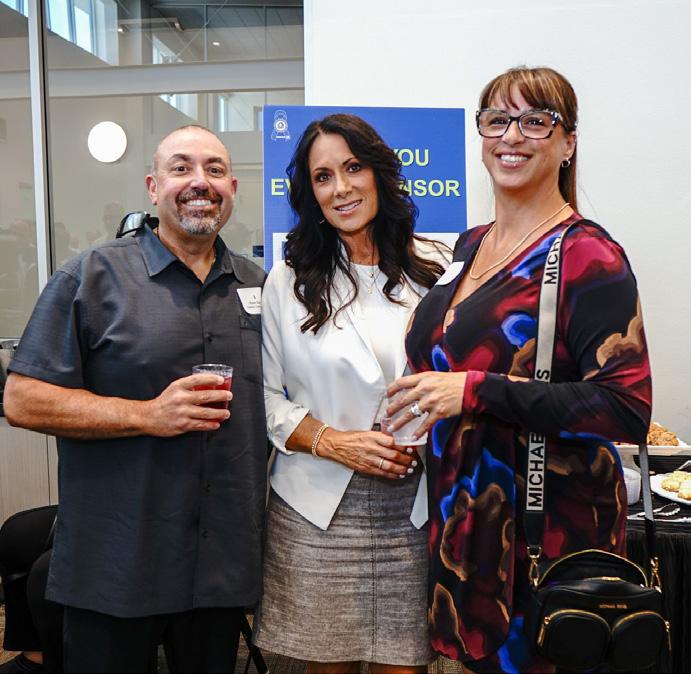
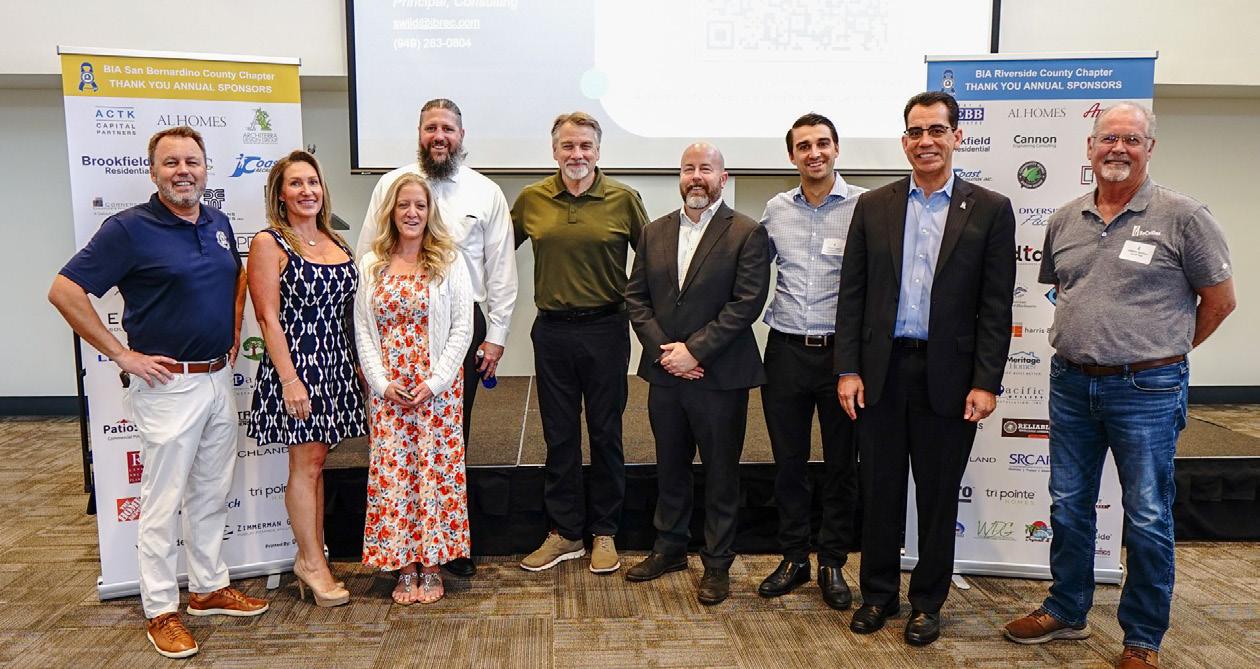

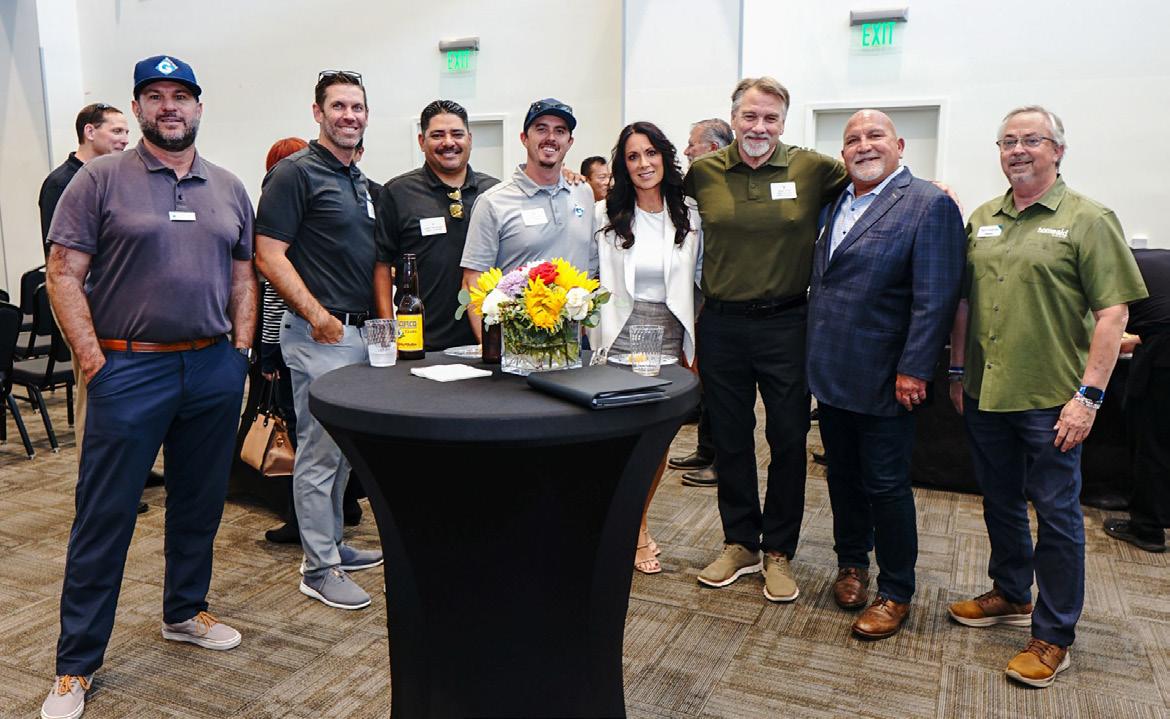
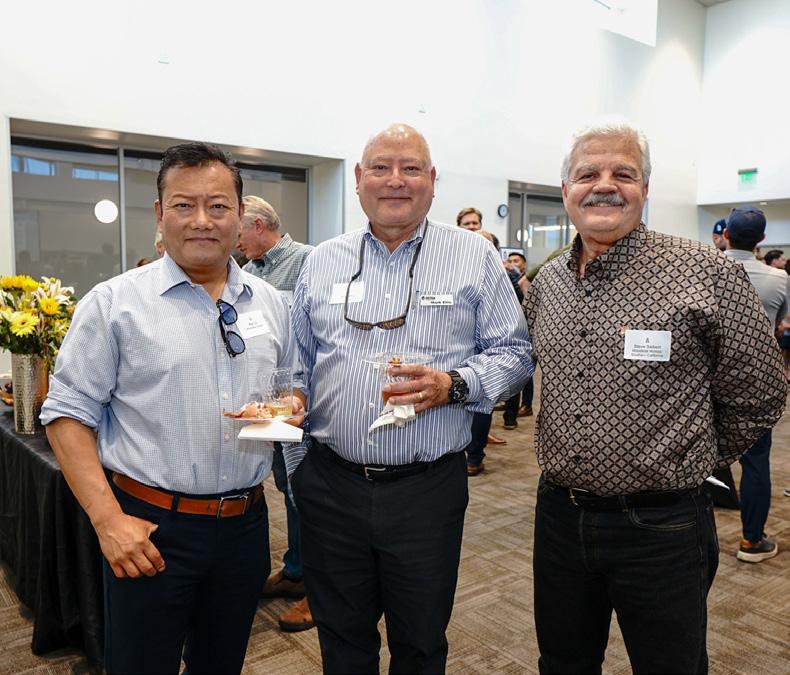
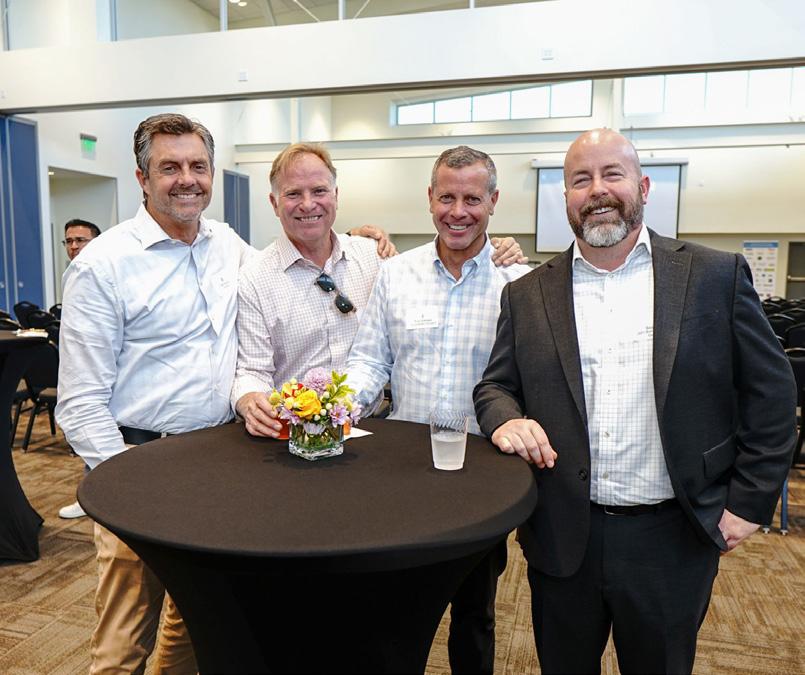
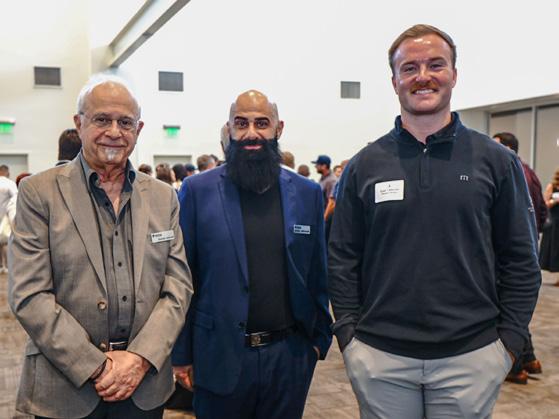

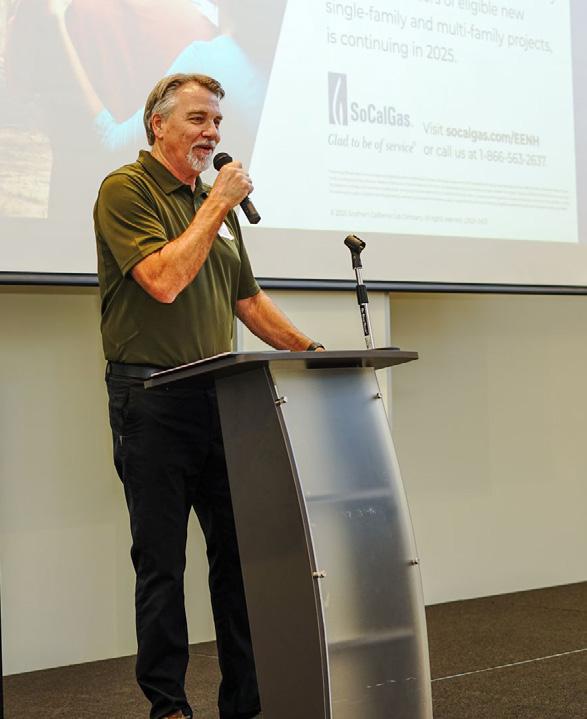










TICKETS SPONSORSHIPS
BIASC MEMBERS
Early Bird (Until 7/3) - $135

PRESENTING SPONSOR
$2,995
Regular Rate (7/4 - 8/8) - $155
Late Registration (After 8/8) - $165
GROUP OF 10
Early Bird (Until 7/3) - $1,350
Regular Rate (7/4 - 8/8) - $1,550
GROUP OF 10 w/ 2 BOTTLES OF WINE
Early Bird (Until 7/3) - $1,500
Regular Rate (7/4 - 8/8) - $1,700
BIARC UNDERWRITER SPONSOR
$1,080 (Early-Bird)/$1,240 (Regular)
Group of 10 (Inc. 2 Underwriter Tickets)
$1,230 (Early-Bird)/$1,390 (Regular)
Group of 10 (Inc. 2 Underwriter Tickets) w/ 2 Bottles of Wine
BIASC IE BUNDLE SPONSOR
$810 (Early-Bird)/$930 (Regular)
Group of 10 (Inc. 4 Bundle Tickets)
$960 (Early-Bird)/$1,080 (Regular)
Group of 10 (Inc. 4 Bundle Tickets) w/ 2 Bottles of Wine
Includes: Group of 10 w/ 2 Bottles of Wine, Company logo on all marketing and signage
CABERNET SPONSOR
$1,995
Includes: Group of 6, Company logo on all marketing and signage
MERLOT SPONSOR
$1,295
Includes: 4 Tickets, Company logo on all marketing and signage
CHARDONNAY SPONSOR
$895
Includes: 2 Tickets, Company logo on all marketing and signage
“YOU SCREAM, ICE CREAM, WE ALL SCREAM” SPONSOR
$1,895
Includes: 2 Tickets, Company logo on all marketing, signage at ice cream bar
“HOT PLATE” SPONSOR
$1,895
Includes: 2 Tickets, Company logo on all marketing & signage, logo’d food plates



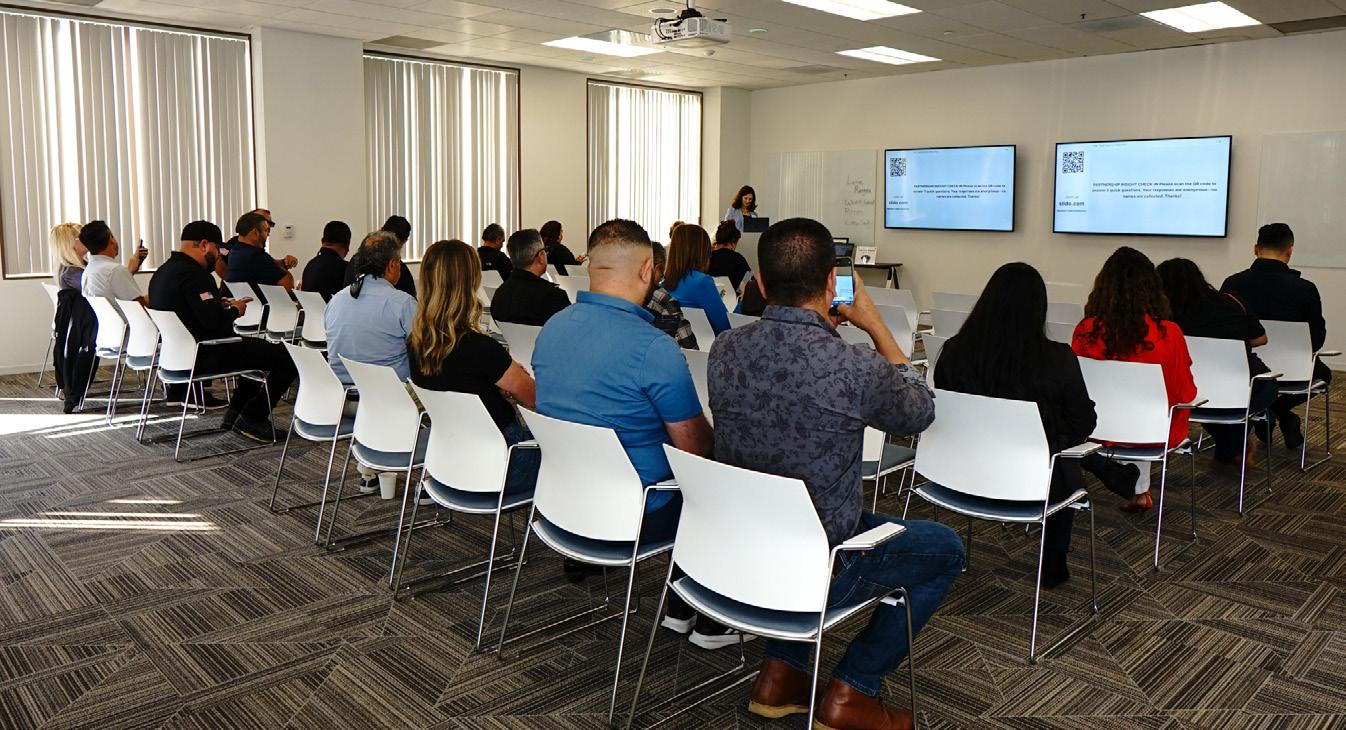
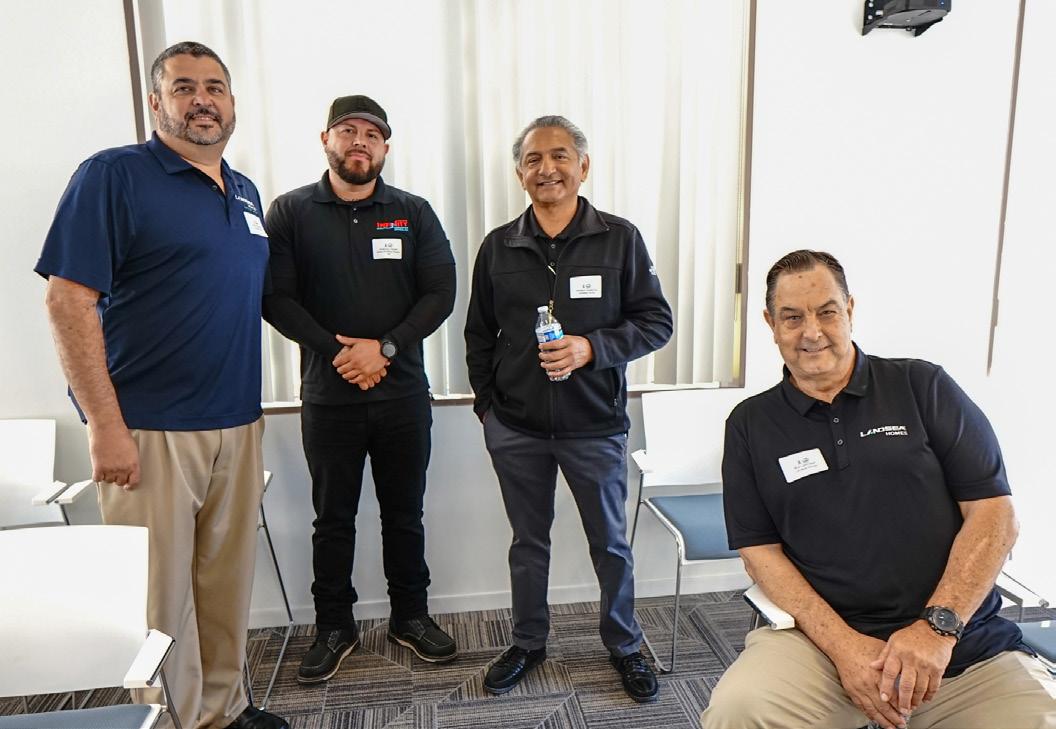
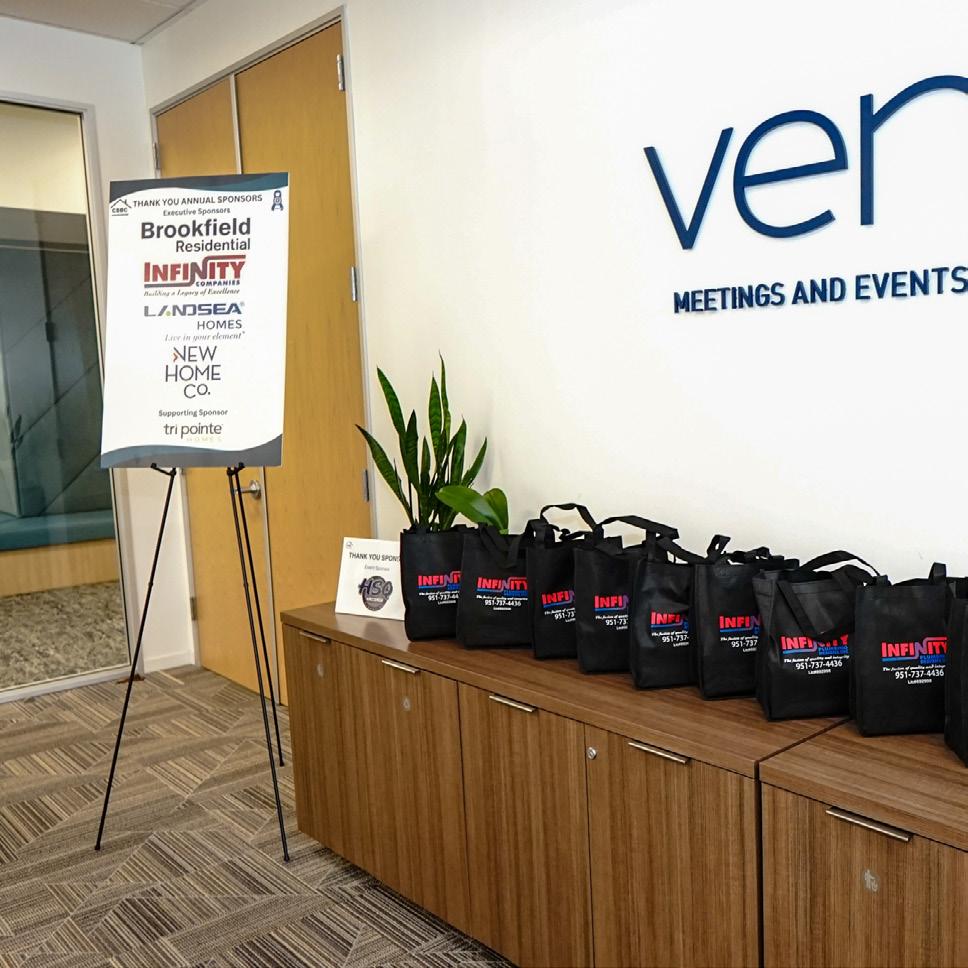
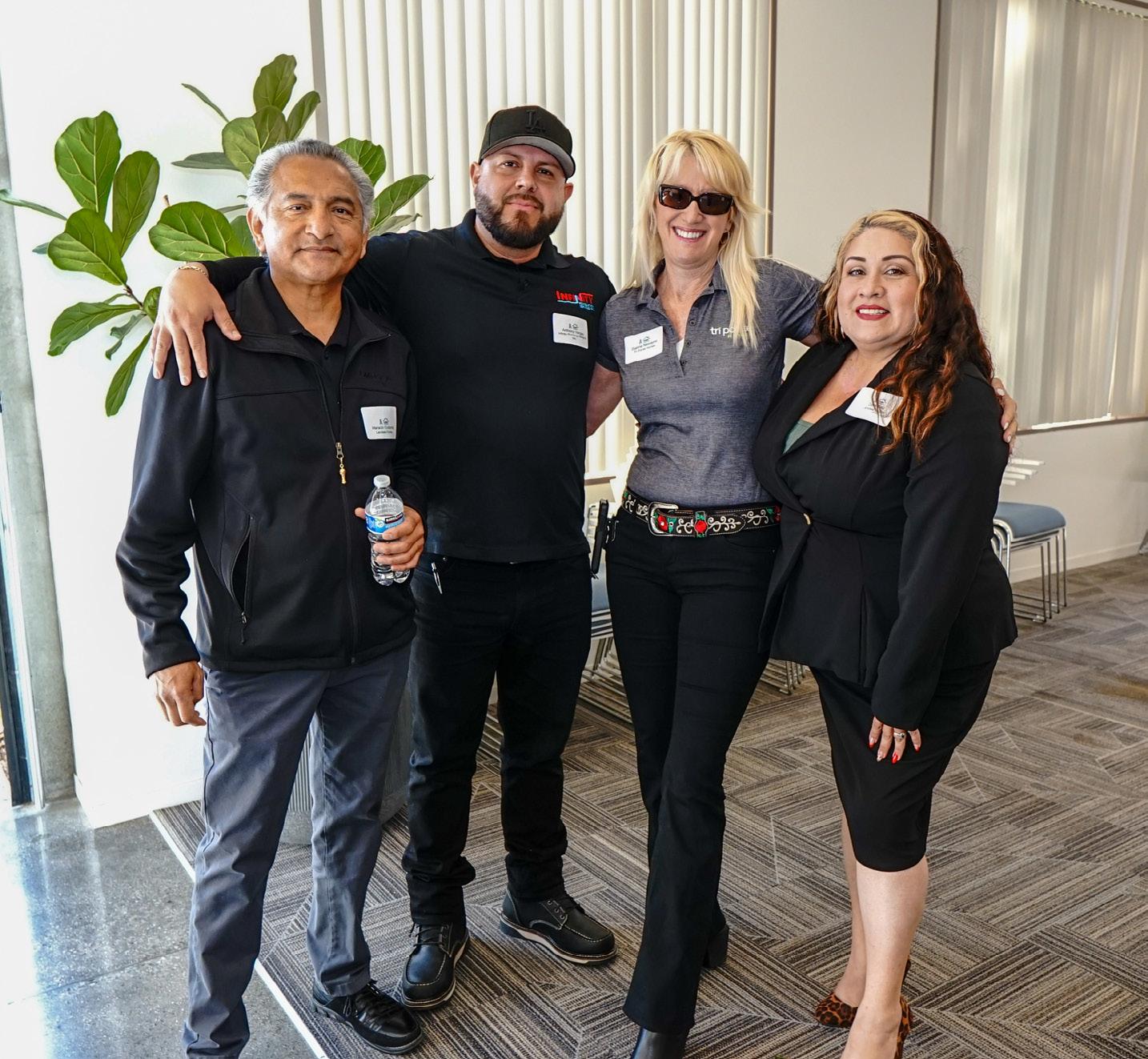
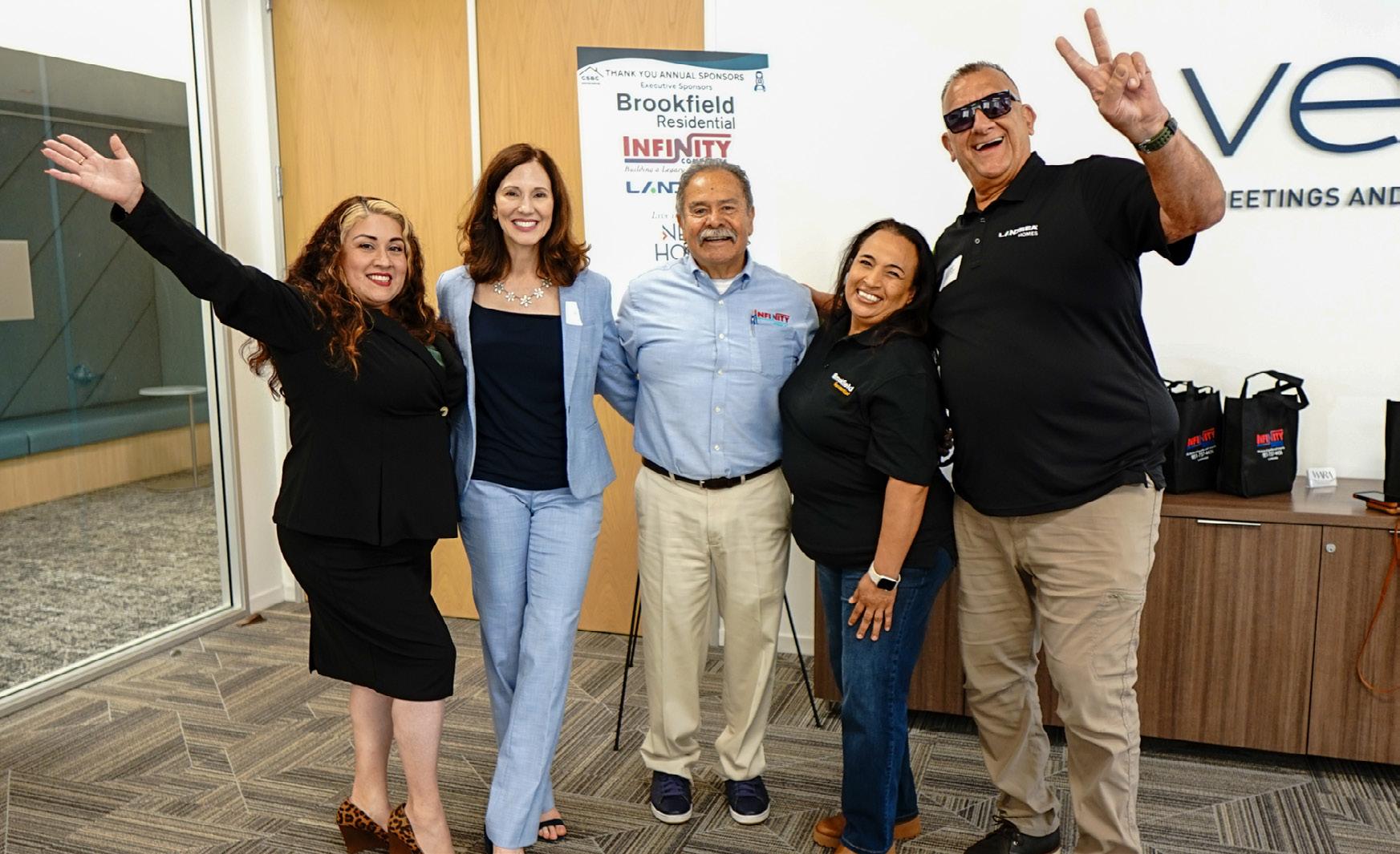
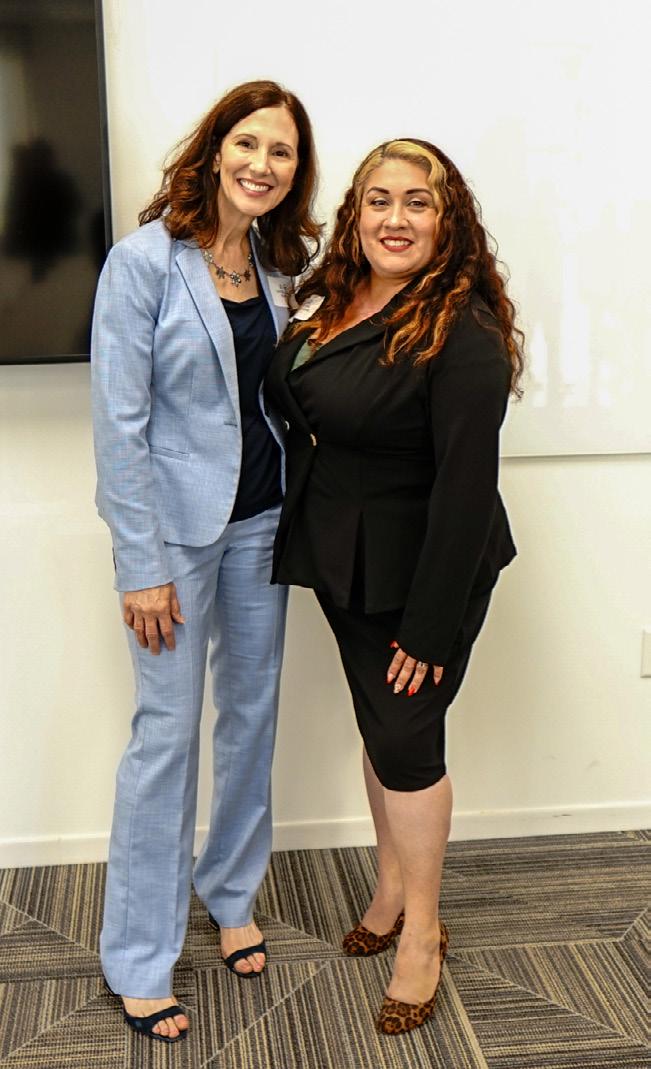
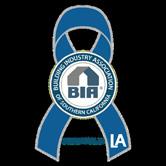



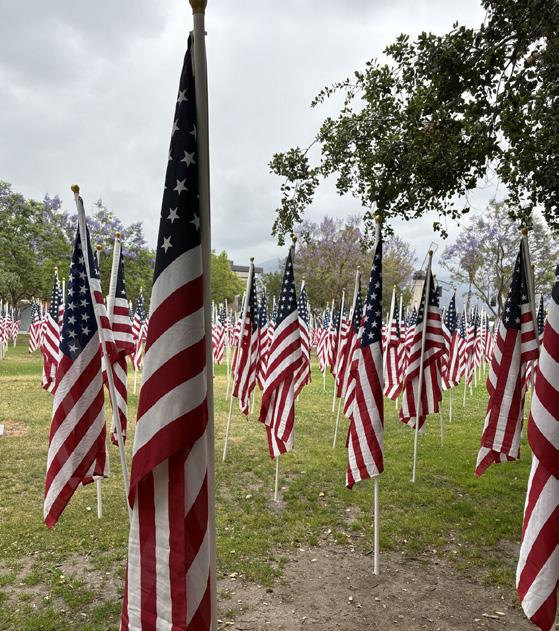
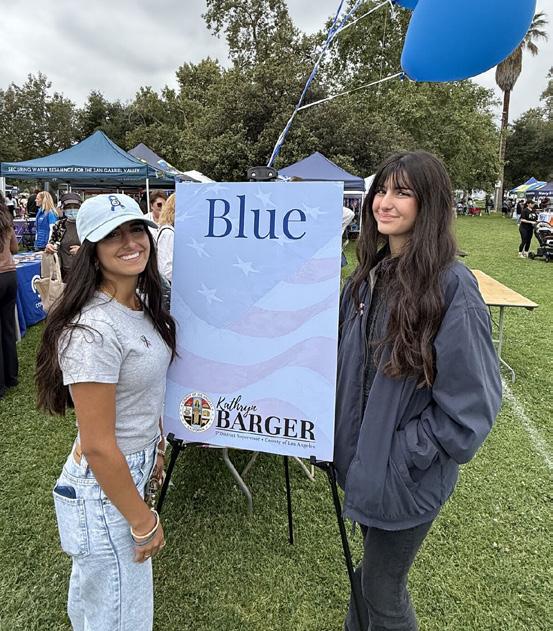
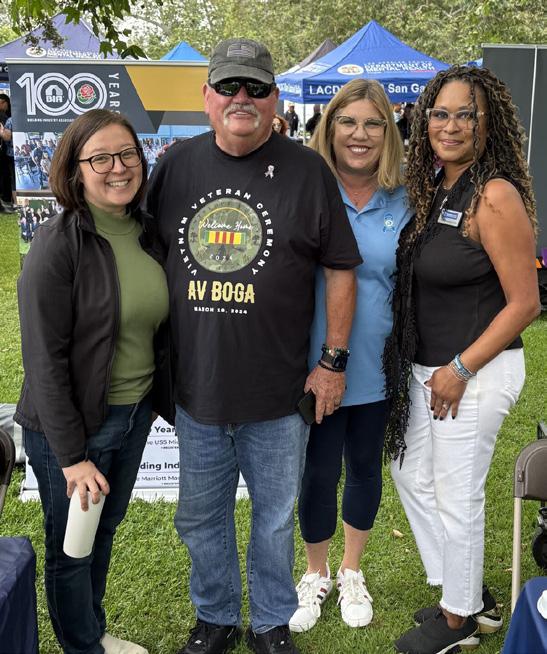
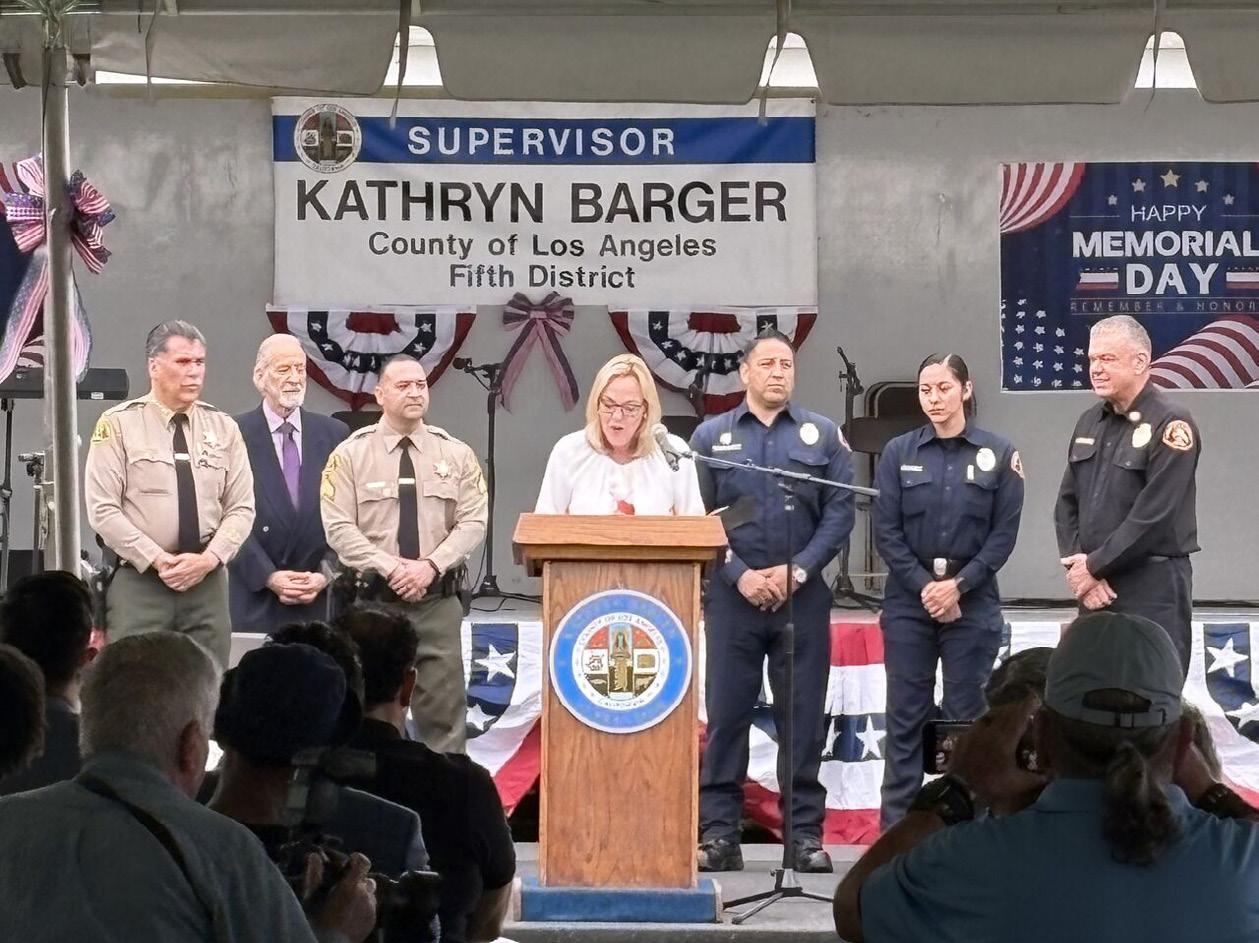
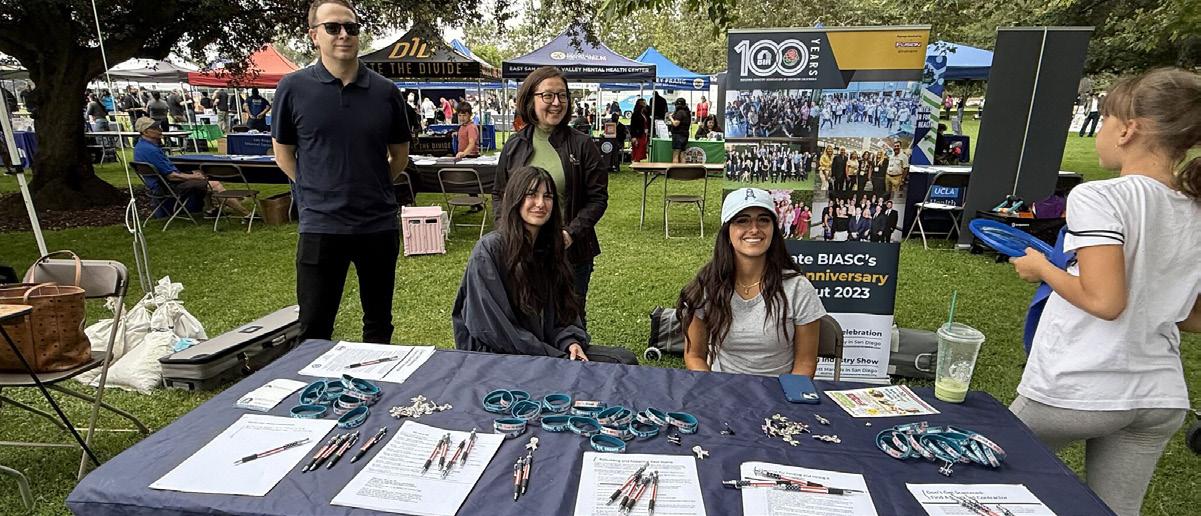
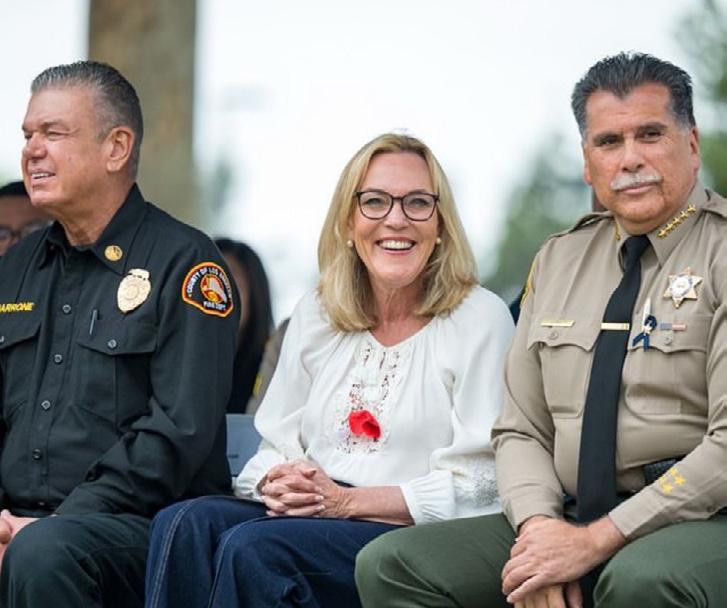
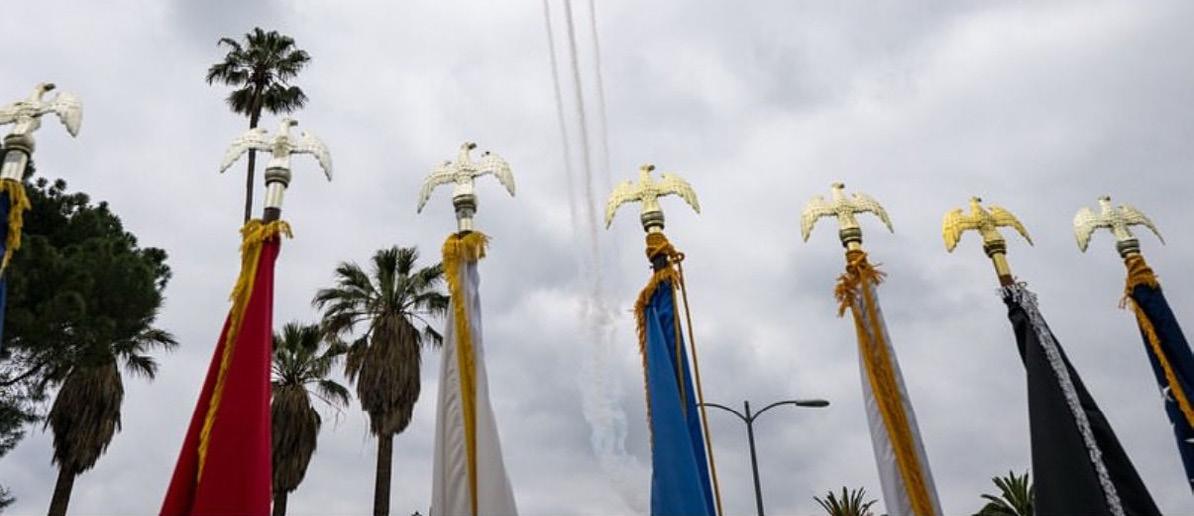
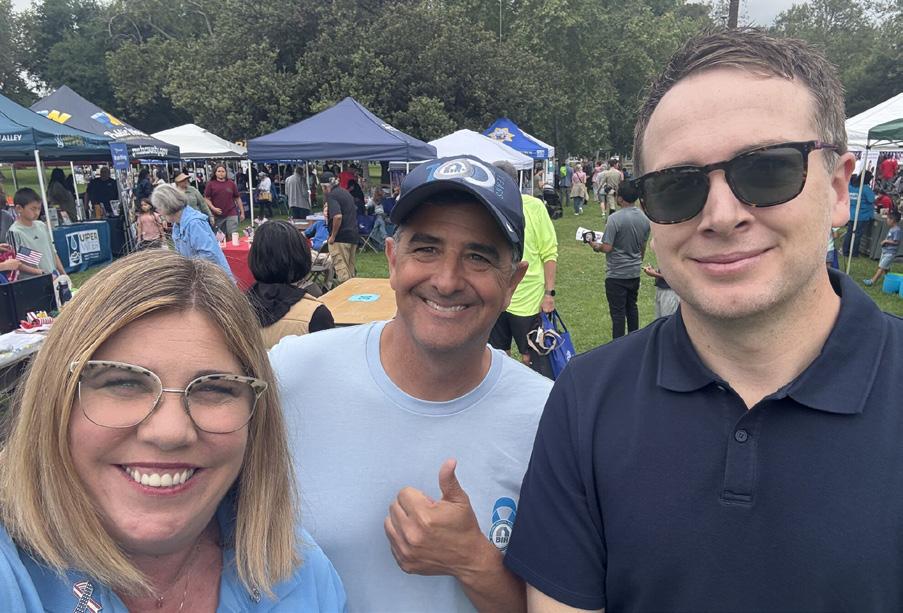
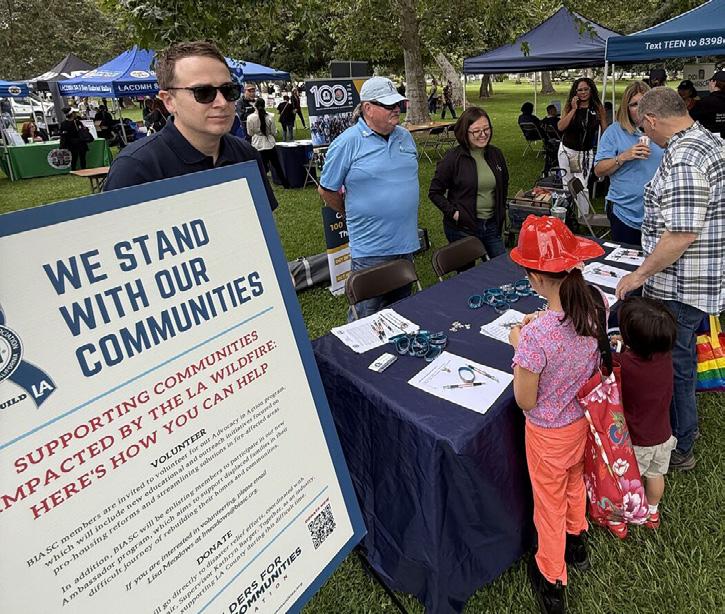
PLEASE WELCOME BACK OUR RENEWING MEMBERS
APRIL 7 - MAY 27, 2025
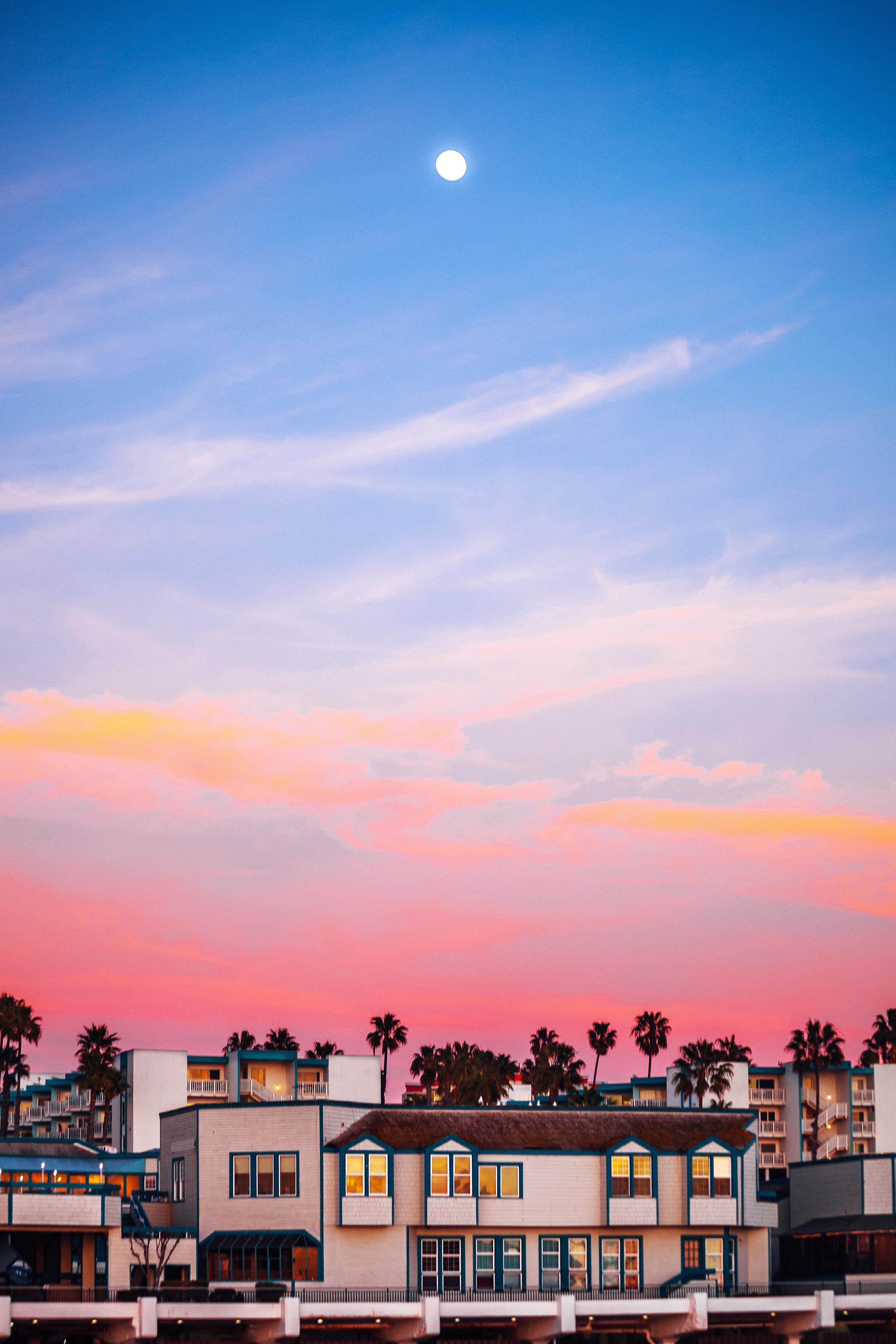
ACTK Capital Partners LLC
Alliance Land Planning and Engineering Inc.
Alumadoor
American Bath Group / Aquatic
Ascensus Ventures
Avanti Windows & Doors
BMLA
C2 Collaborative
Cabinets 2000 LLC
California Fire Stop
CDS Insurance Services
Conceptual Design & Planning Company
Copper Creek Hardware Inc.
Custom Quality Finish Carpentry
DAHLIN Architecture | Planning | Interiors
ECORP Consulting
Farallon Consulting
Fire Sprinkler Systems
Focus 360
Gunn Jerkens
Heritage Plastering Inc.
I Masonry
Jensen Design & Survey, Inc.
KGA Studio Architects
Landwise Development, LLC
Largo Concrete, Inc.
LGC Geotechnical, Inc.
Madole & Associates, Inc.
Mannigan Design Inc
Matrix Surfaces Inc.
Merc Group
Miller Starr Regalia
MJD Concrete Works, Inc
Monterey Lighting Solutions
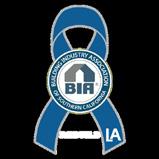
Motivational Systems Inc
National Community Renaissance
New American Funding, Builder Division
NewDay Development, Inc.
Nossaman LLP
NUVIS
Oh Snap Layout
ORCO Block & Hardscape
Payon Plastering Co Inc
Professional Cabinet Solutions
Provident Bank
Ravello Holdings, Inc.
RC Wendt Painting, Inc.
RCCD, Inc
Recreation Brands of Southern California
Related California Residential
Rutan & Tucker
Simpson Strong-Tie
Solara Home Energy
SONIQ Windows and Doors
SPAN
Storm Water Resources
TK Consulting
True Air Mechanical, Inc.
TWR Enterprises, Inc.
Umpqua Bank
Union Roofing Contractors Association
Urban Advisory & Building Group, LLC
Urban Surfaces
Utility Specialists Southwest
Vintage Design
VintageGroup
Visual Concepts Lighting, Inc.
West Coast Drywall & Paint
WSH Management, Inc.

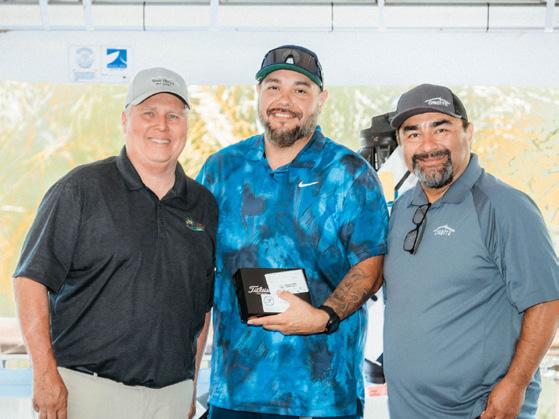
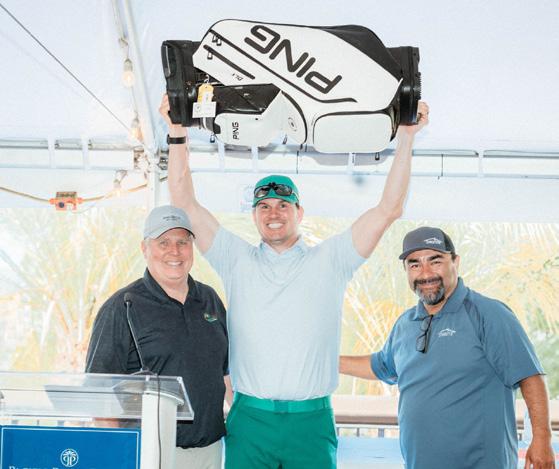
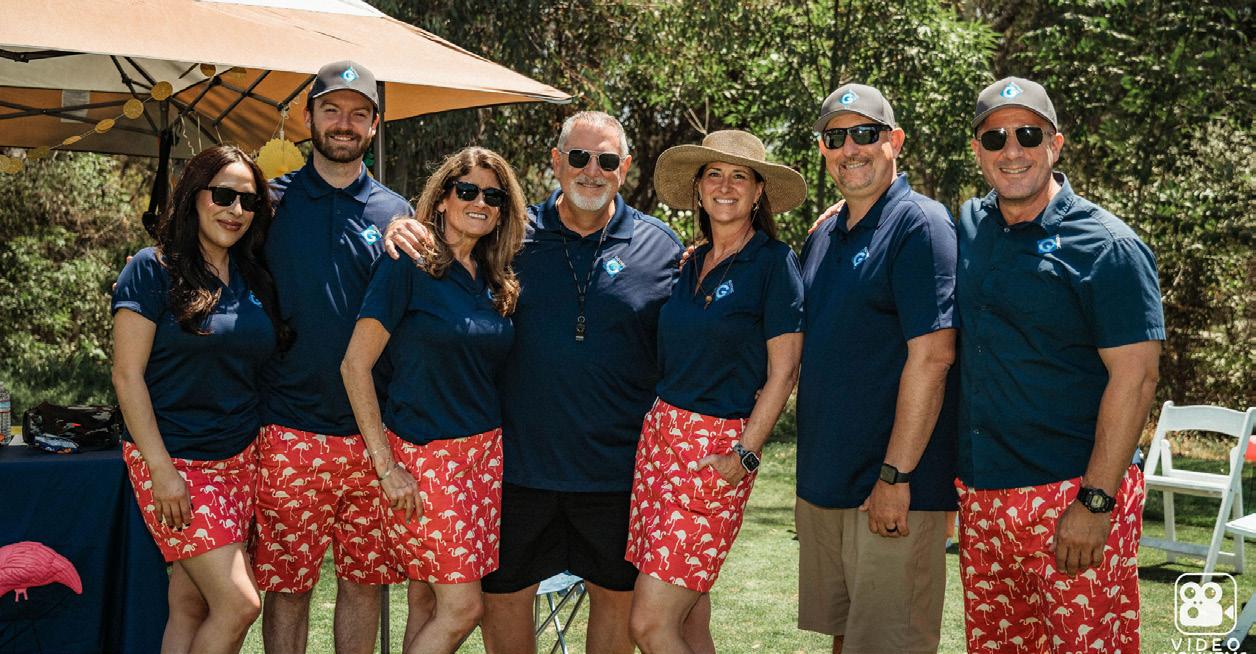

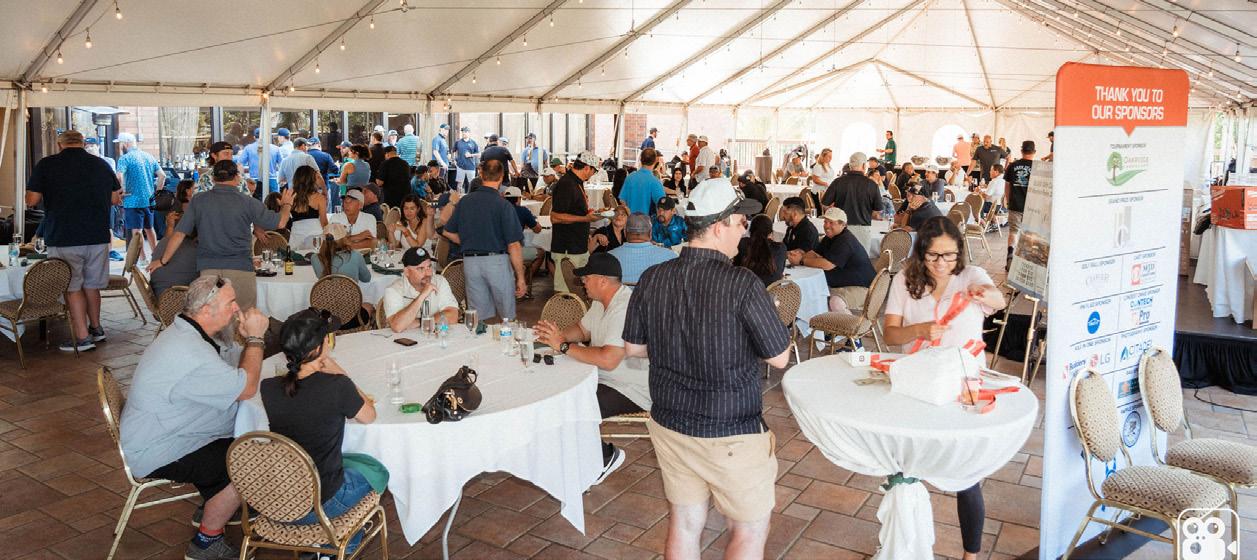
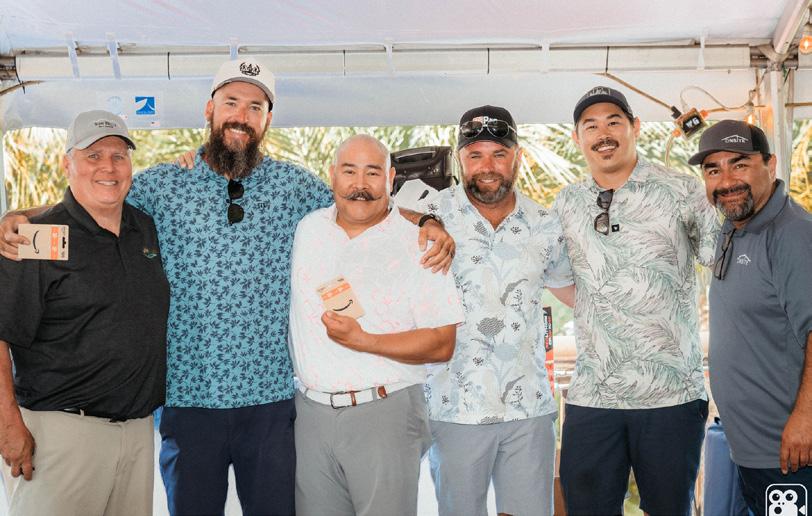

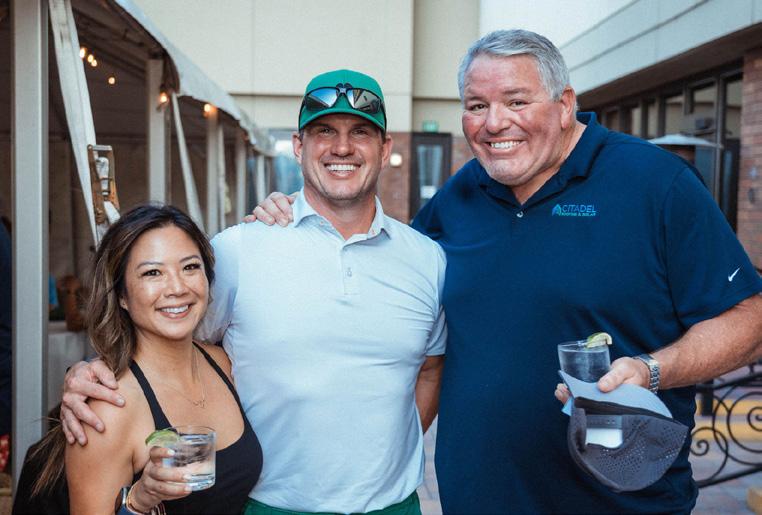
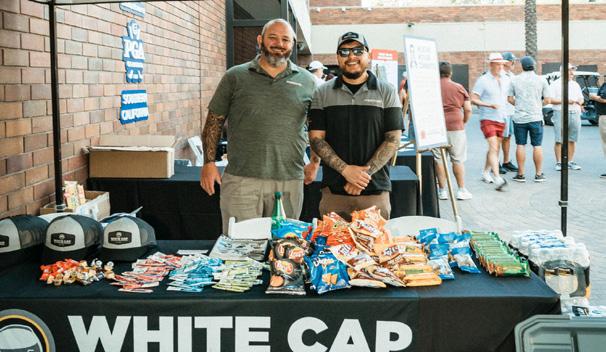
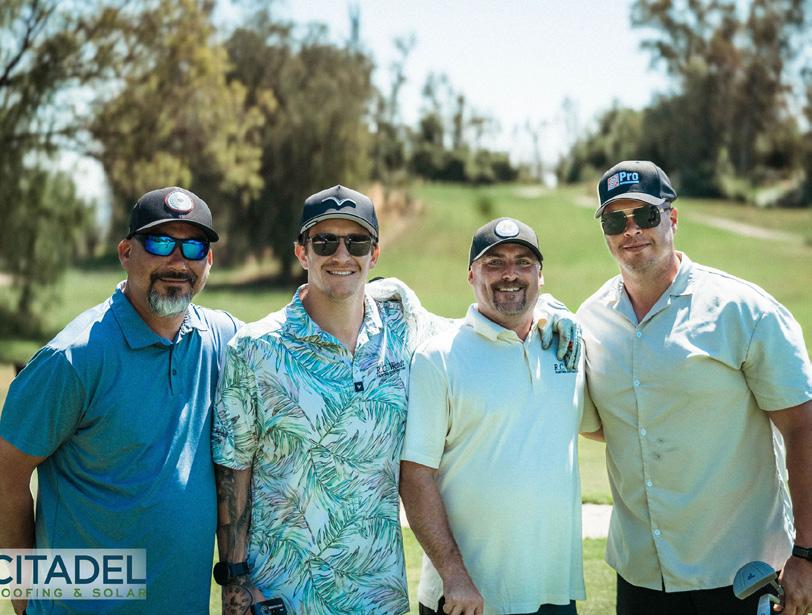

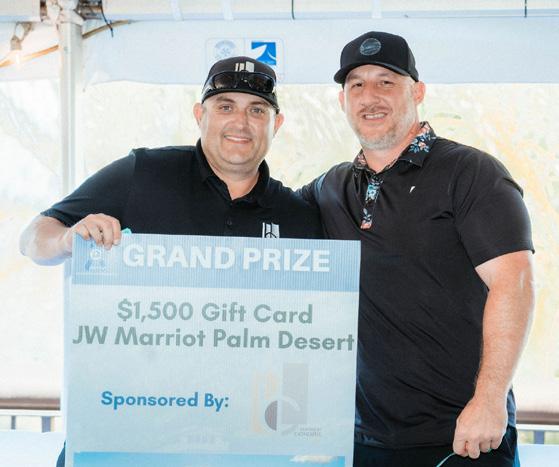
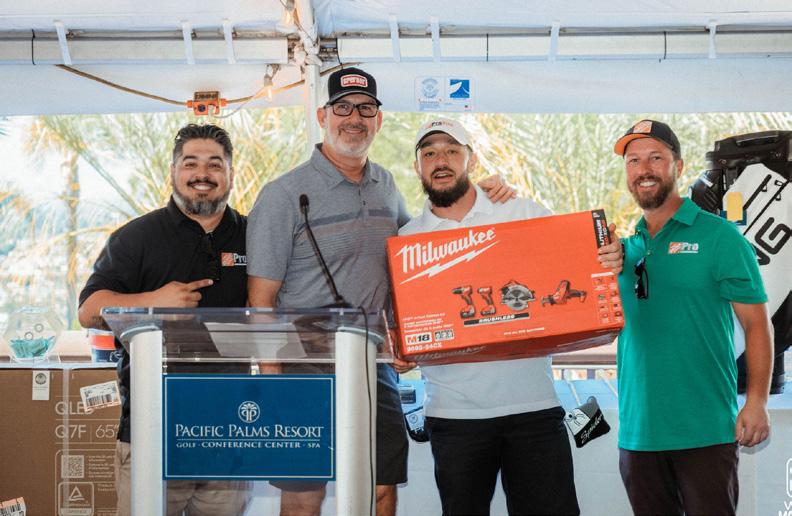
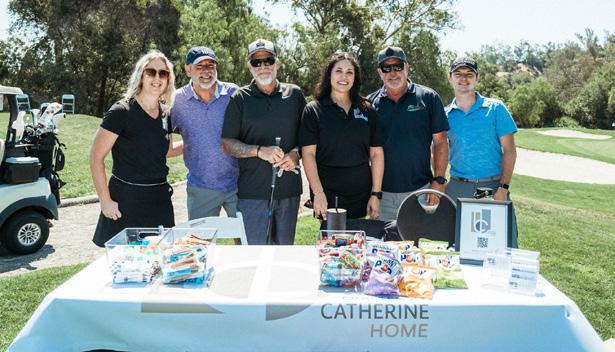
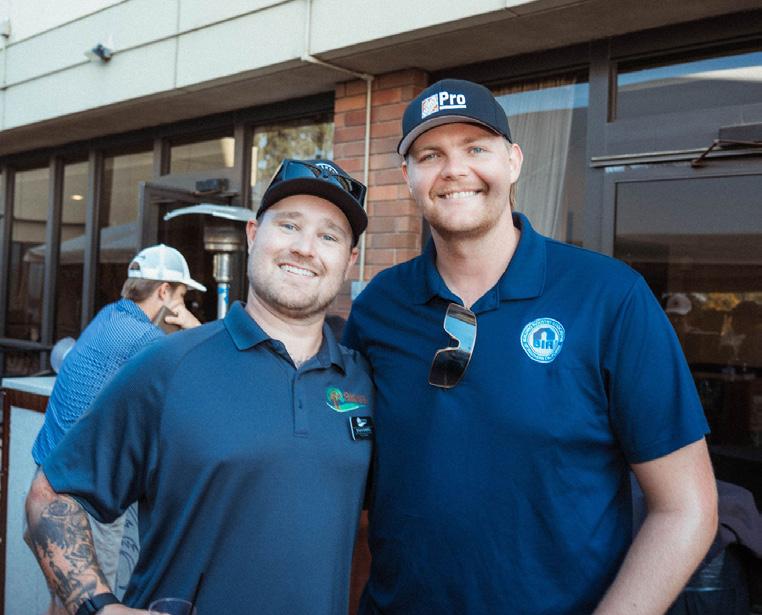
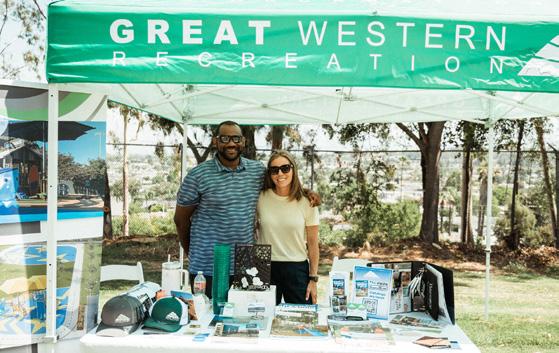

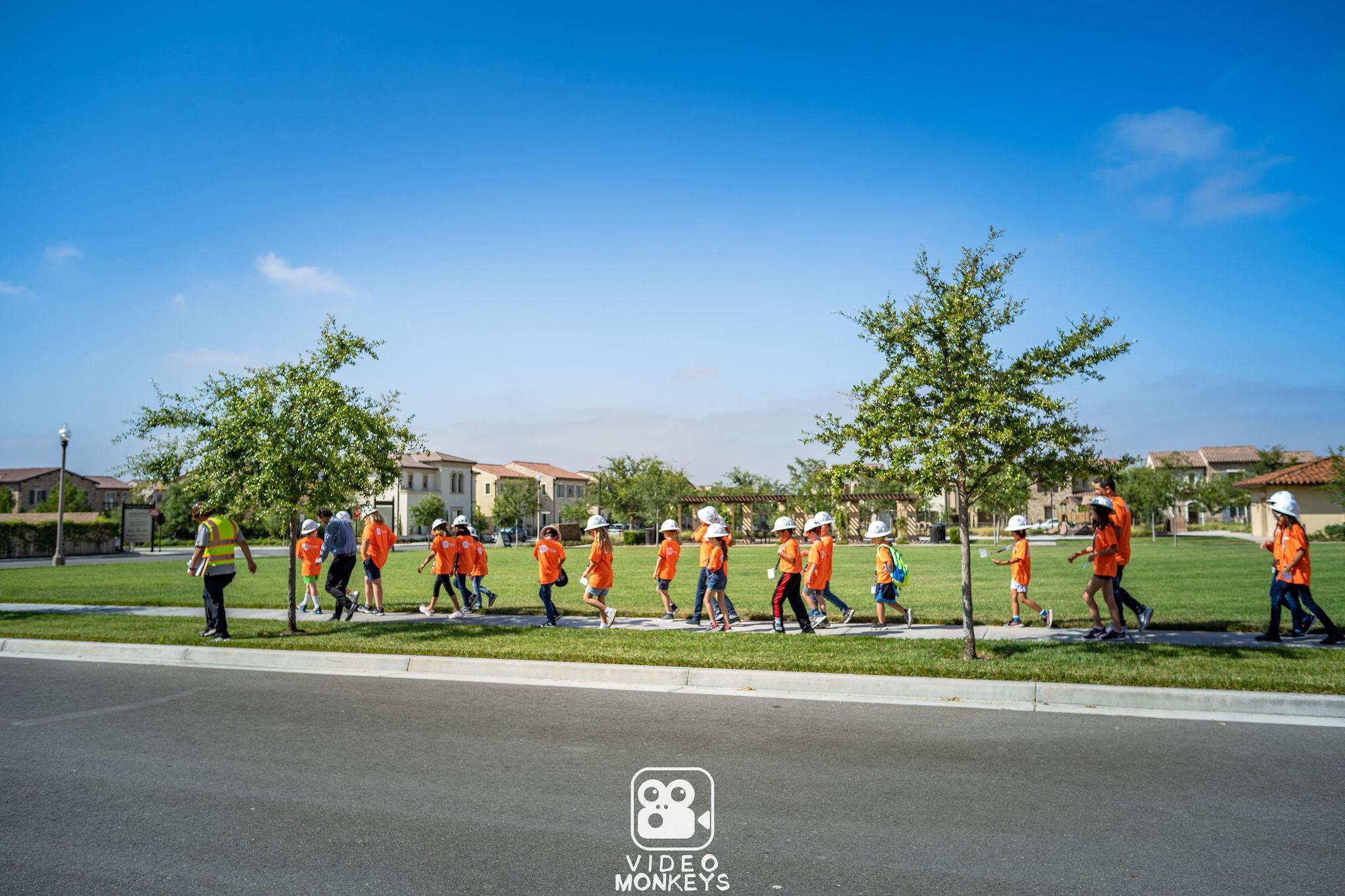
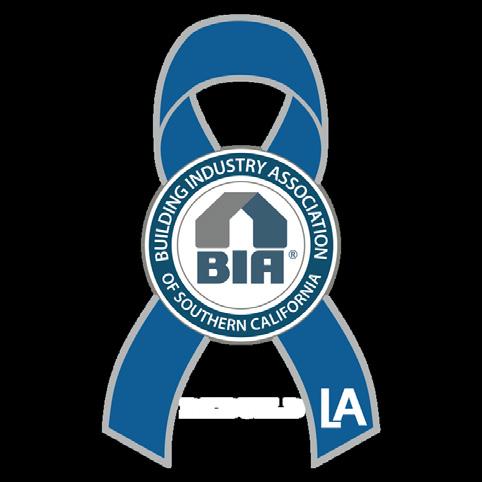
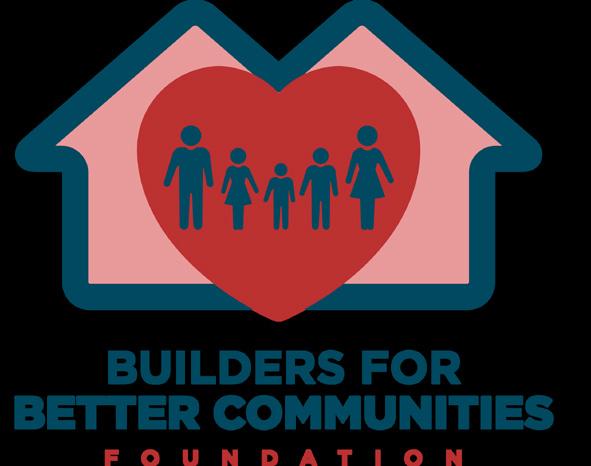


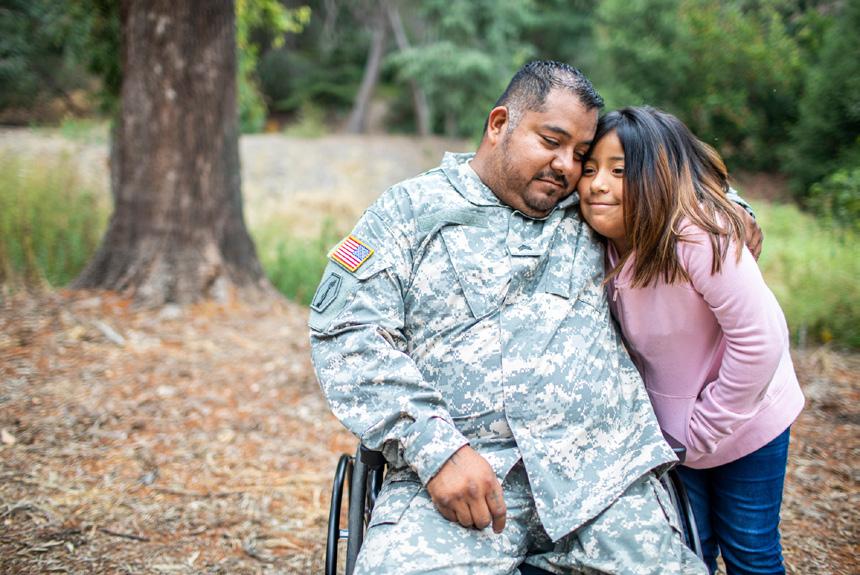
Building a Sustainable Future with Leadership, Advocacy and Resolve
The Builders for Better Communities Foundation (BBCF) is a 501(c)(3) charitable nonprofit that serves to promote diversity, equity, and inclusiveness on behalf of the Building Industry Associati on of Southern California within the Southern California region.
BBCF is dedicated to supporting veterans, underserved communities, and individuals impacted by the recent Los Angeles fires.
Supporting Affordable Housing opportunities for U.S. Veterans and their families is a cornerstone of BBCF.
California’s housing crisis continues to have a significant impact on the most vulnerable, including our veterans. BBCF will advocate to improve the Housing Availability and Affordability for those veterans. Learn more at buildersforbettercommunities.org.
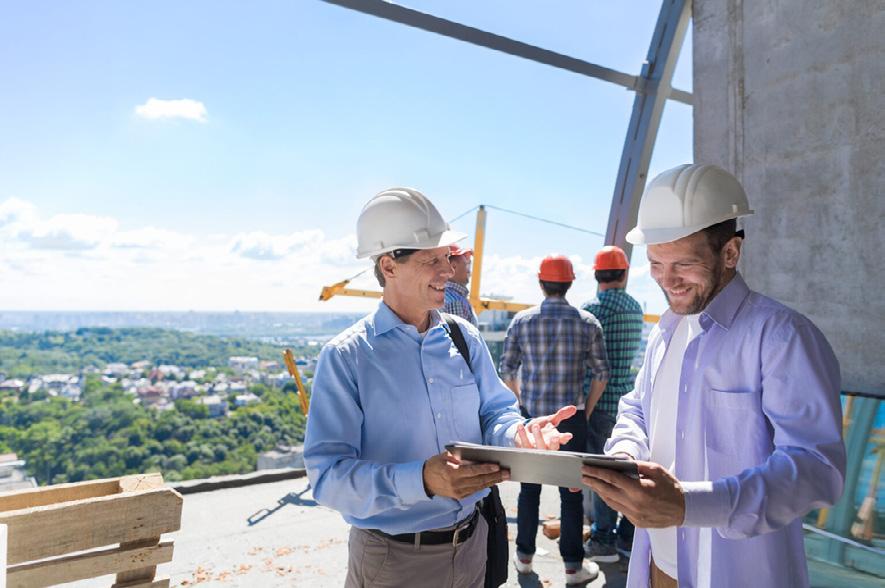



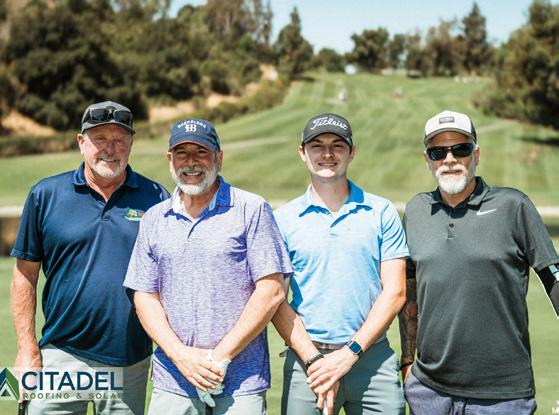





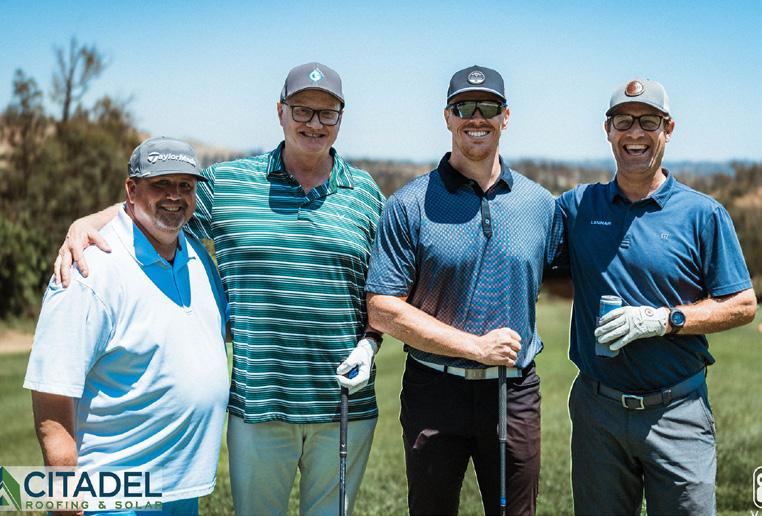

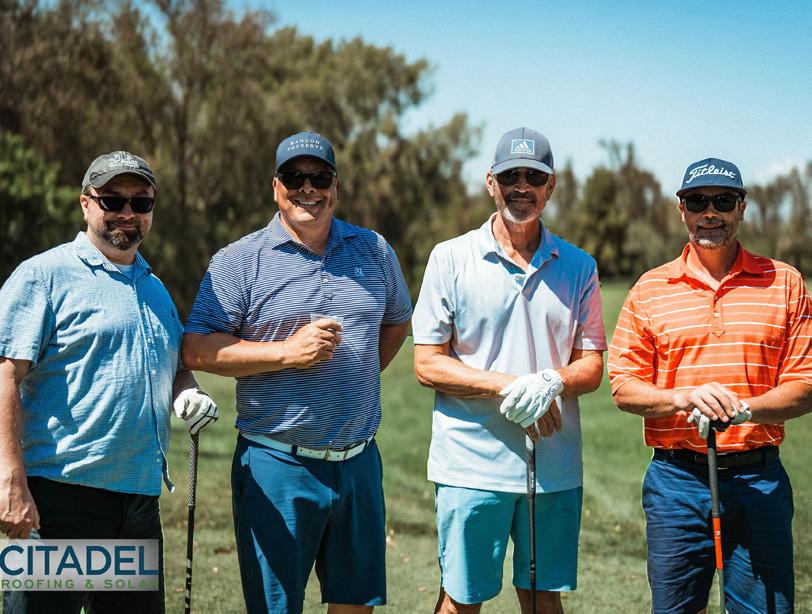

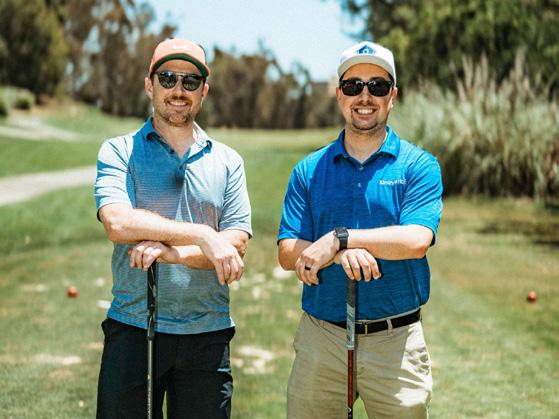
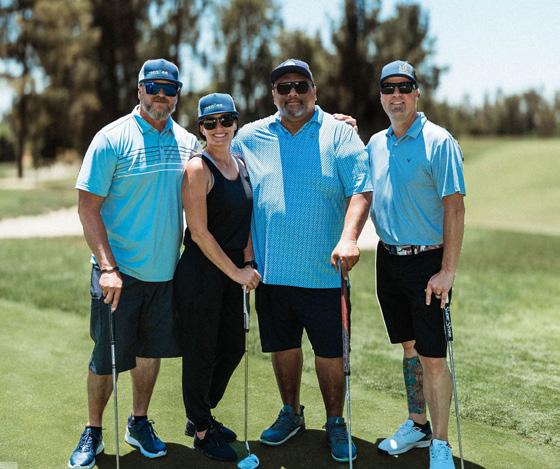

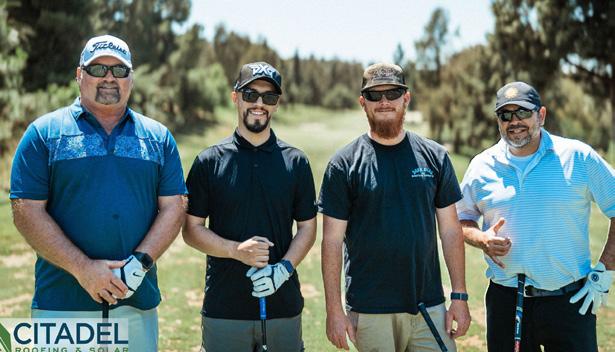




T R A F F I C & S A L E S D O W N ?
S I G N S A R E
I N Q U I R E T O D A Y U P B I A S I G N S . C O M
L E T B I A S I G N S P O I N T B U Y E R S I N Y O U R D I R E C T I O N
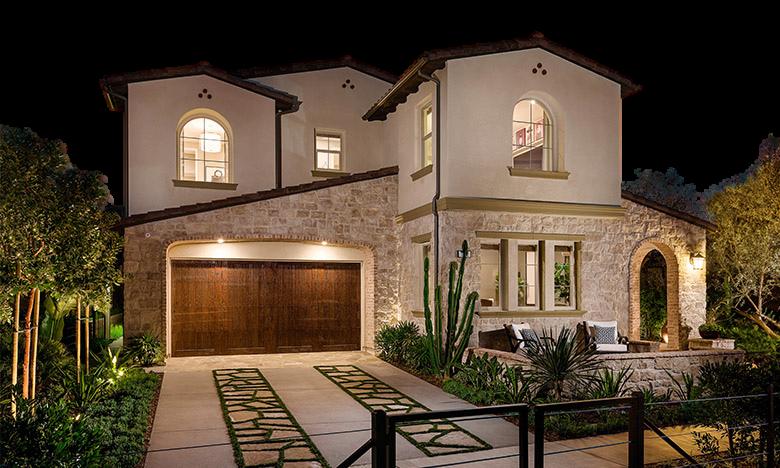
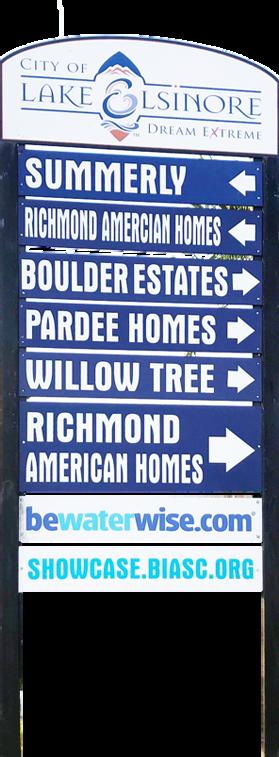
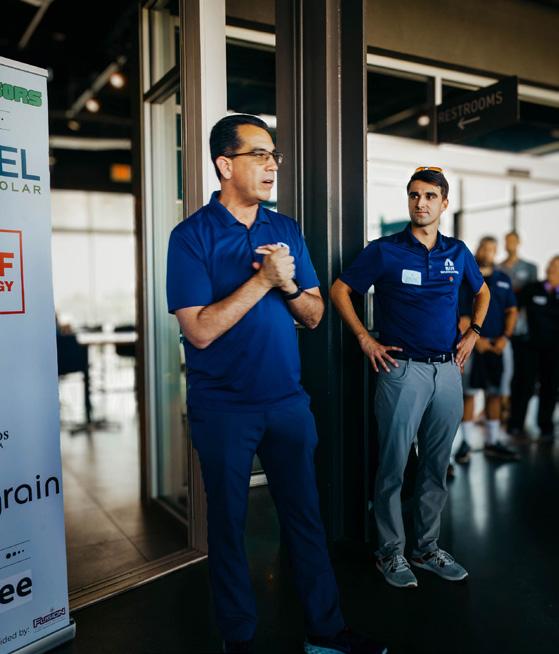

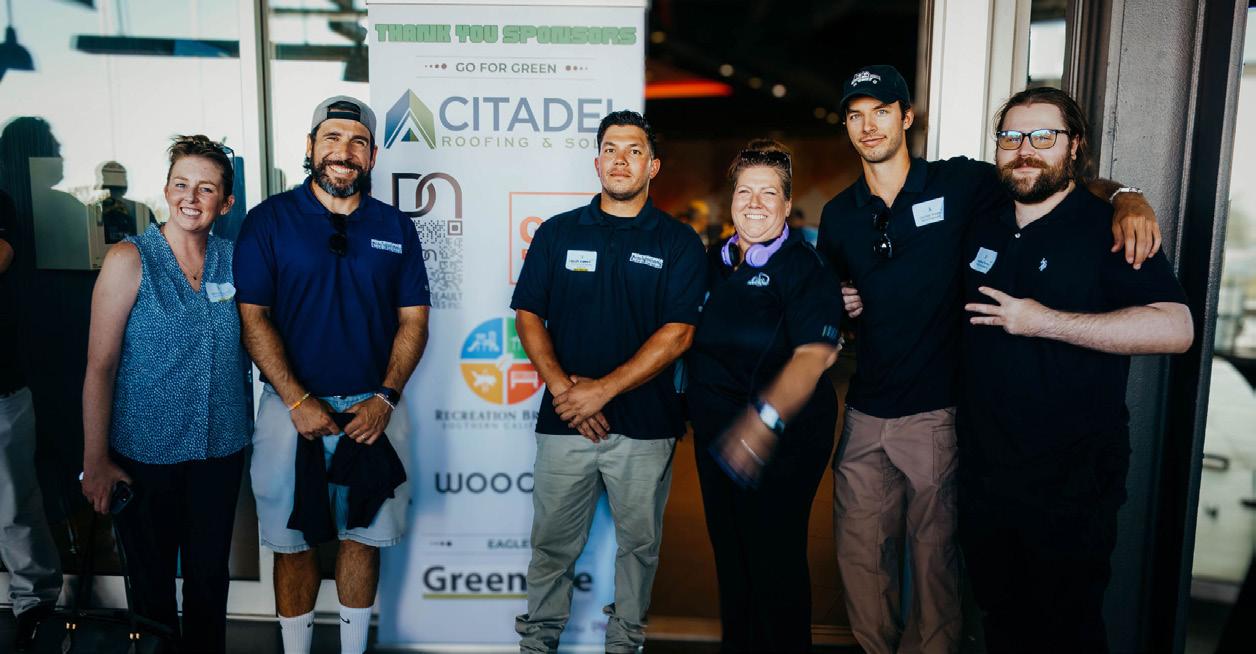
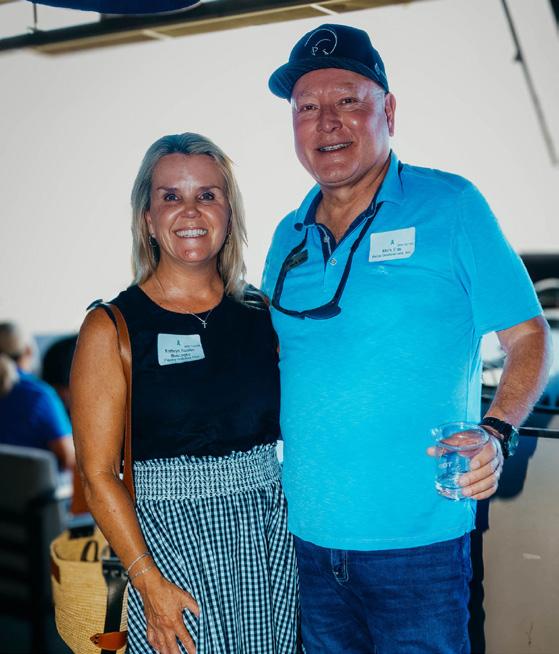
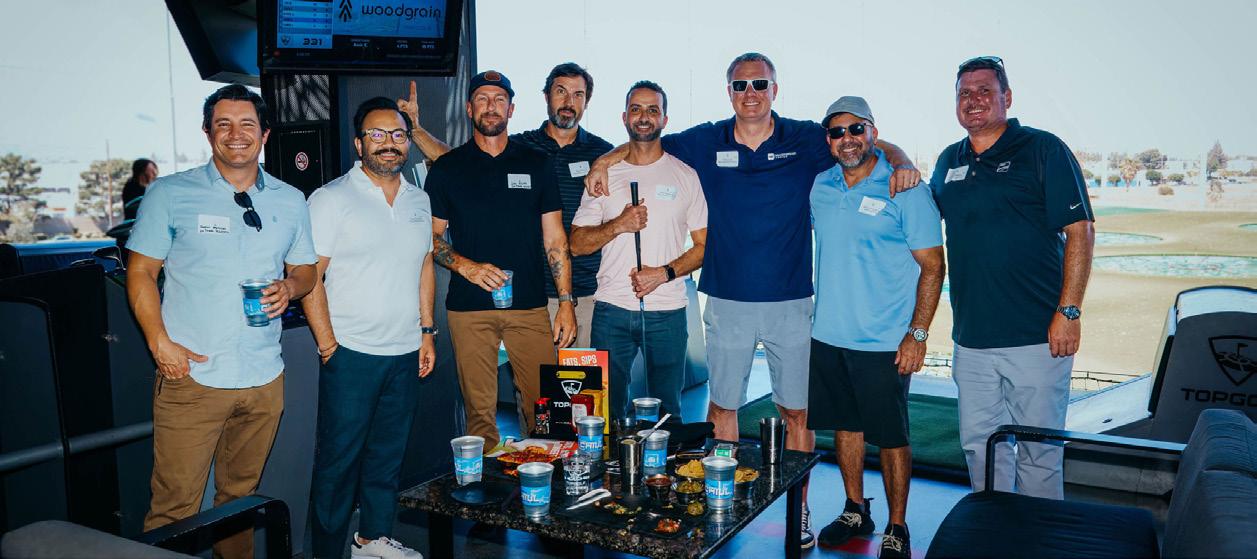
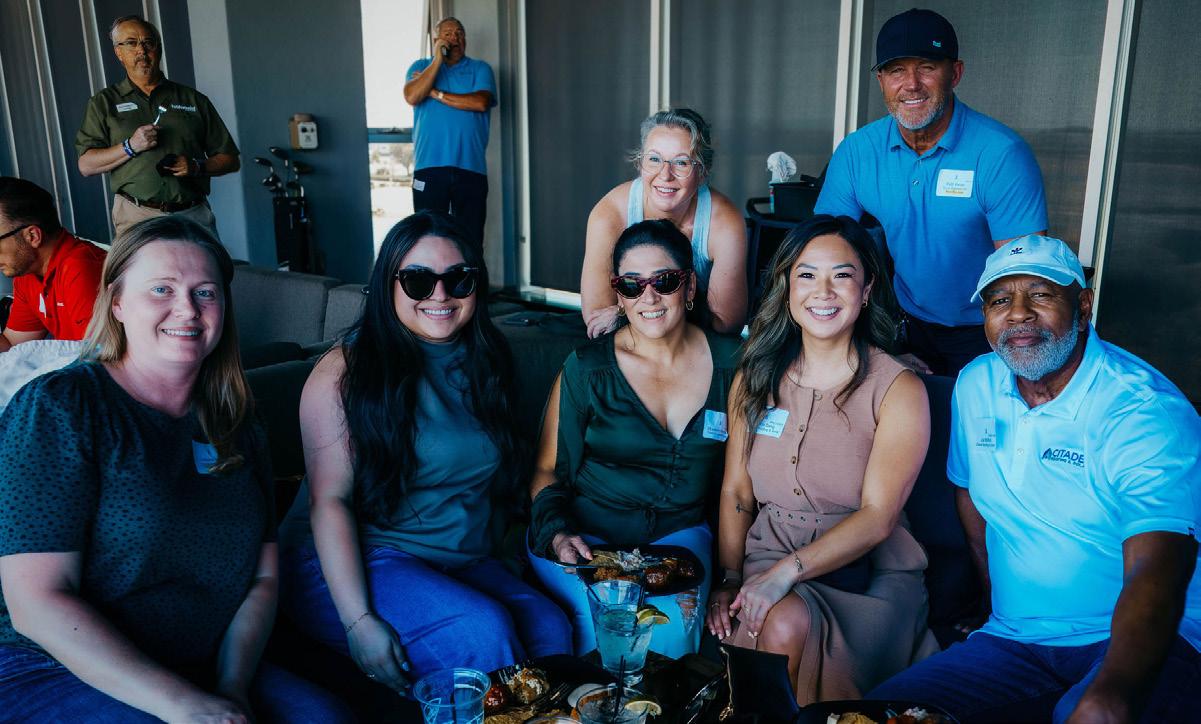
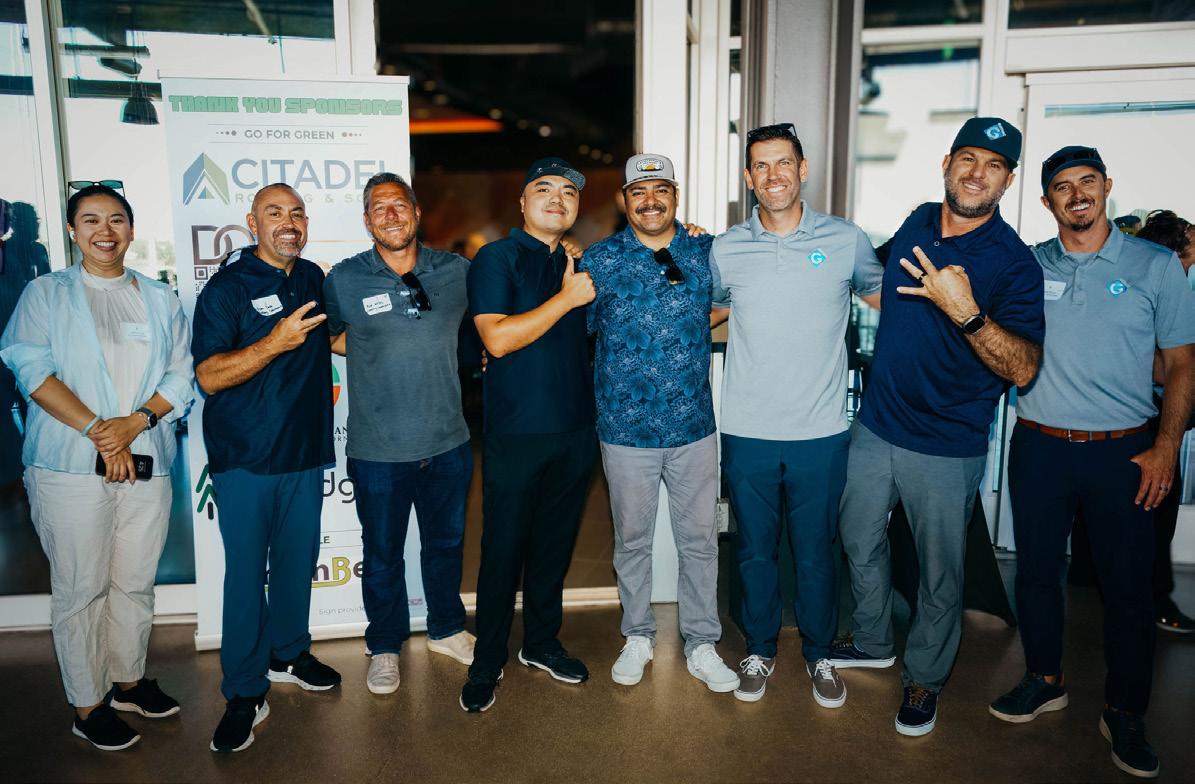



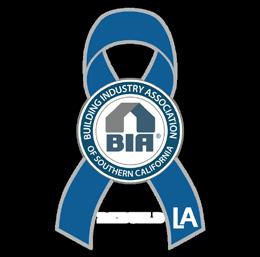
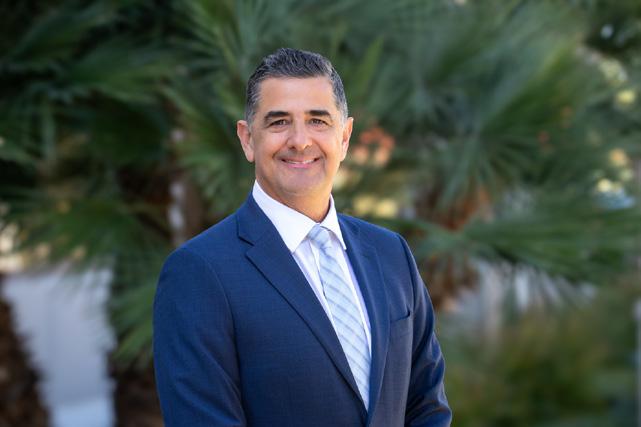
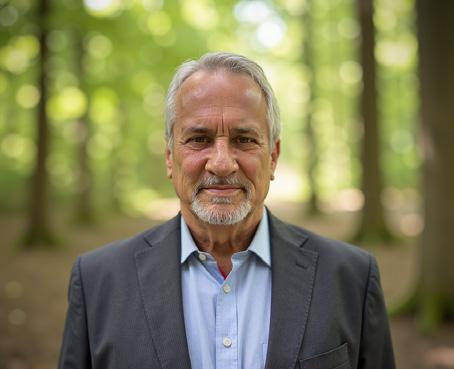
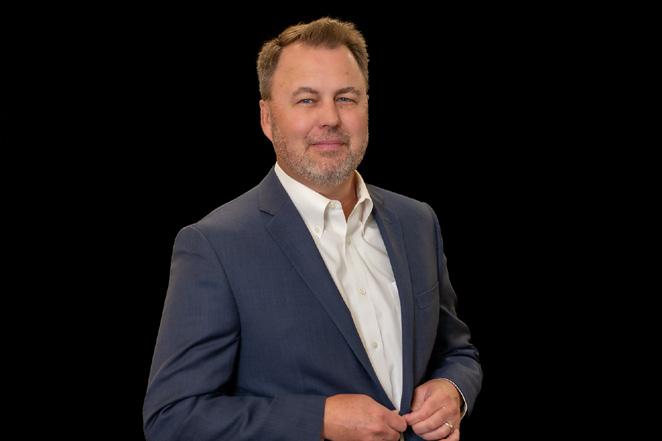
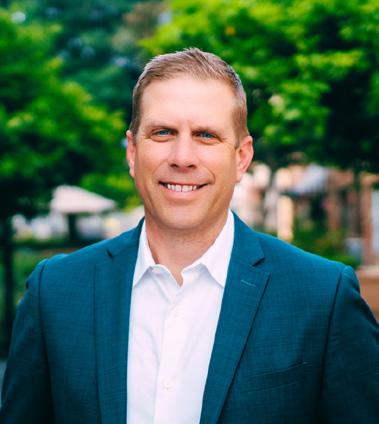

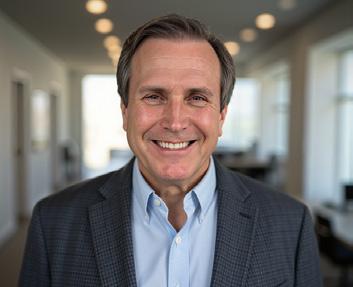
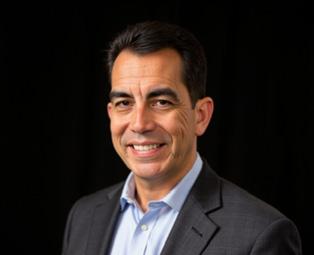



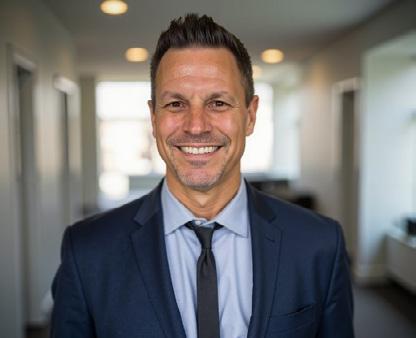
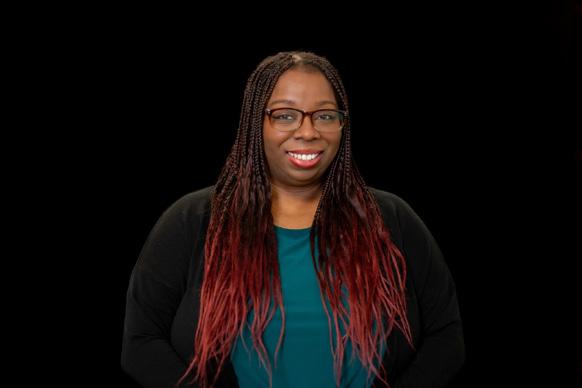
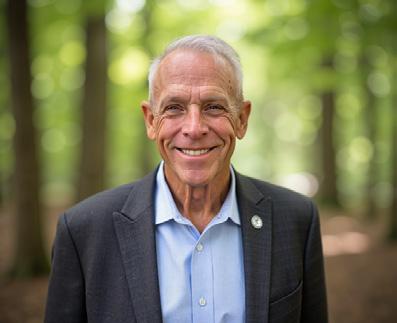

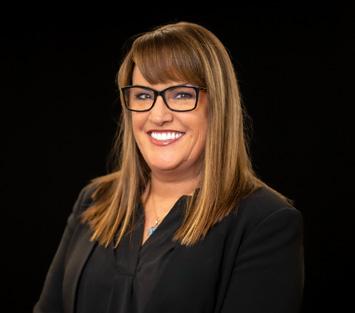

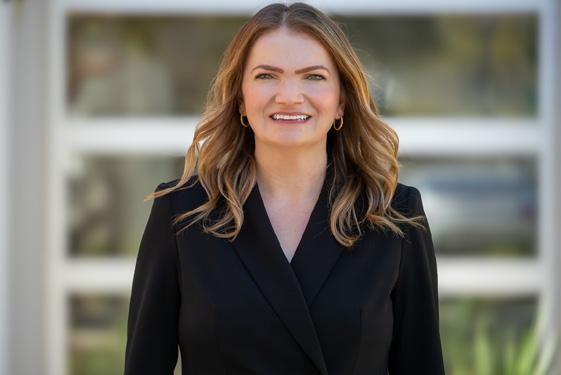



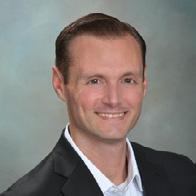

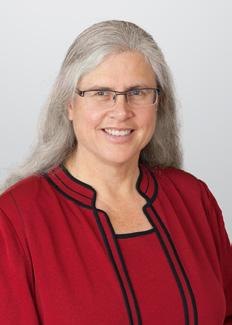
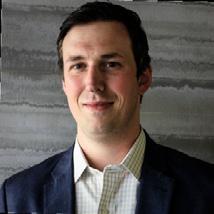
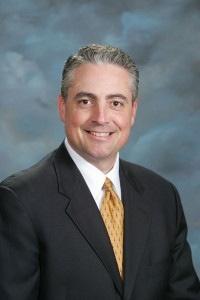
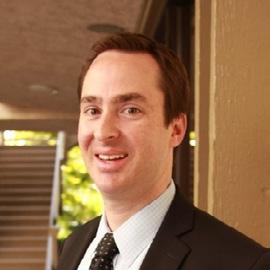
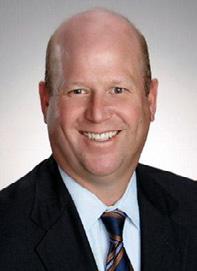
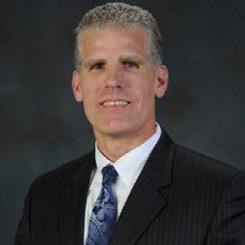

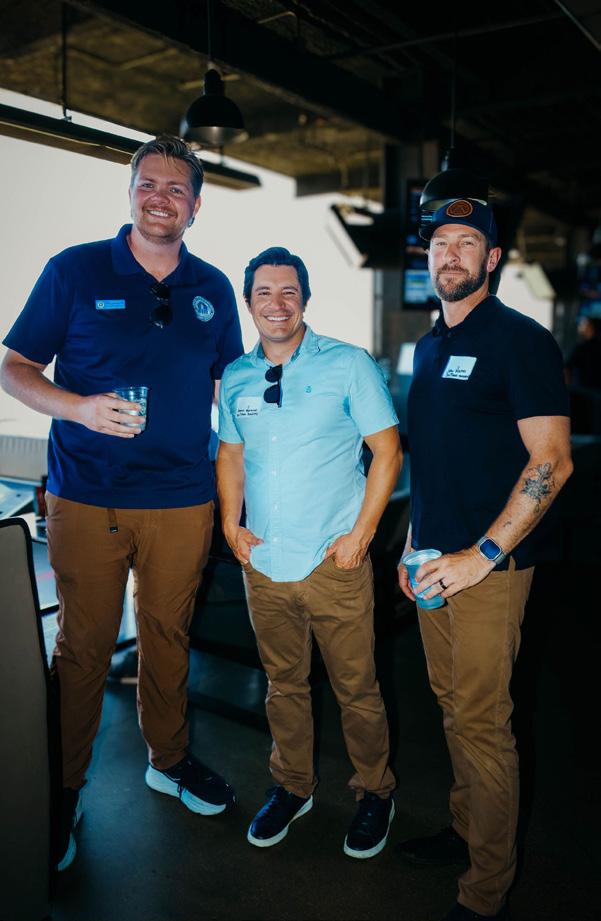
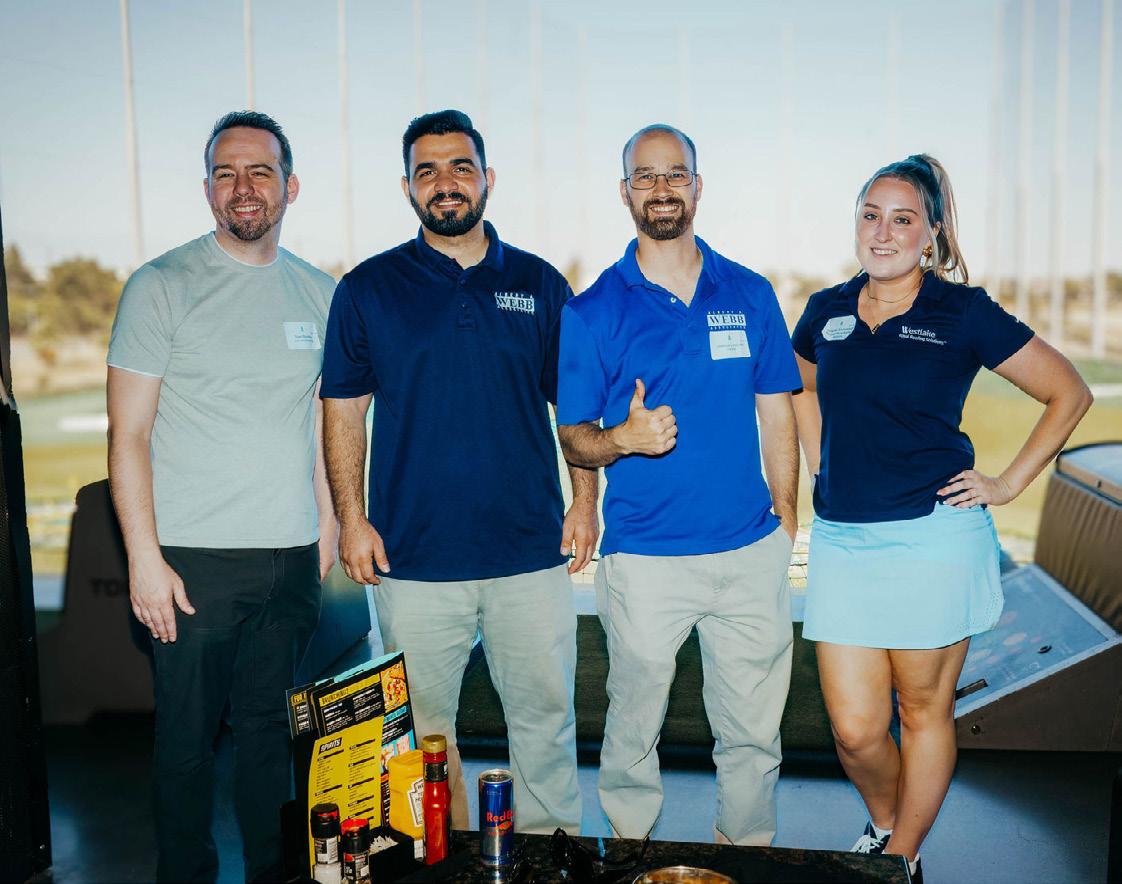


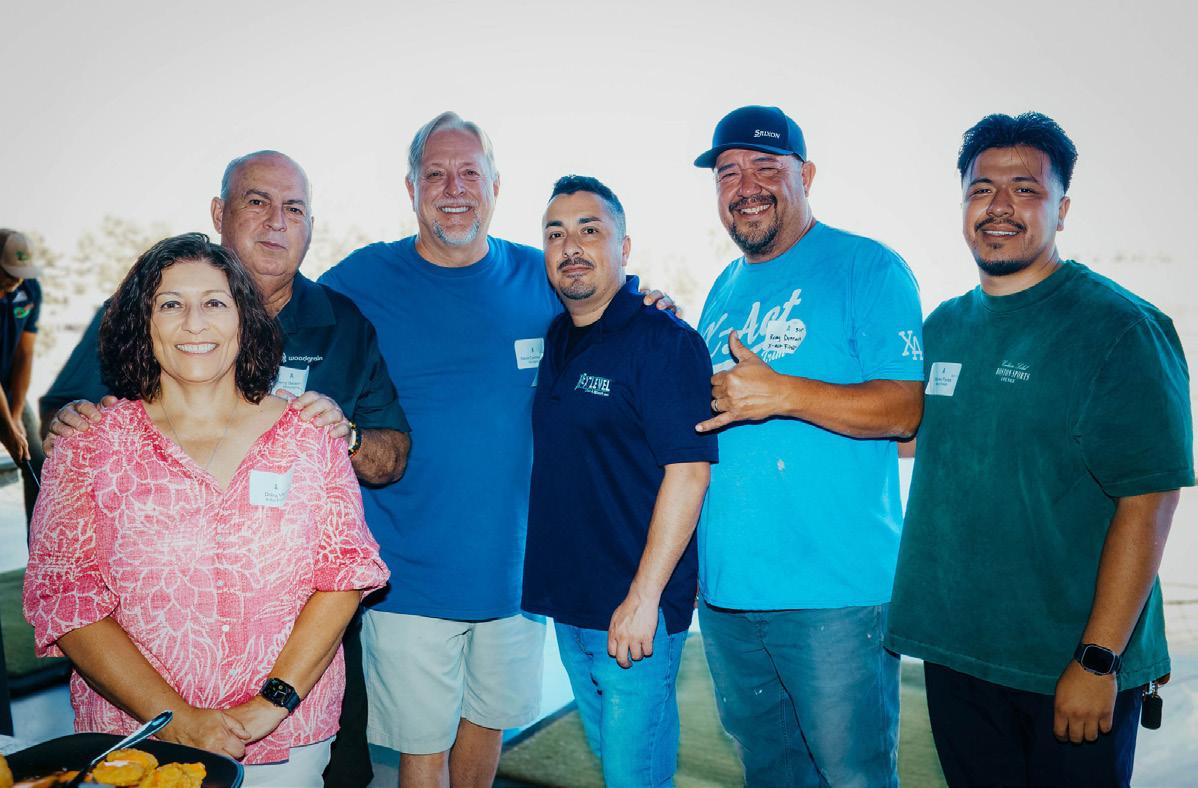
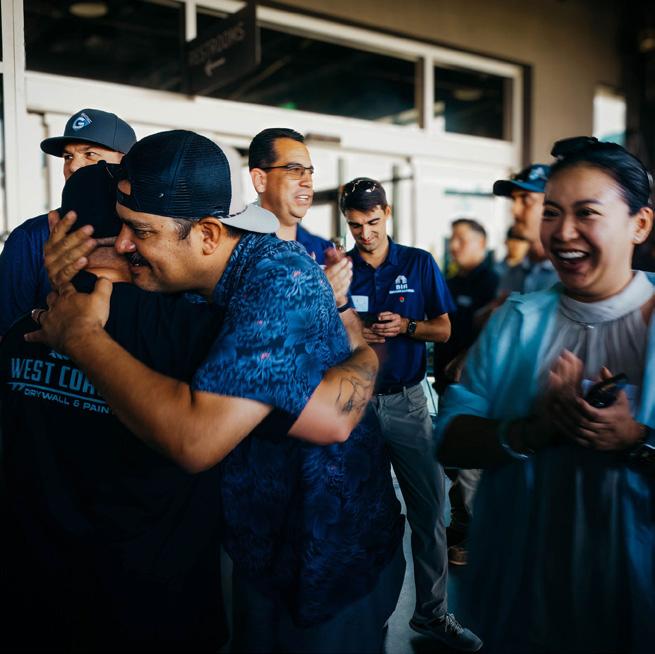
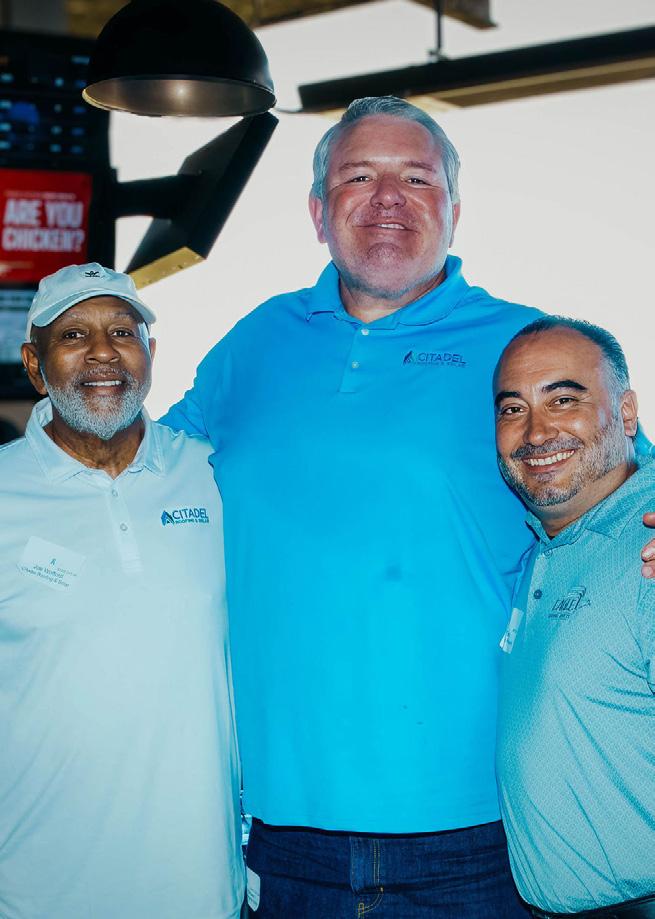
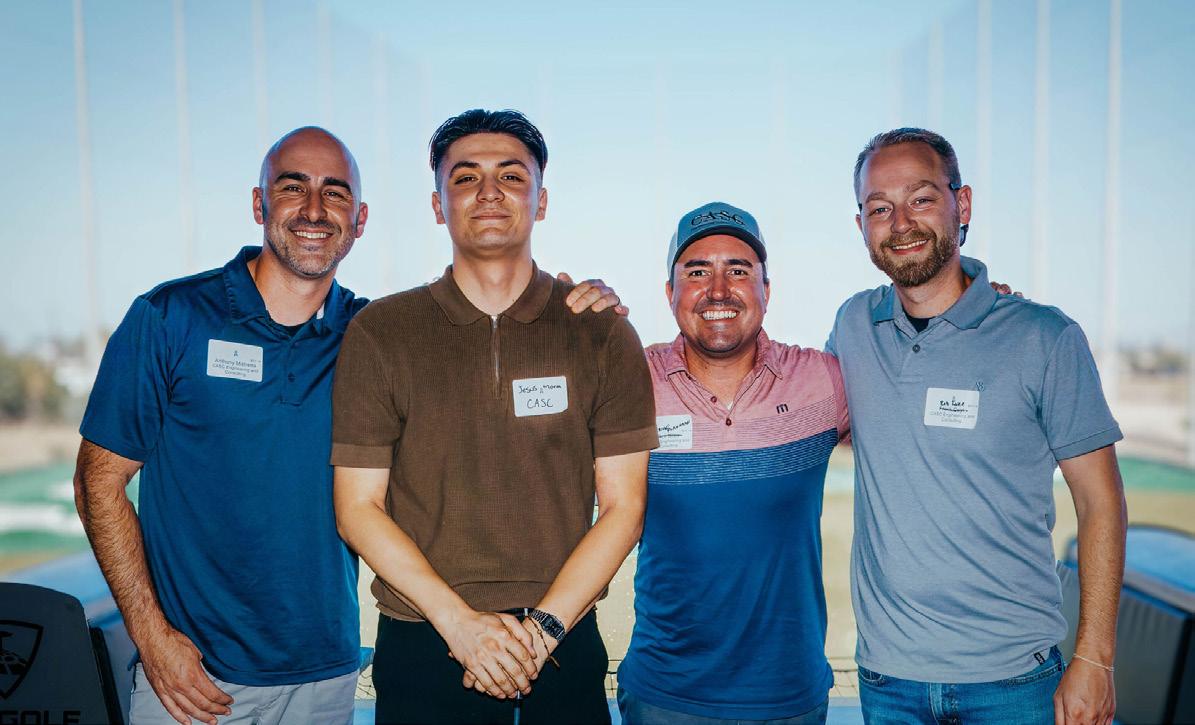
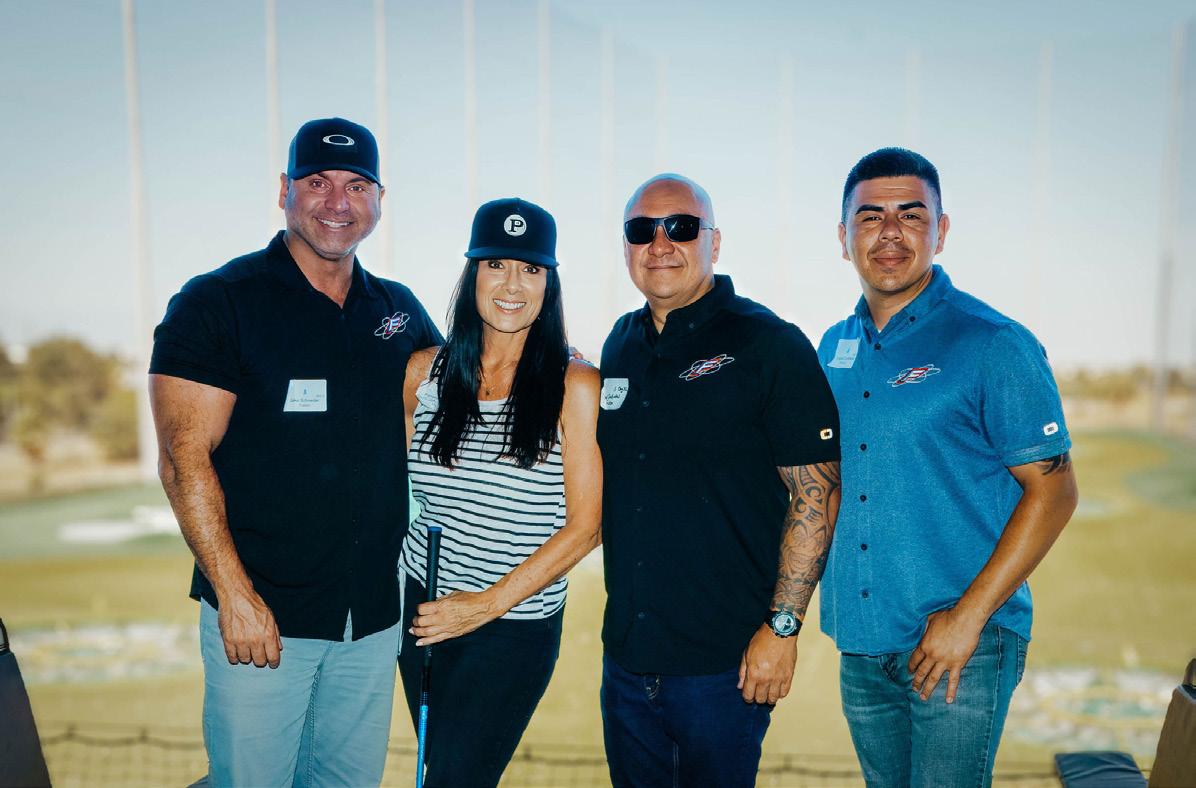
Thursday, July 17, 2025
7:30am - 10:00am
150 Progress, Suite 150, Irvine, CA 92618
Serving Breakfast Sandwiches & Beverages MEET
Join us for an insightful panel discussion exploring the critical lessons learned from the recent Los Angeles fires and how these lessons are shaping the future of 55+ housing communities. As wildfires become an increasing concern, particularly in California , this event brings together experts in architecture, emergency planning, community development , and senior living to discuss how we can better design, prepare, and build communities that protect and empower older adults.




